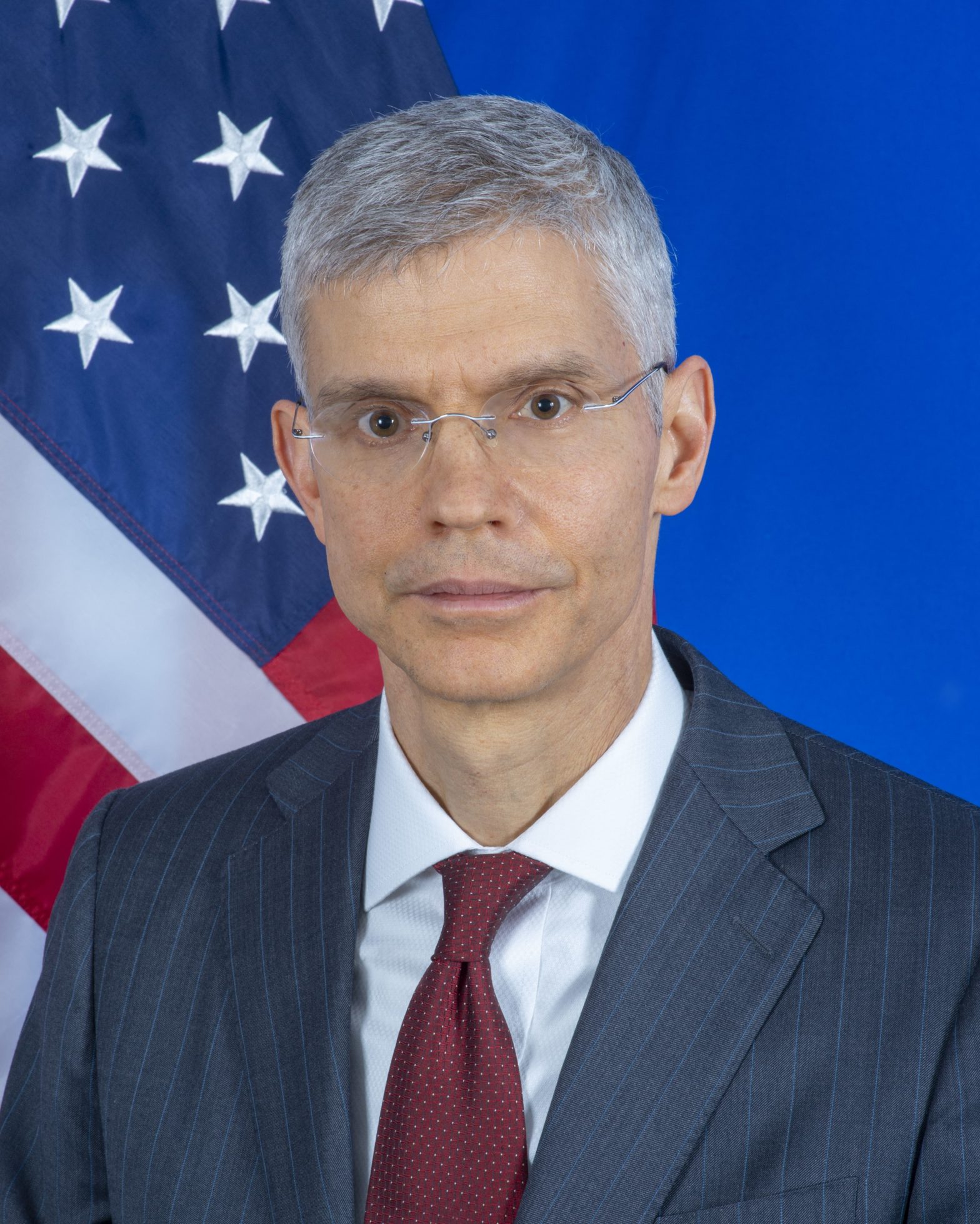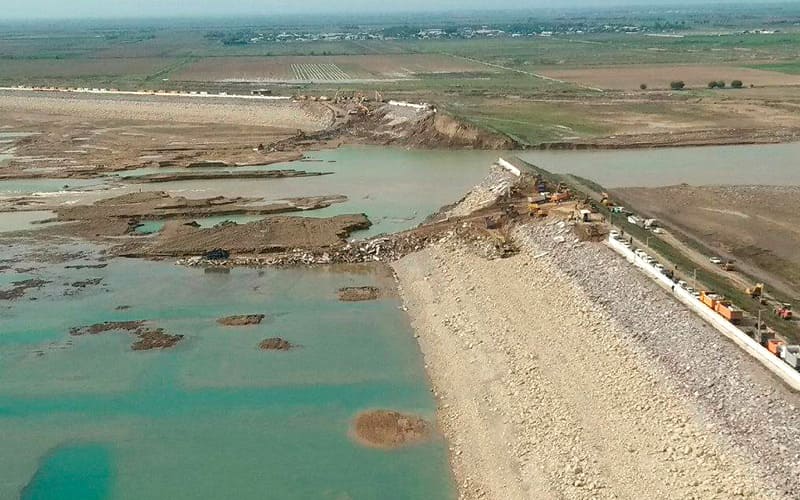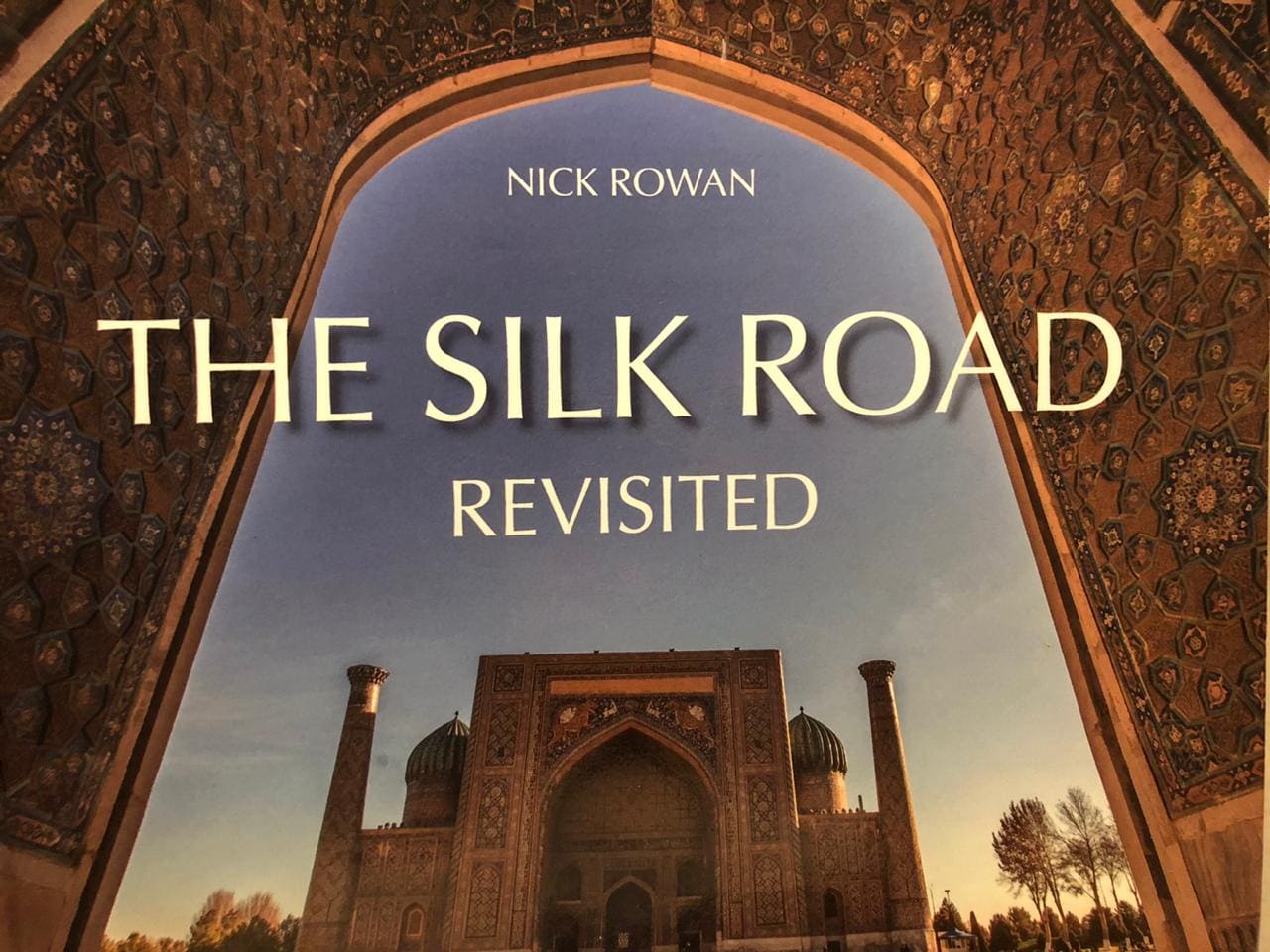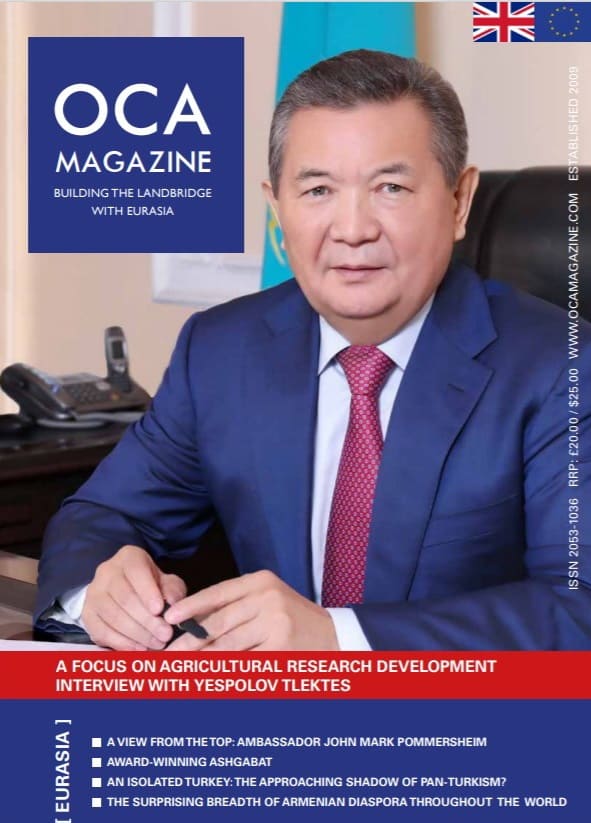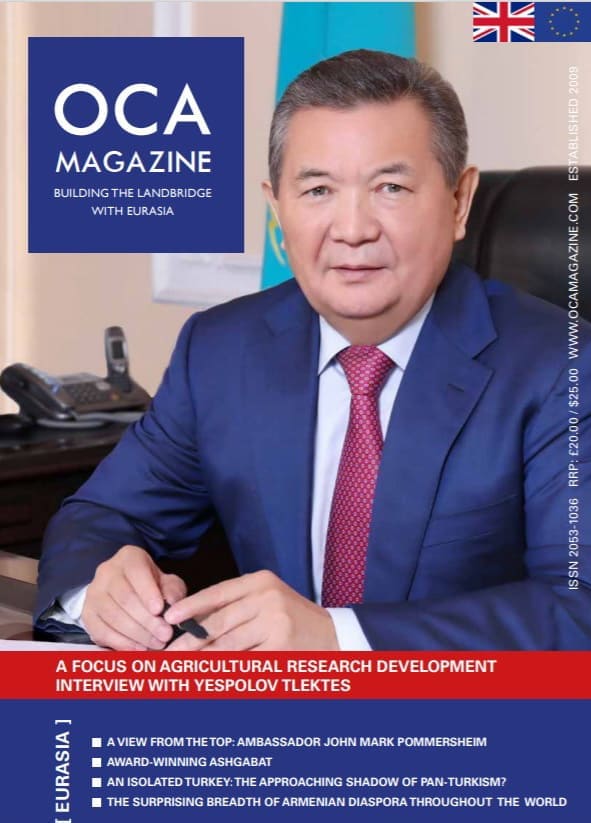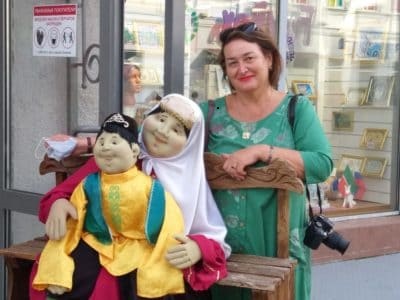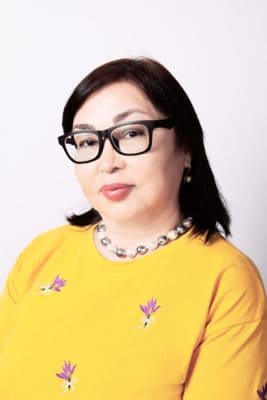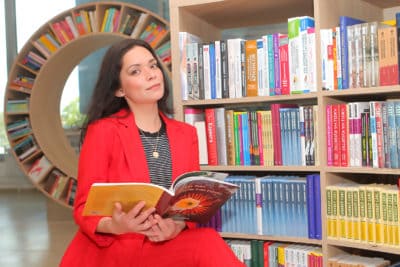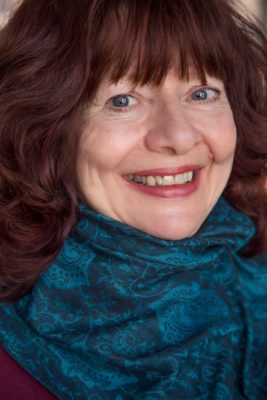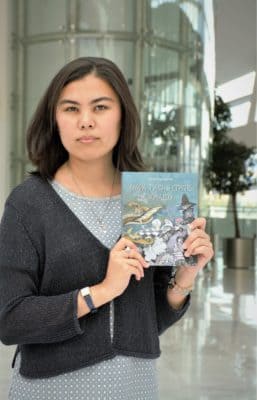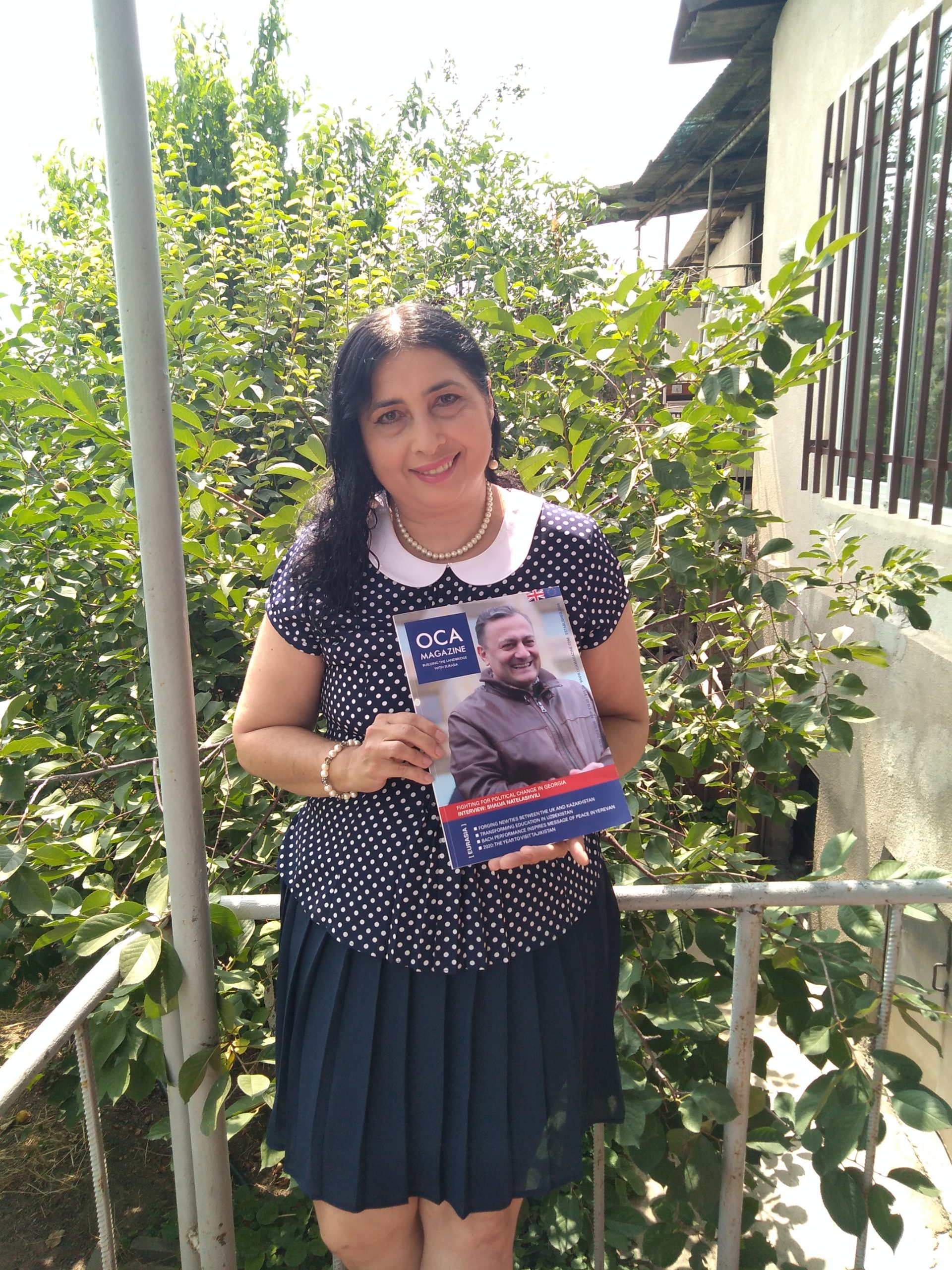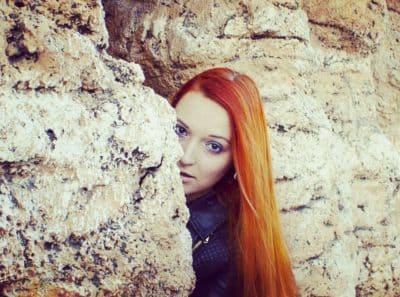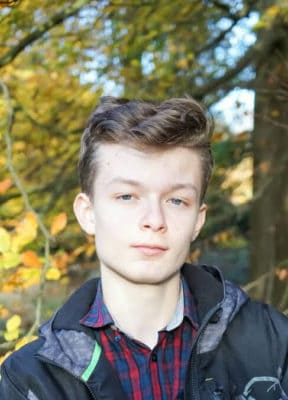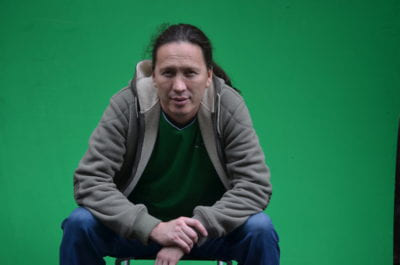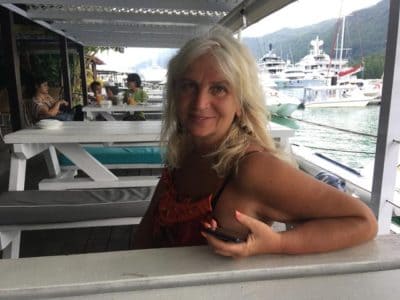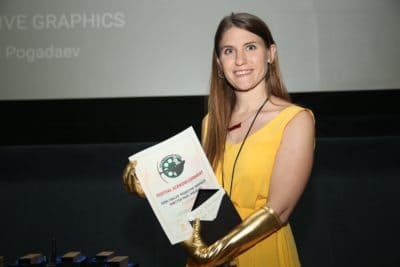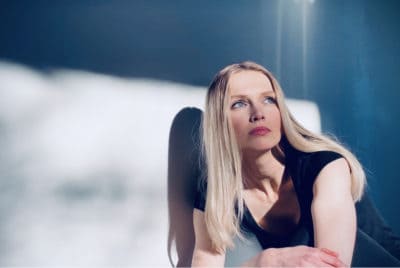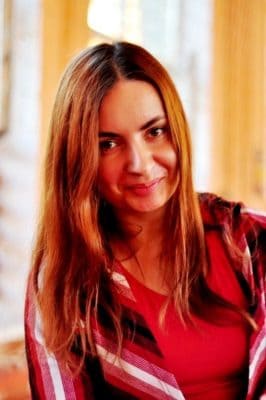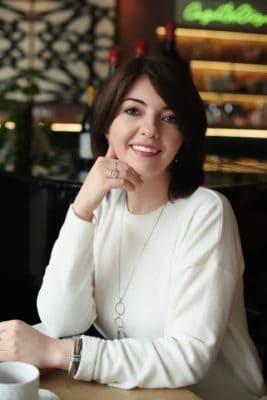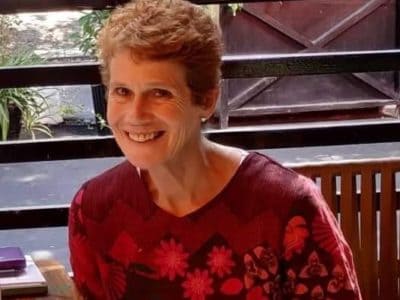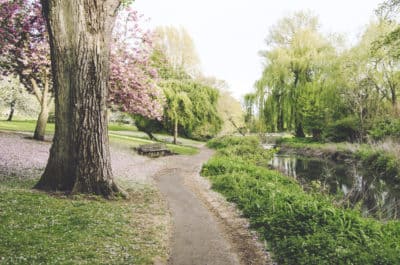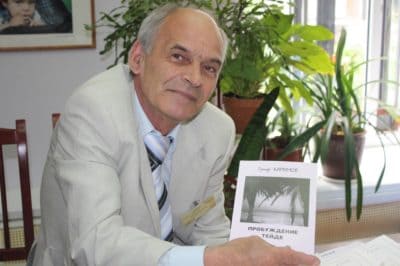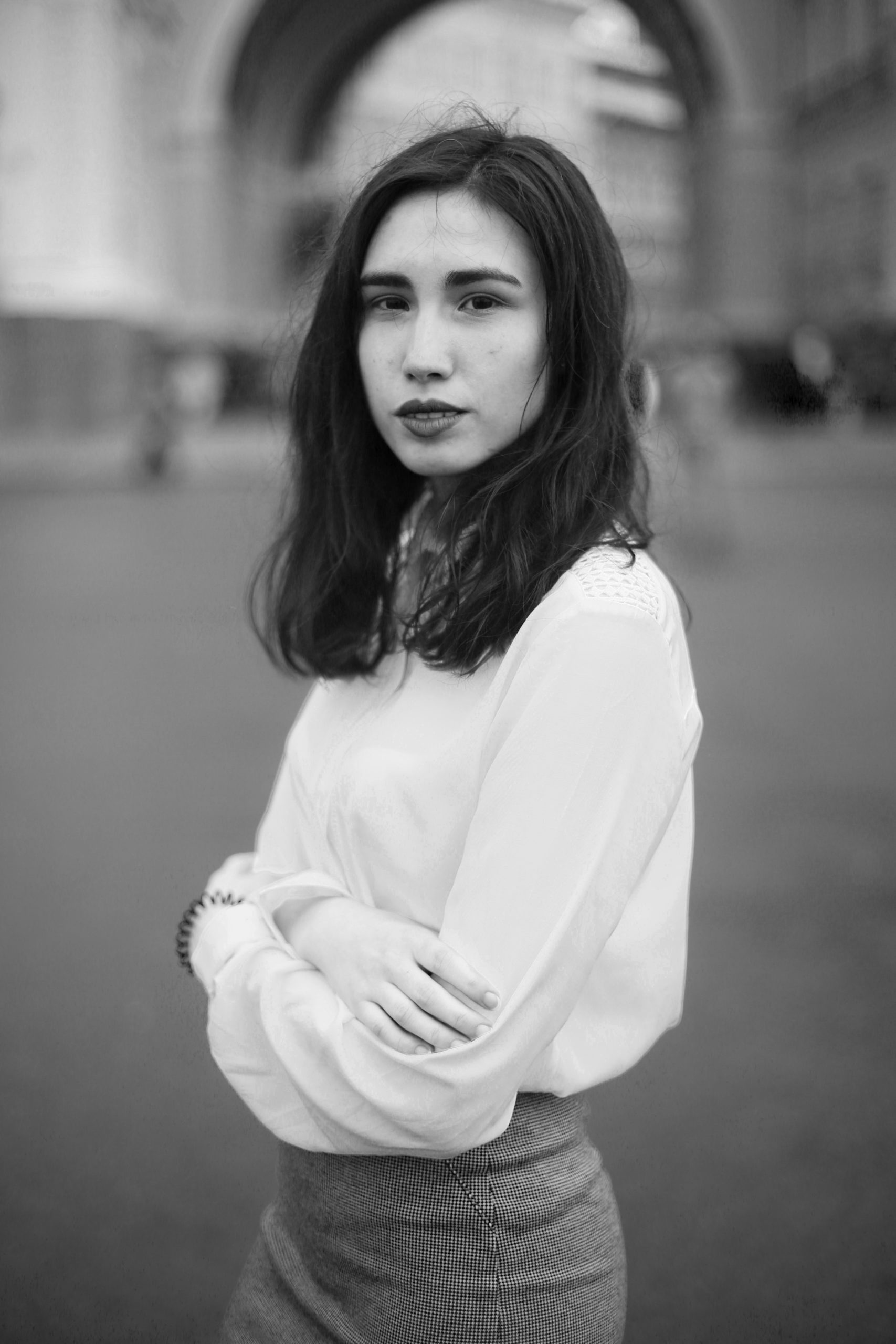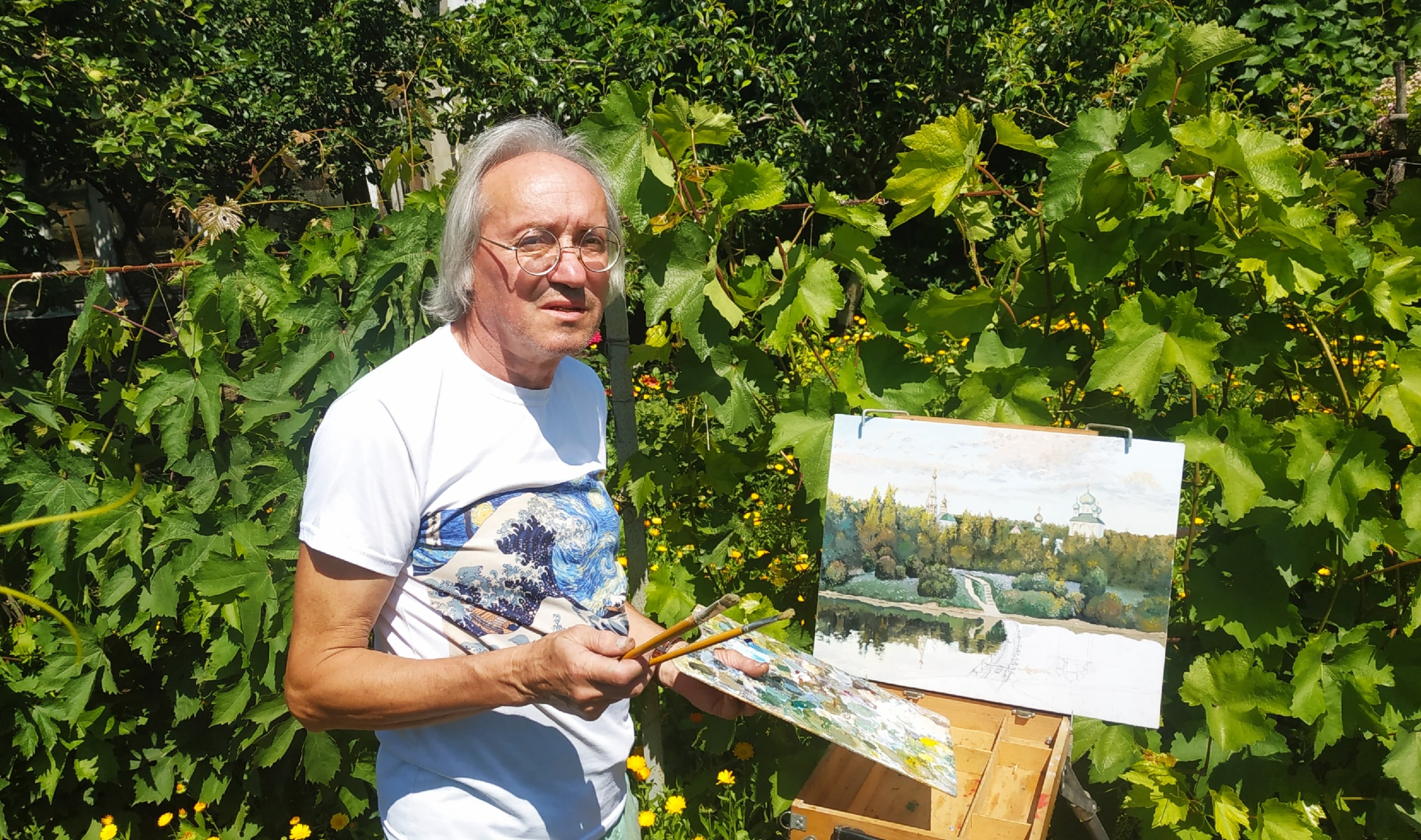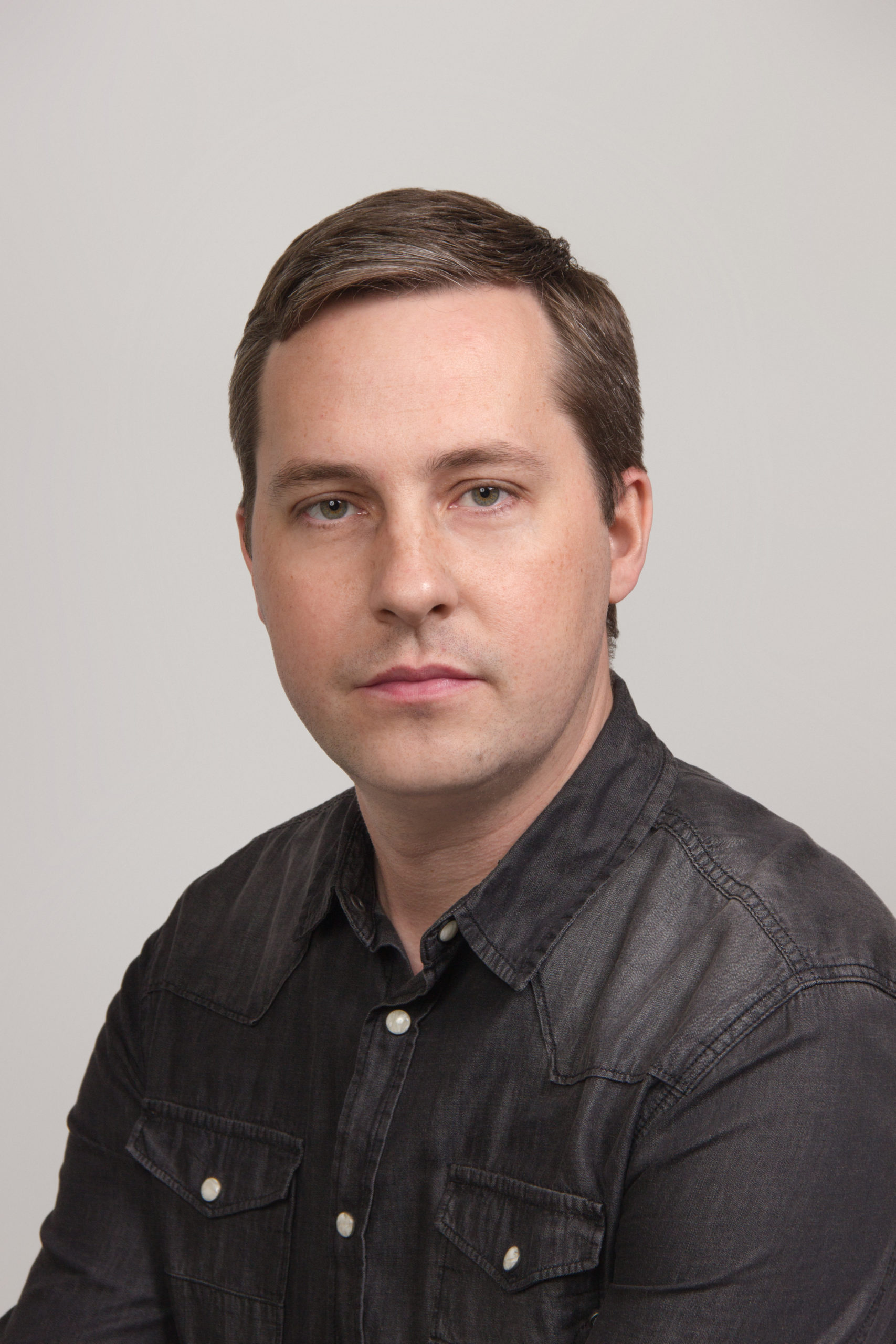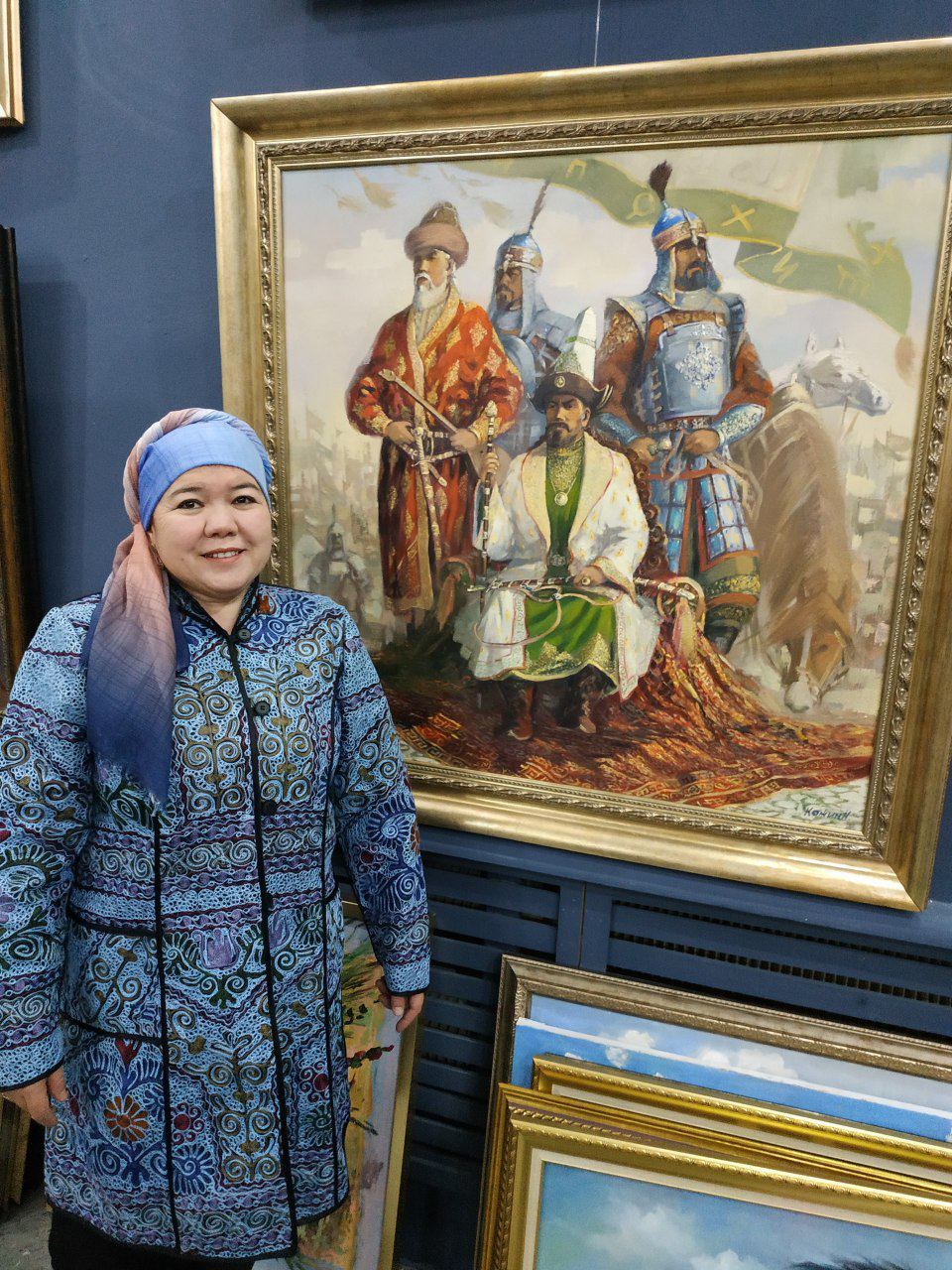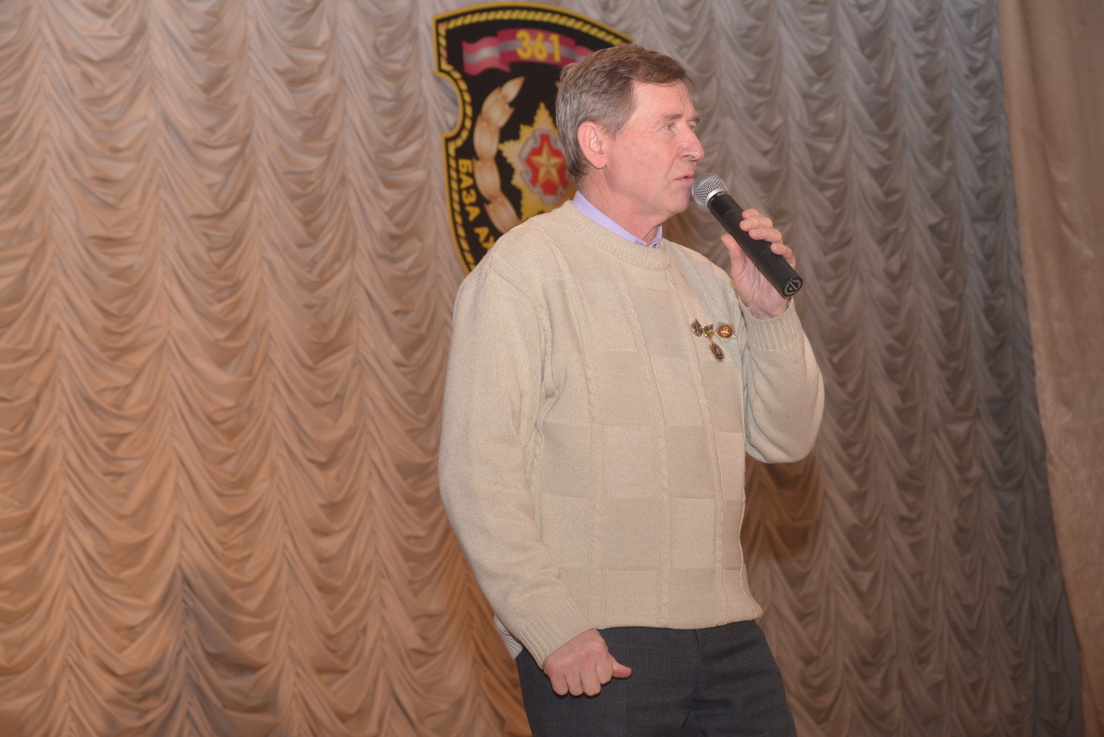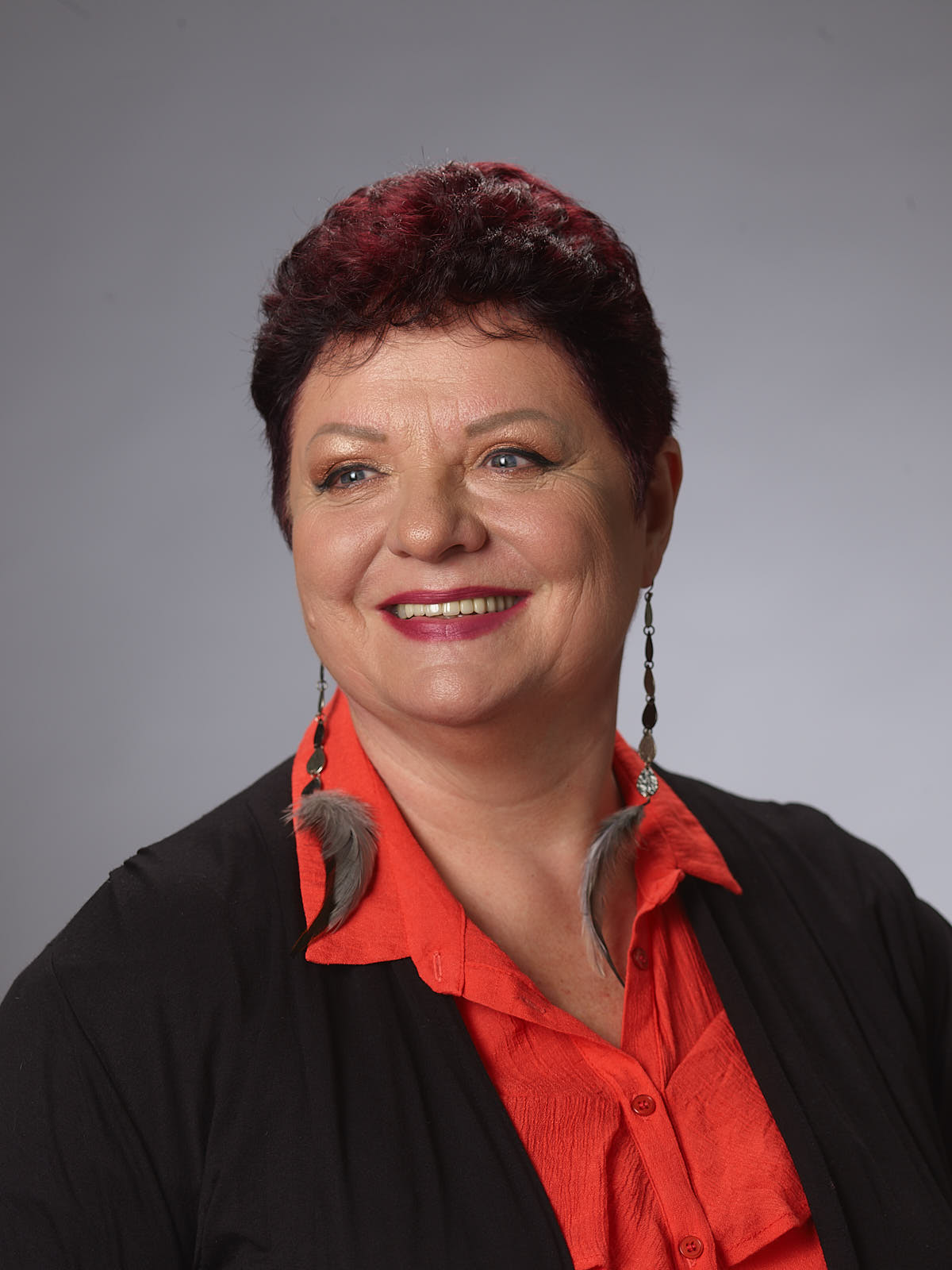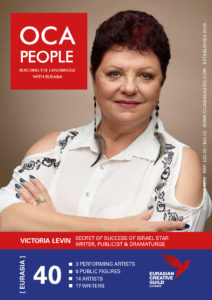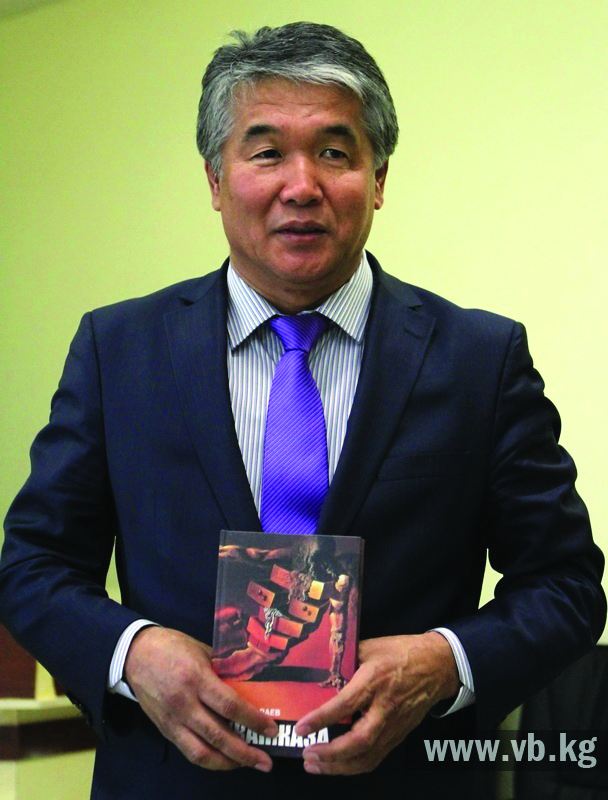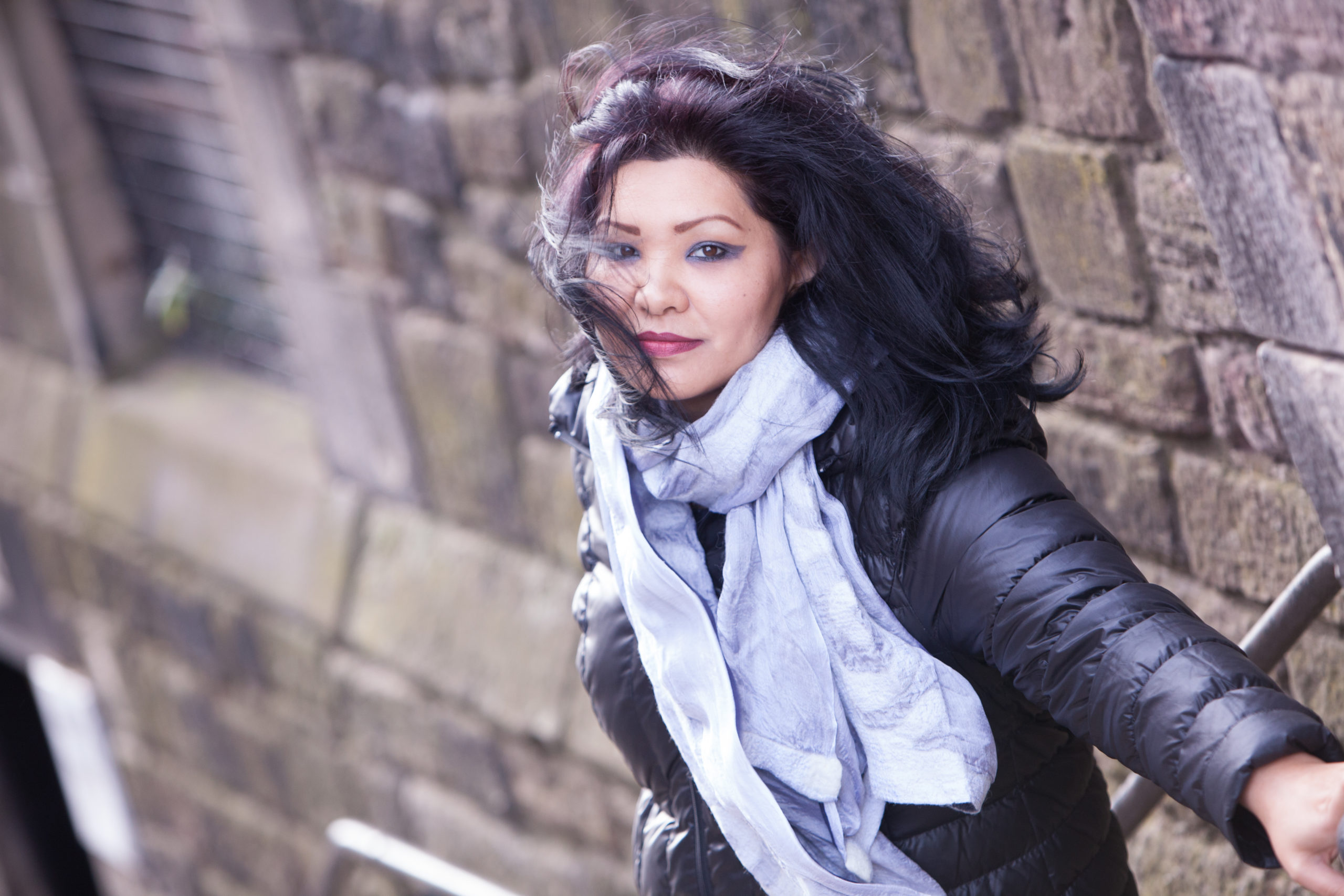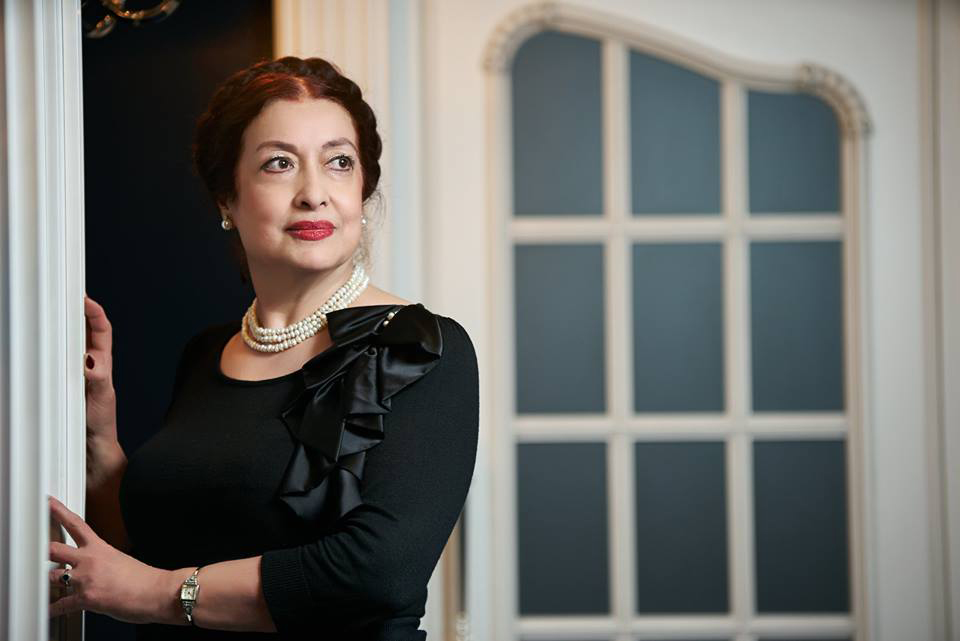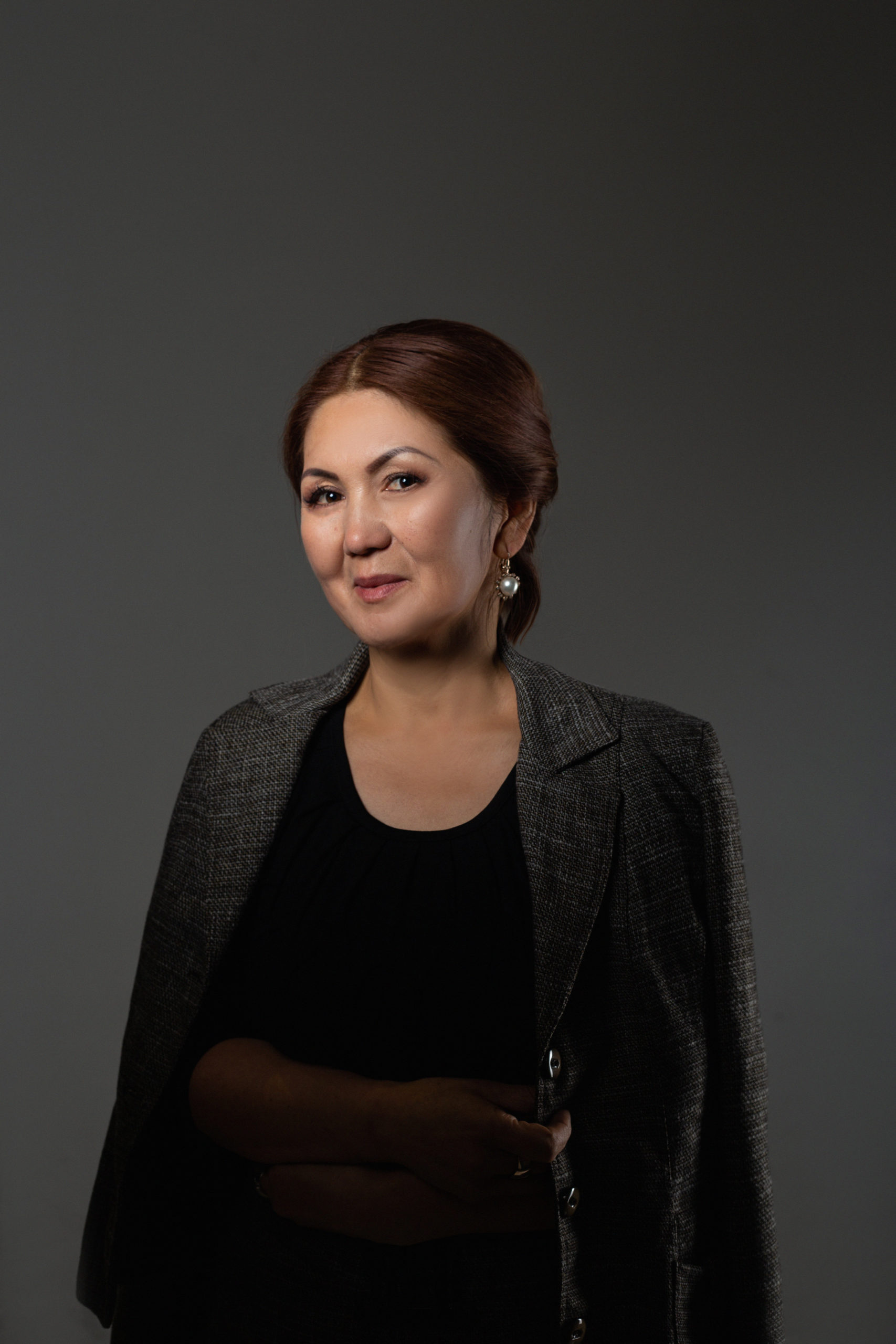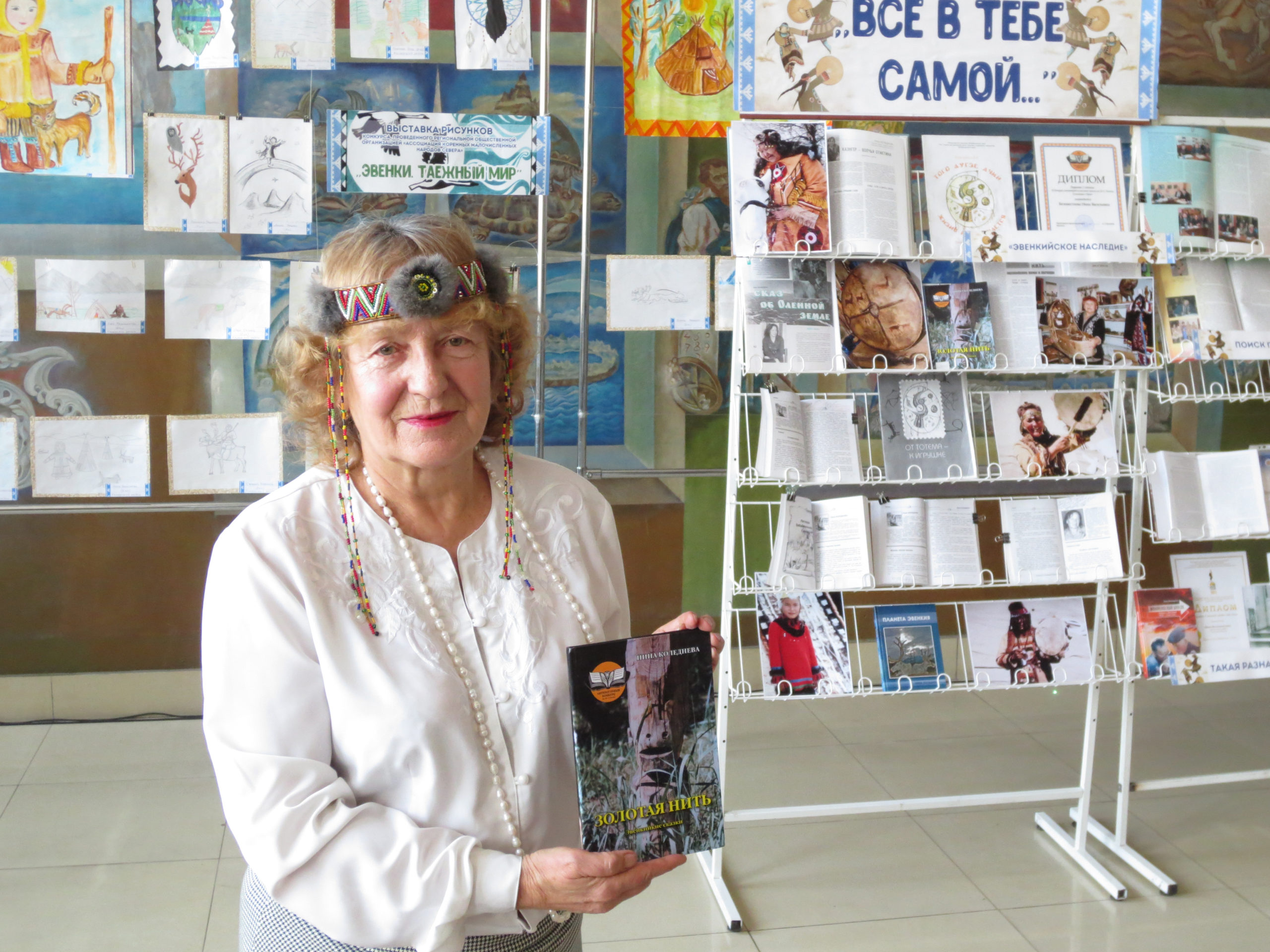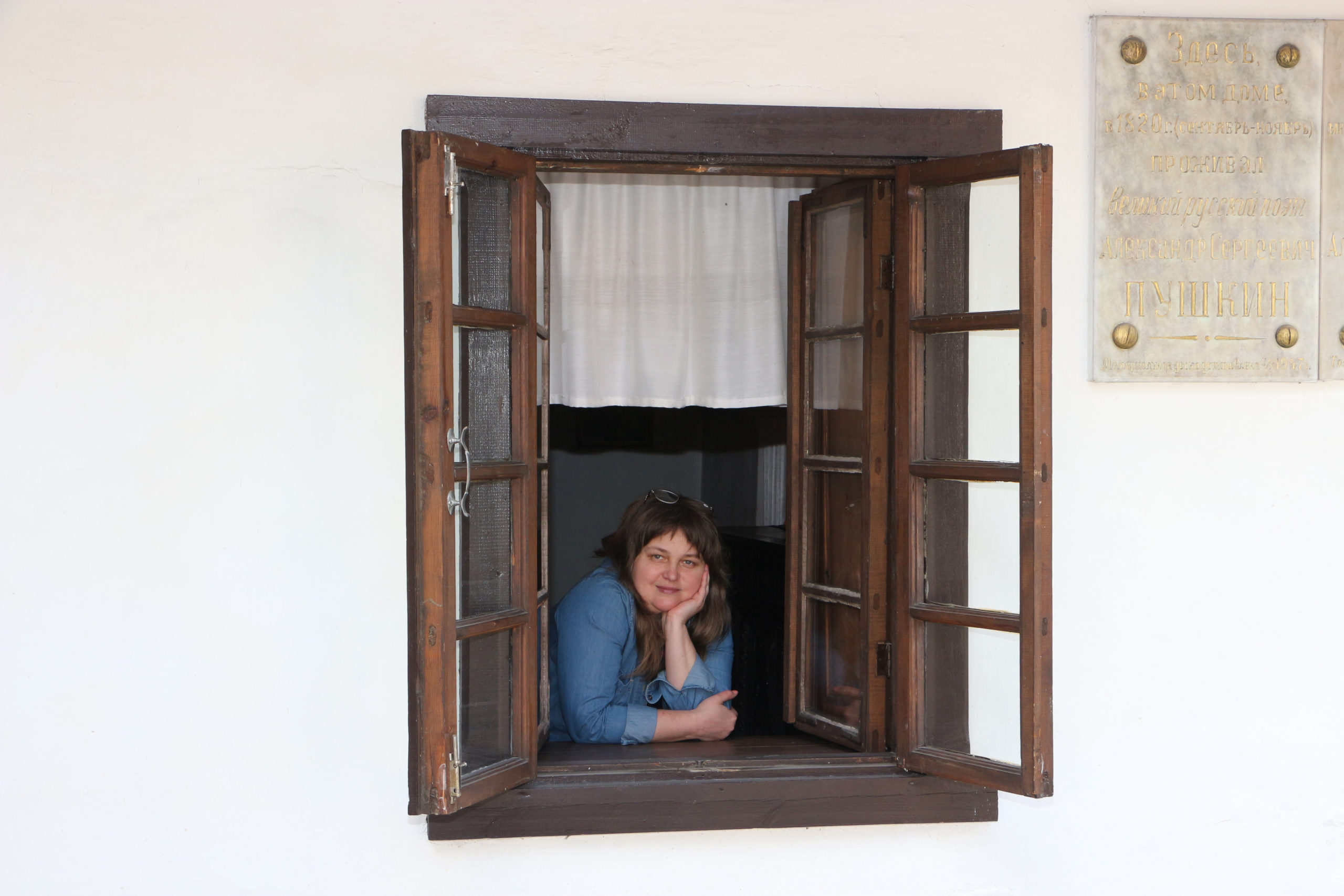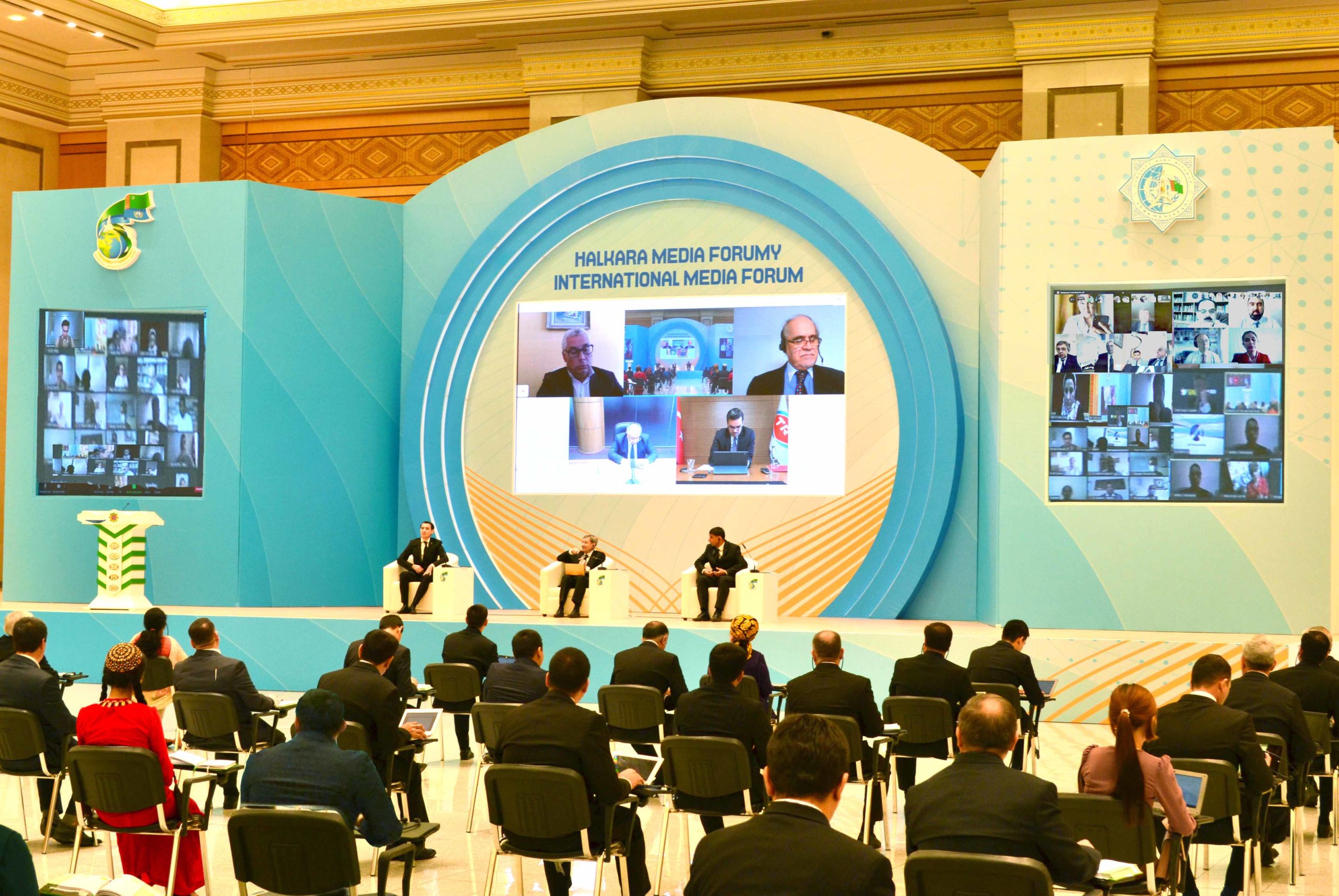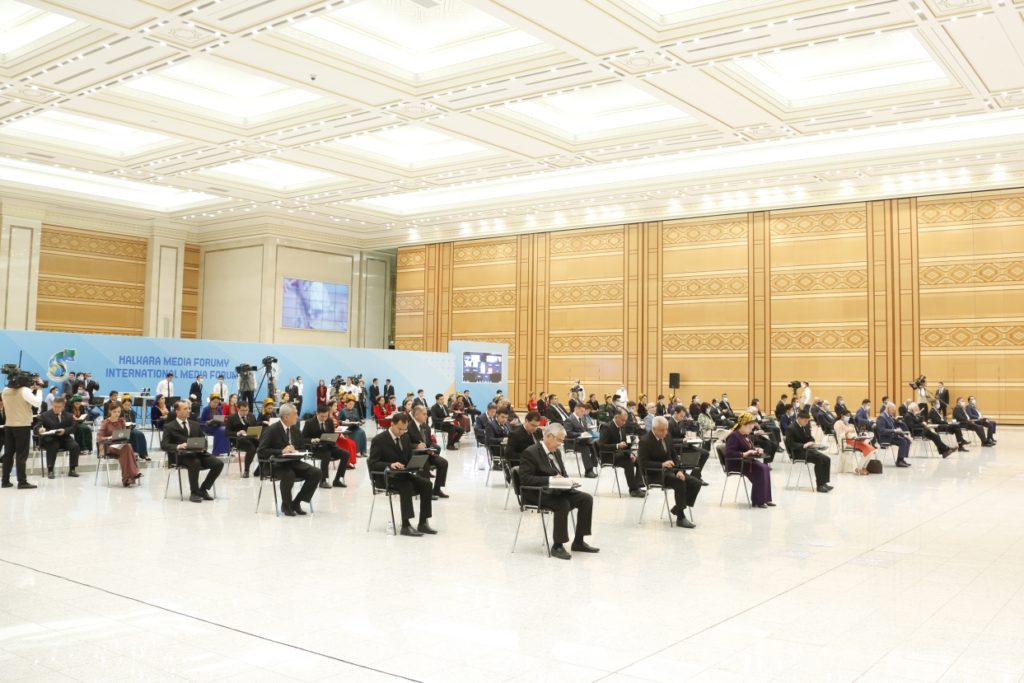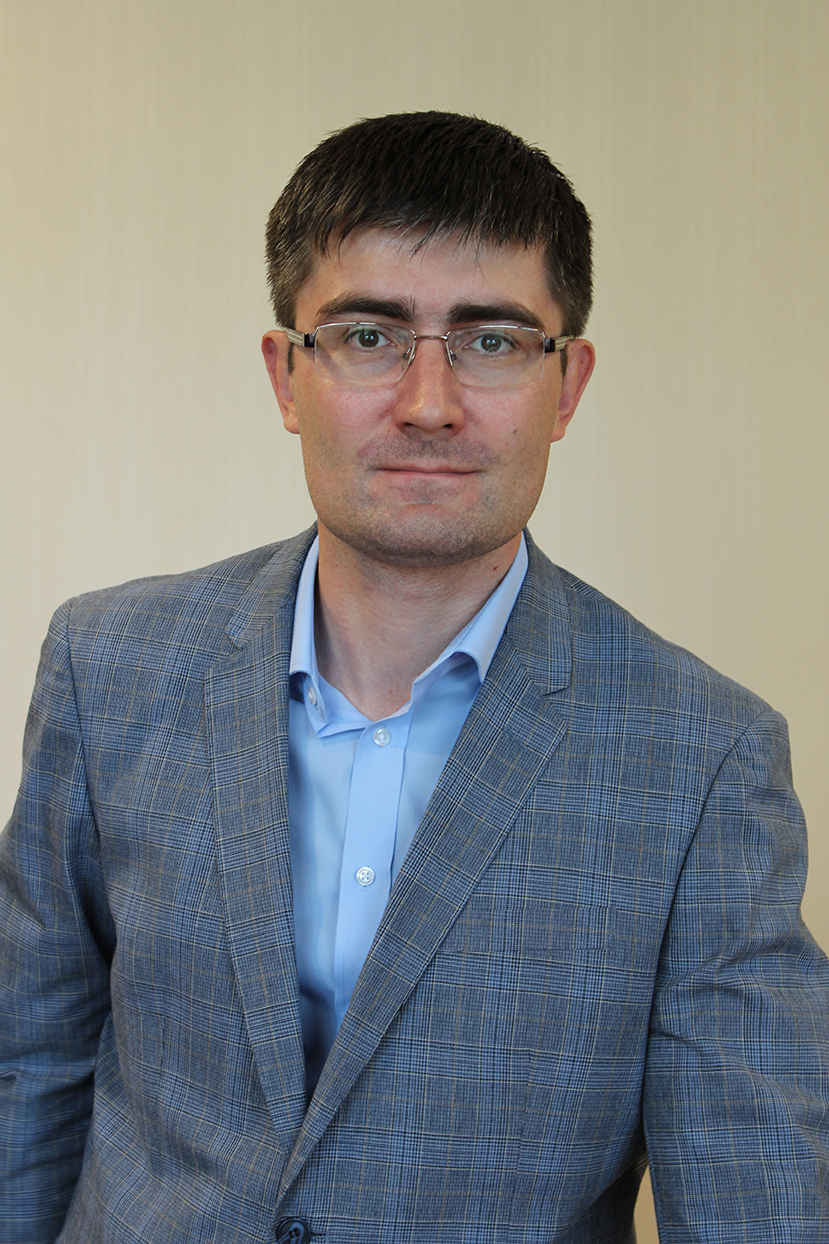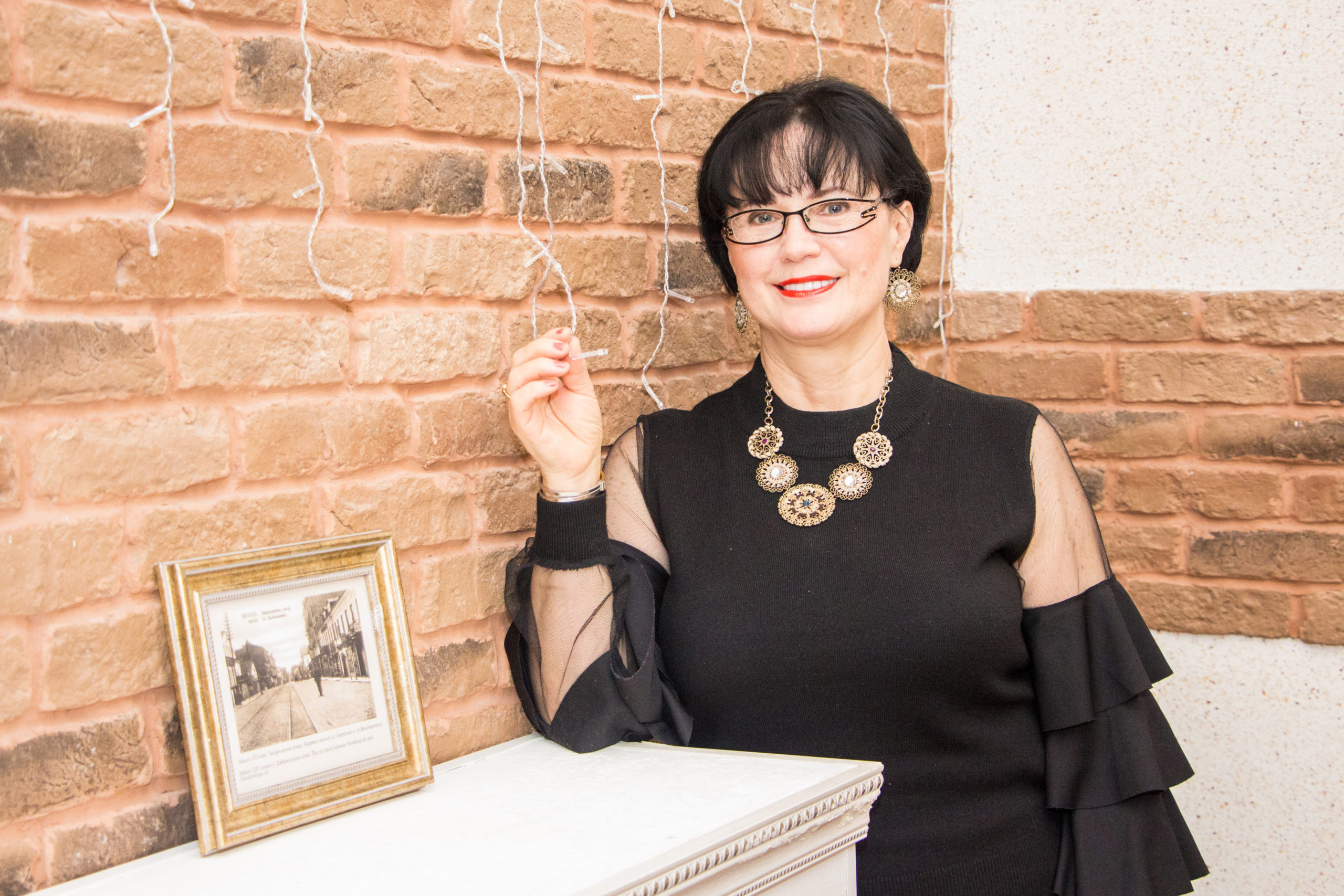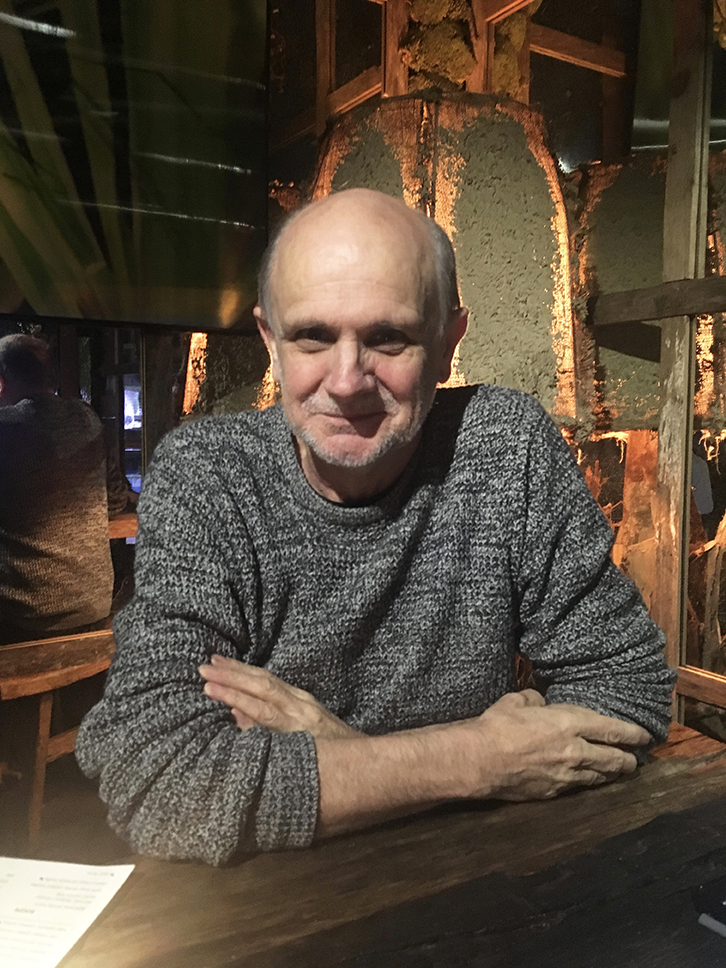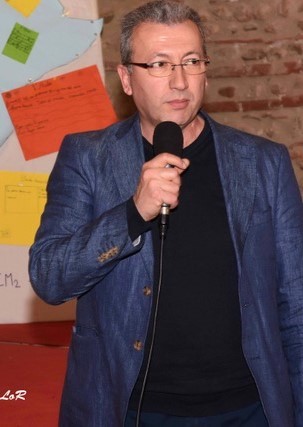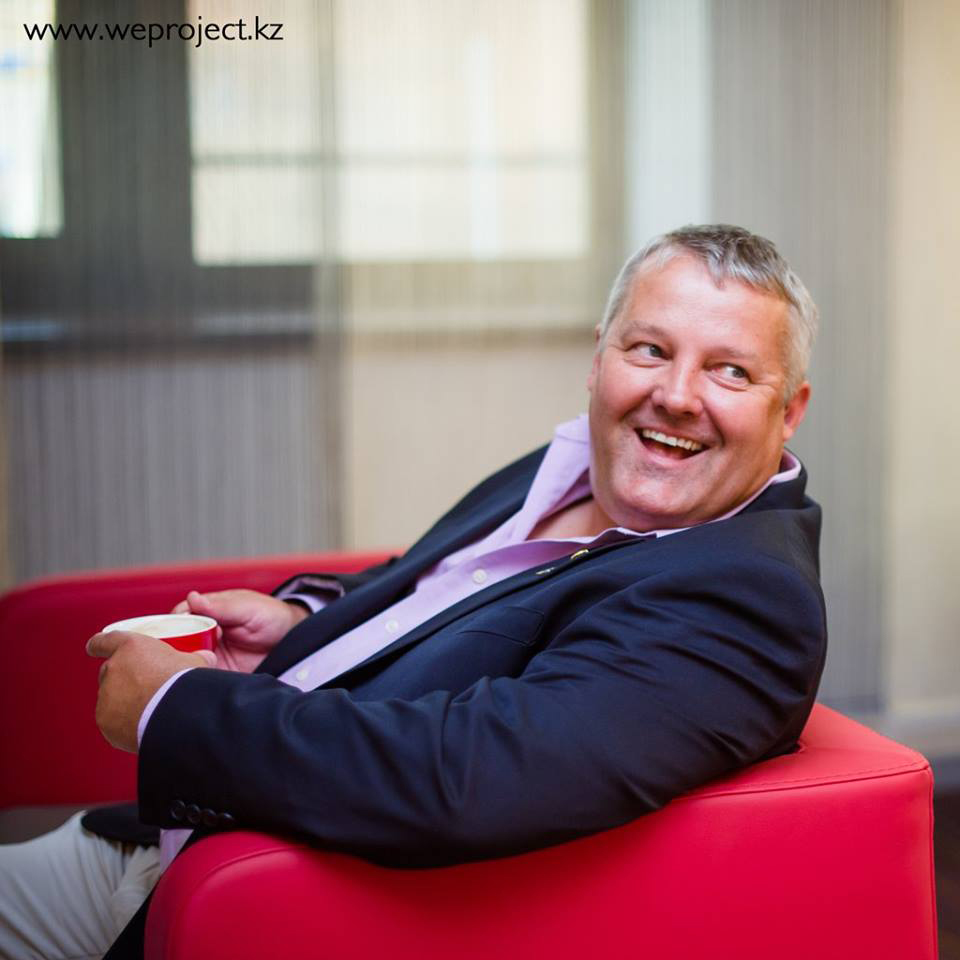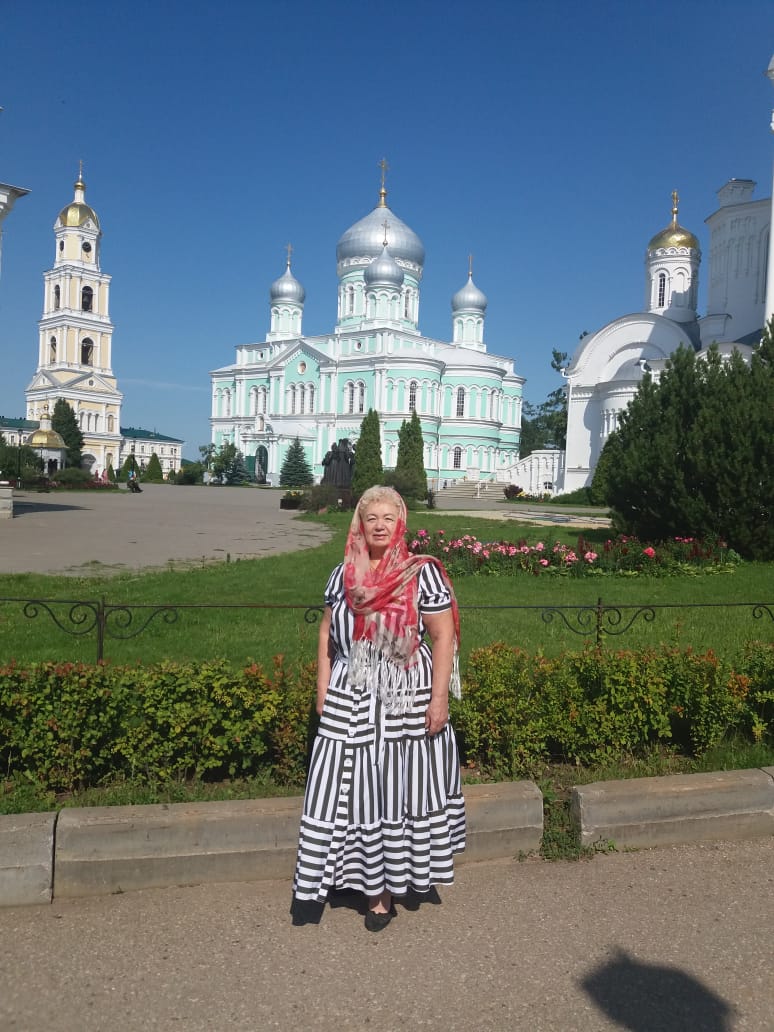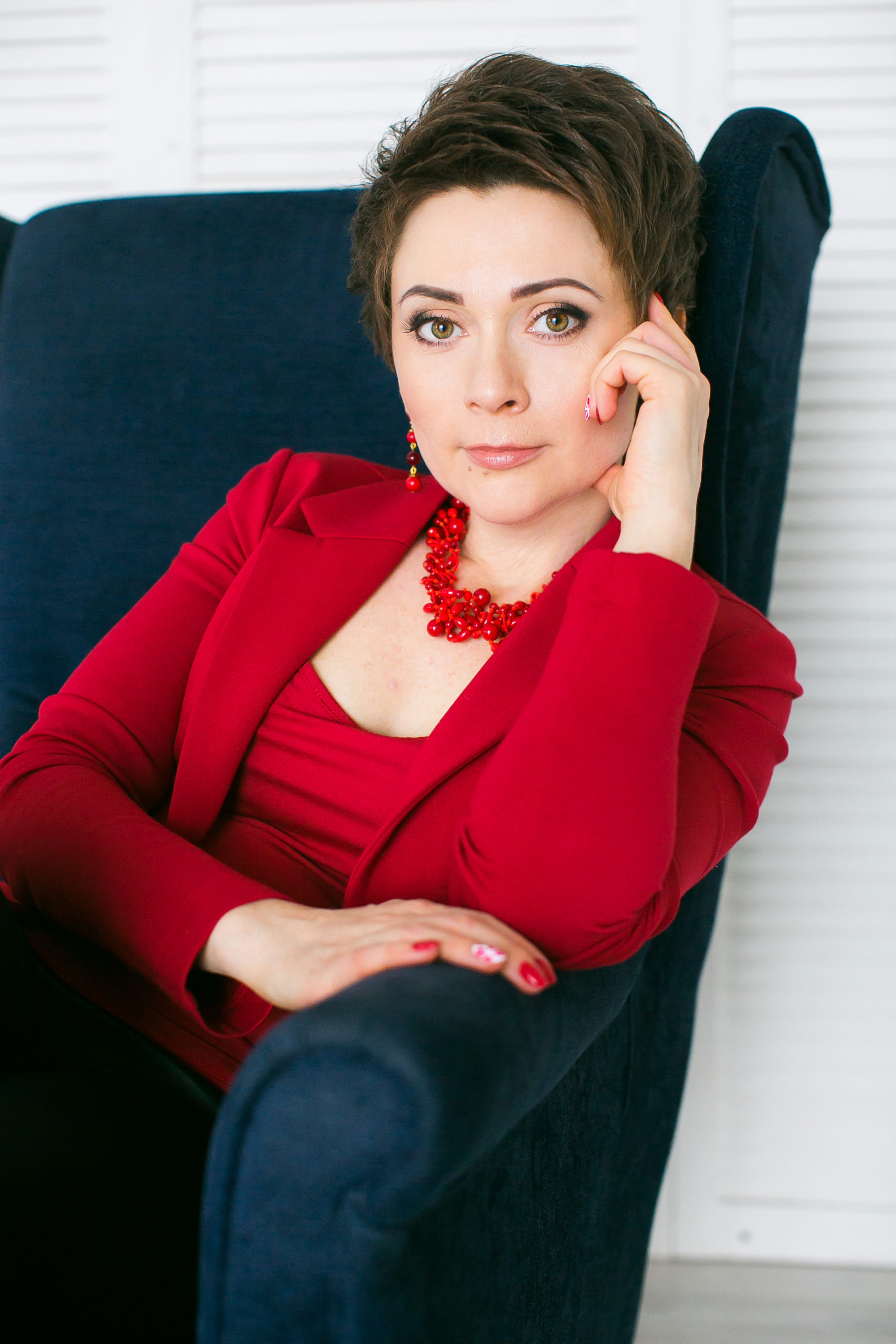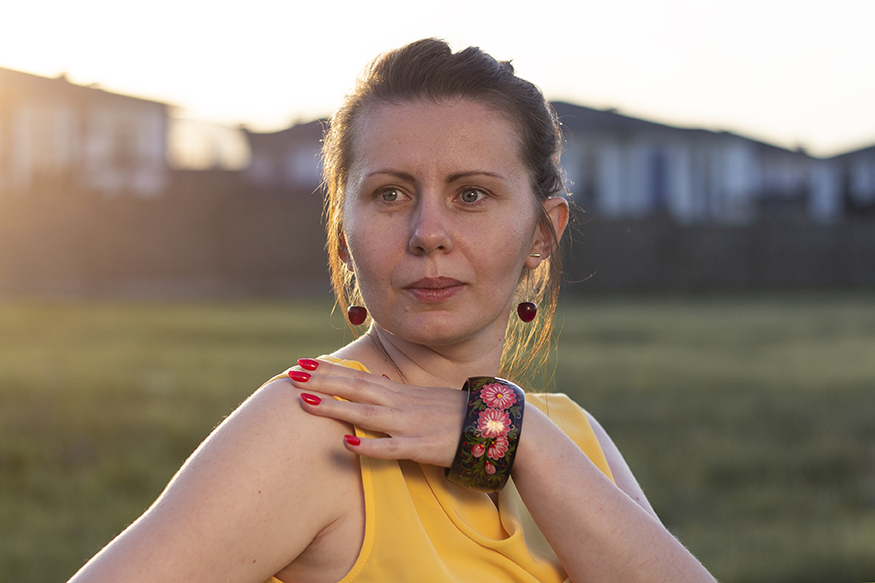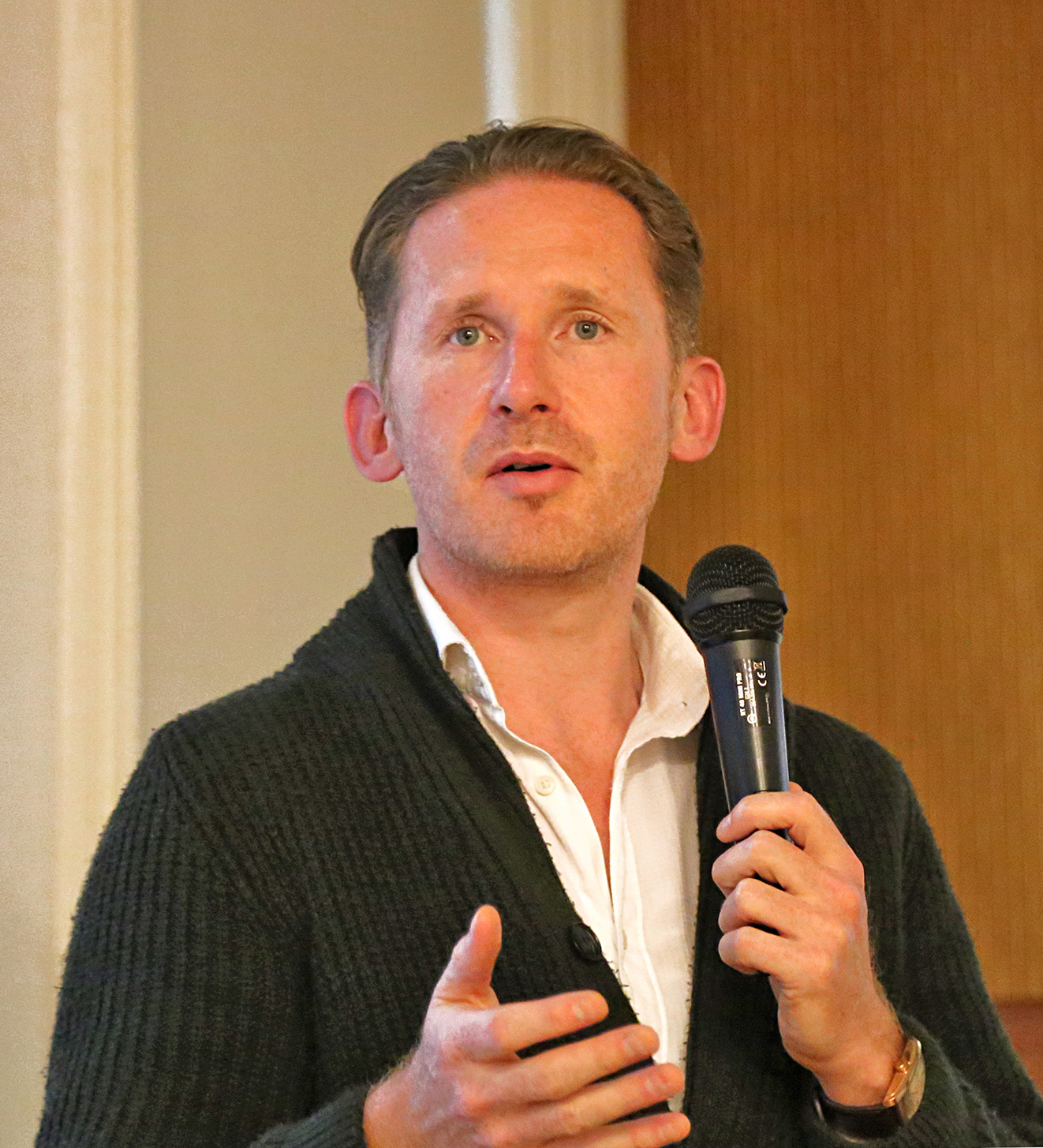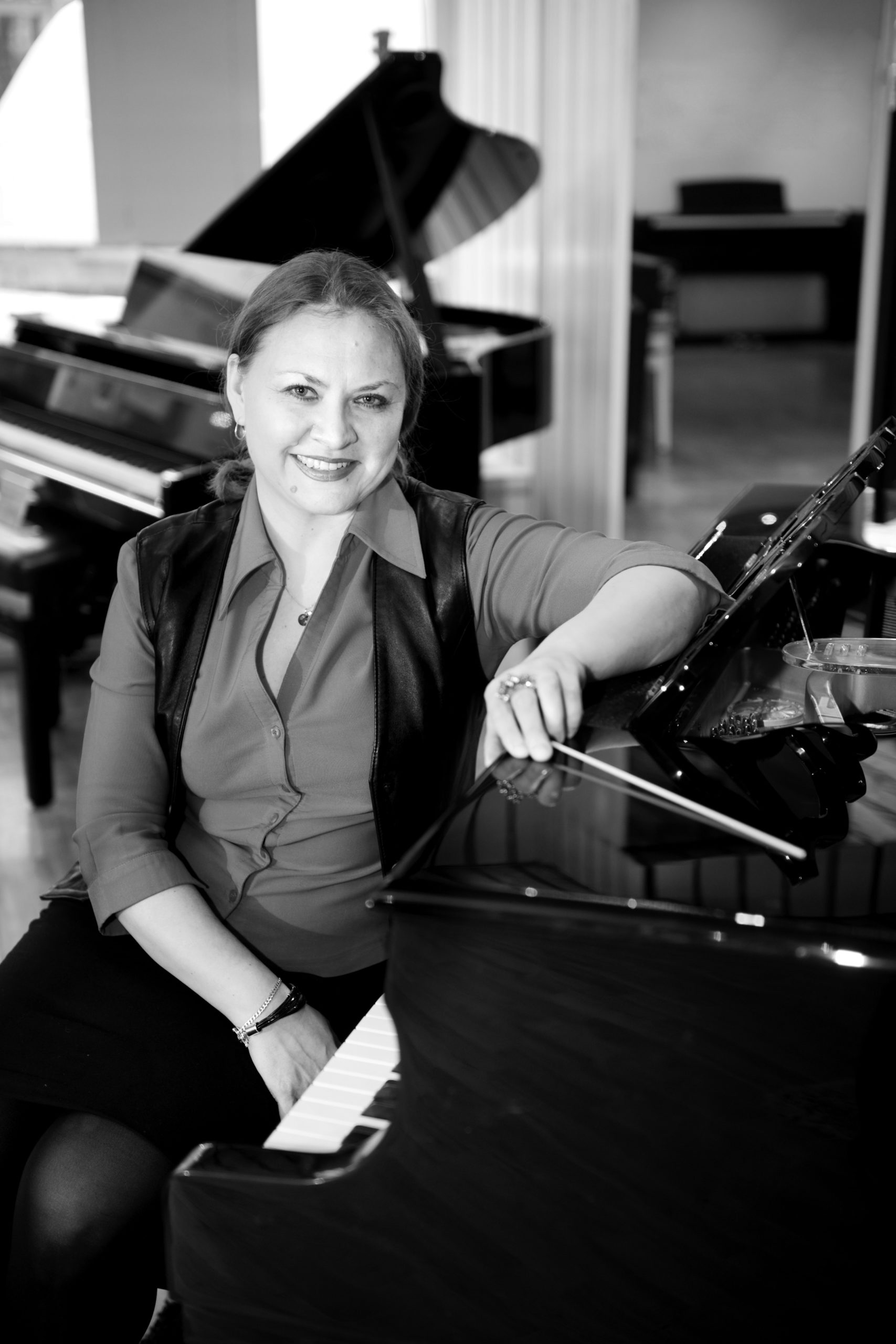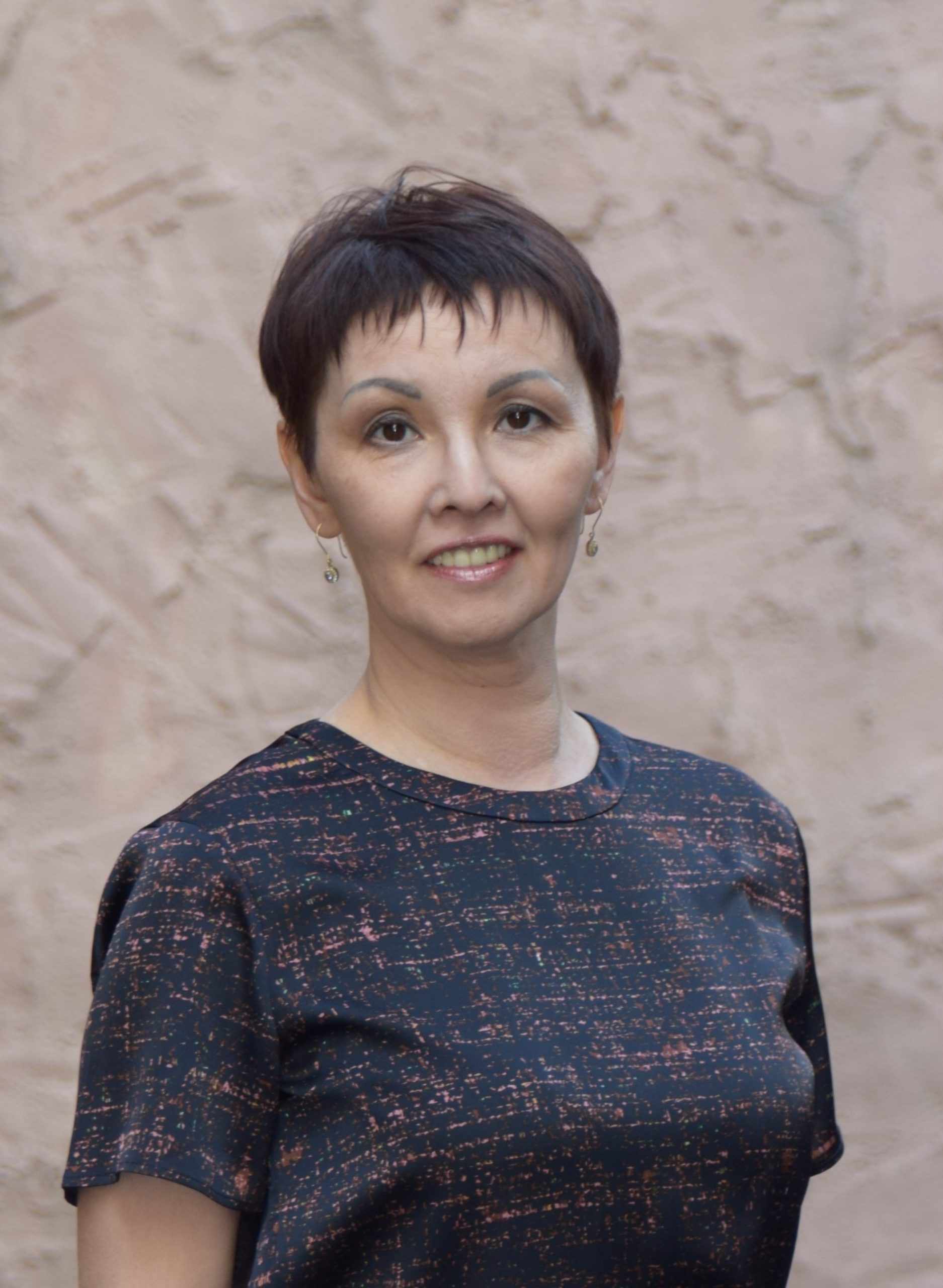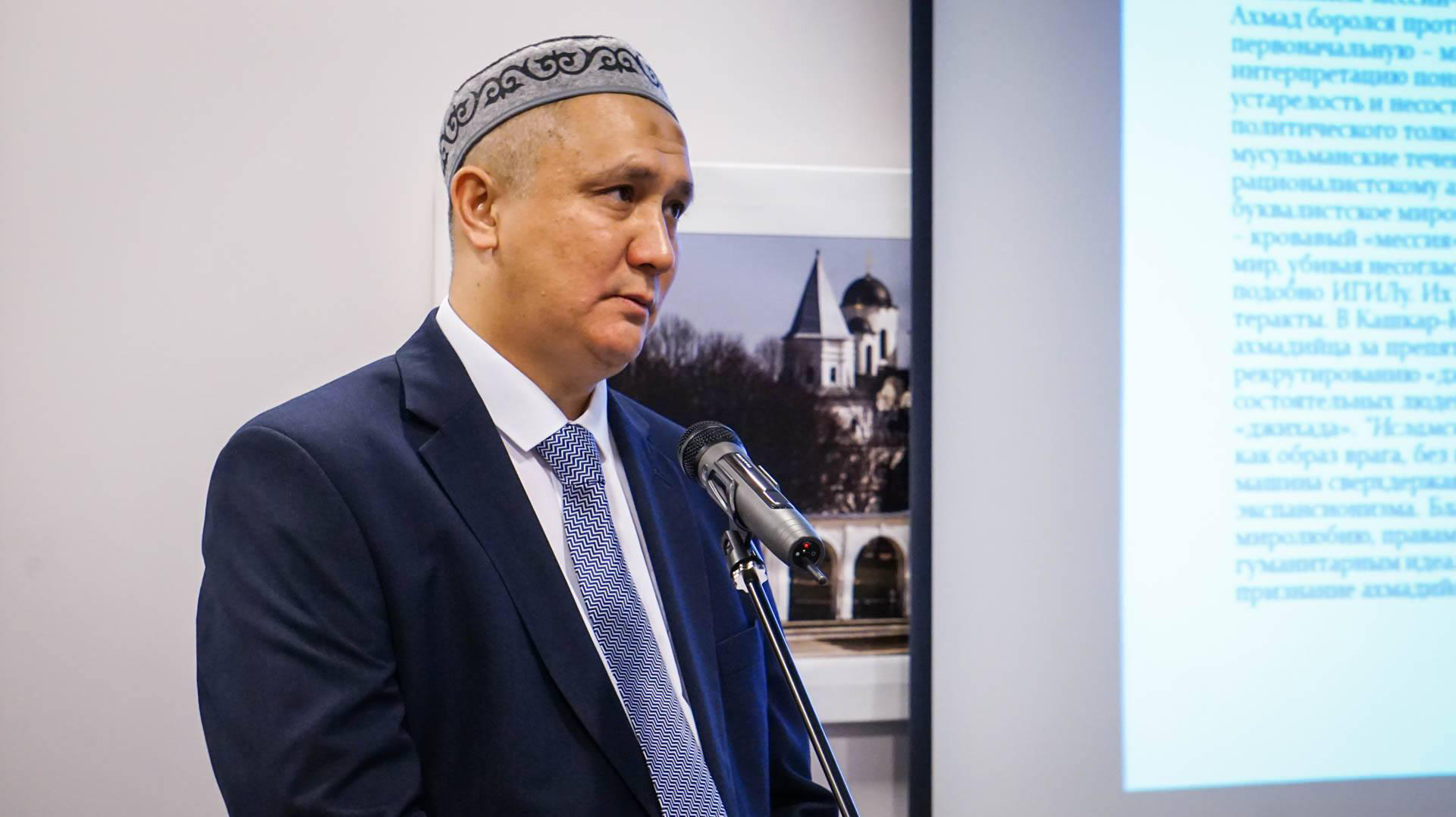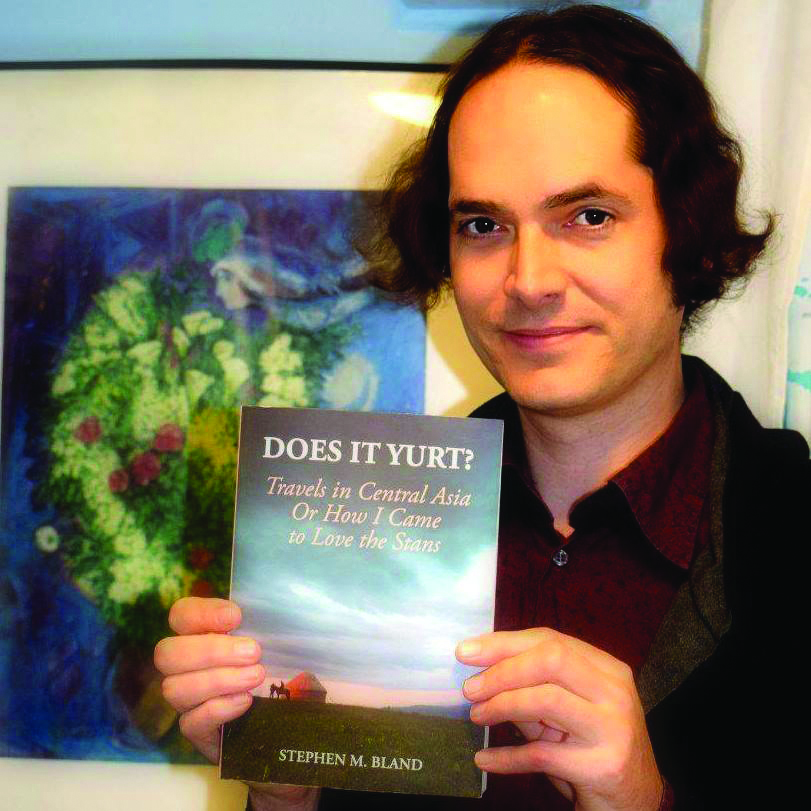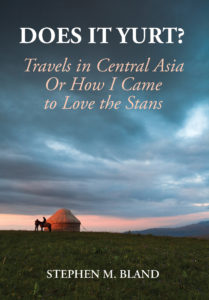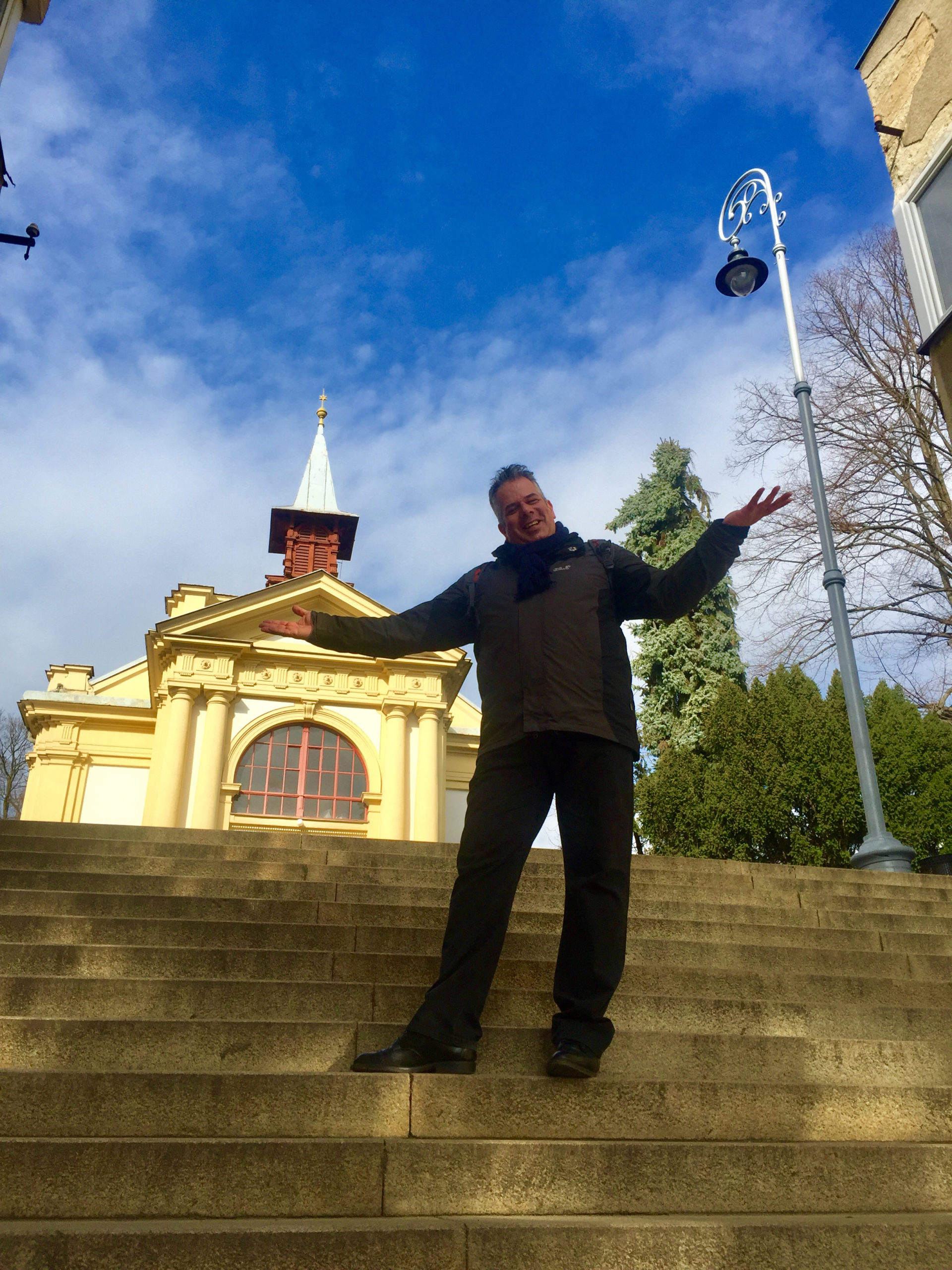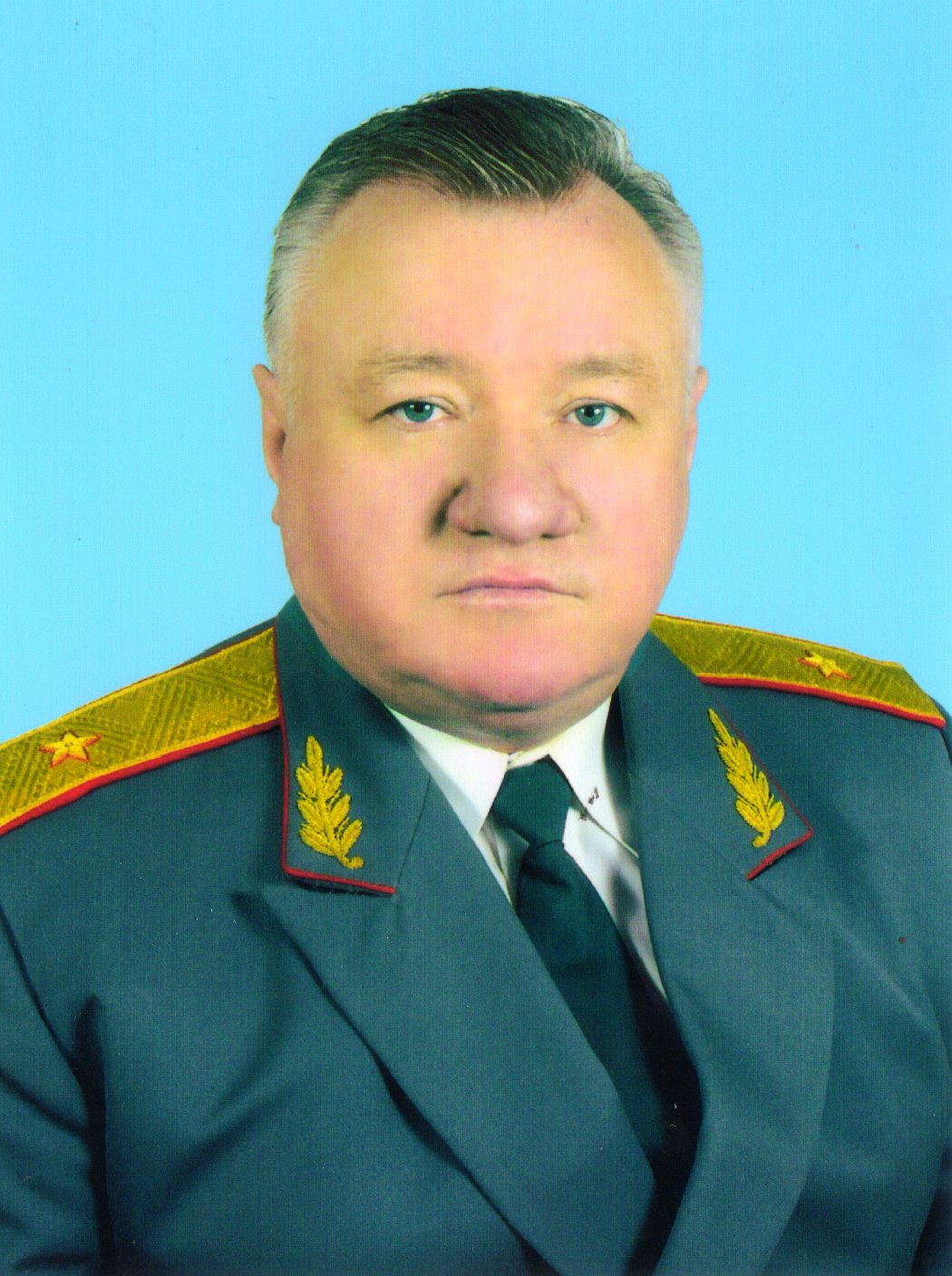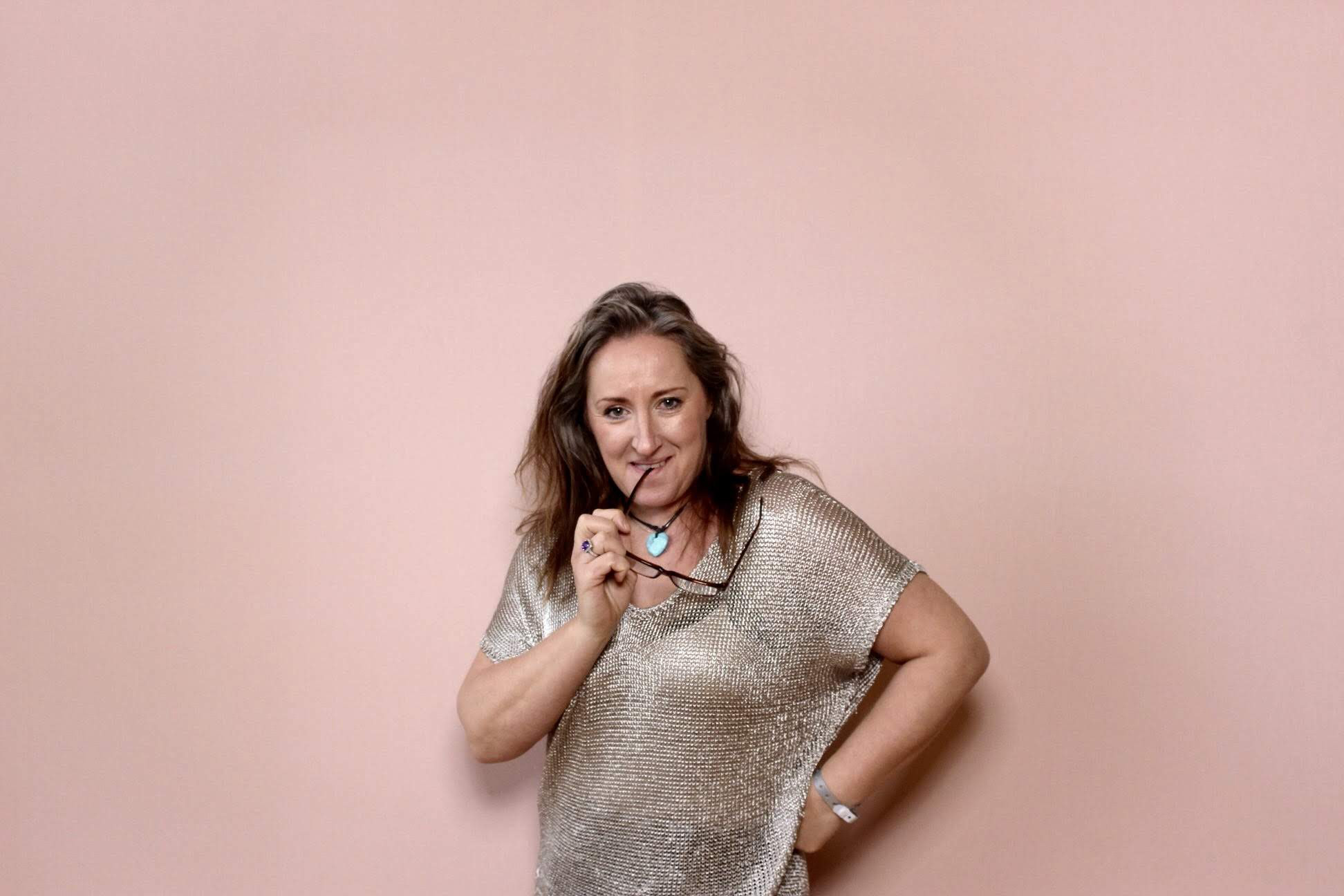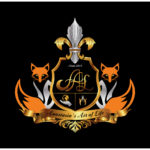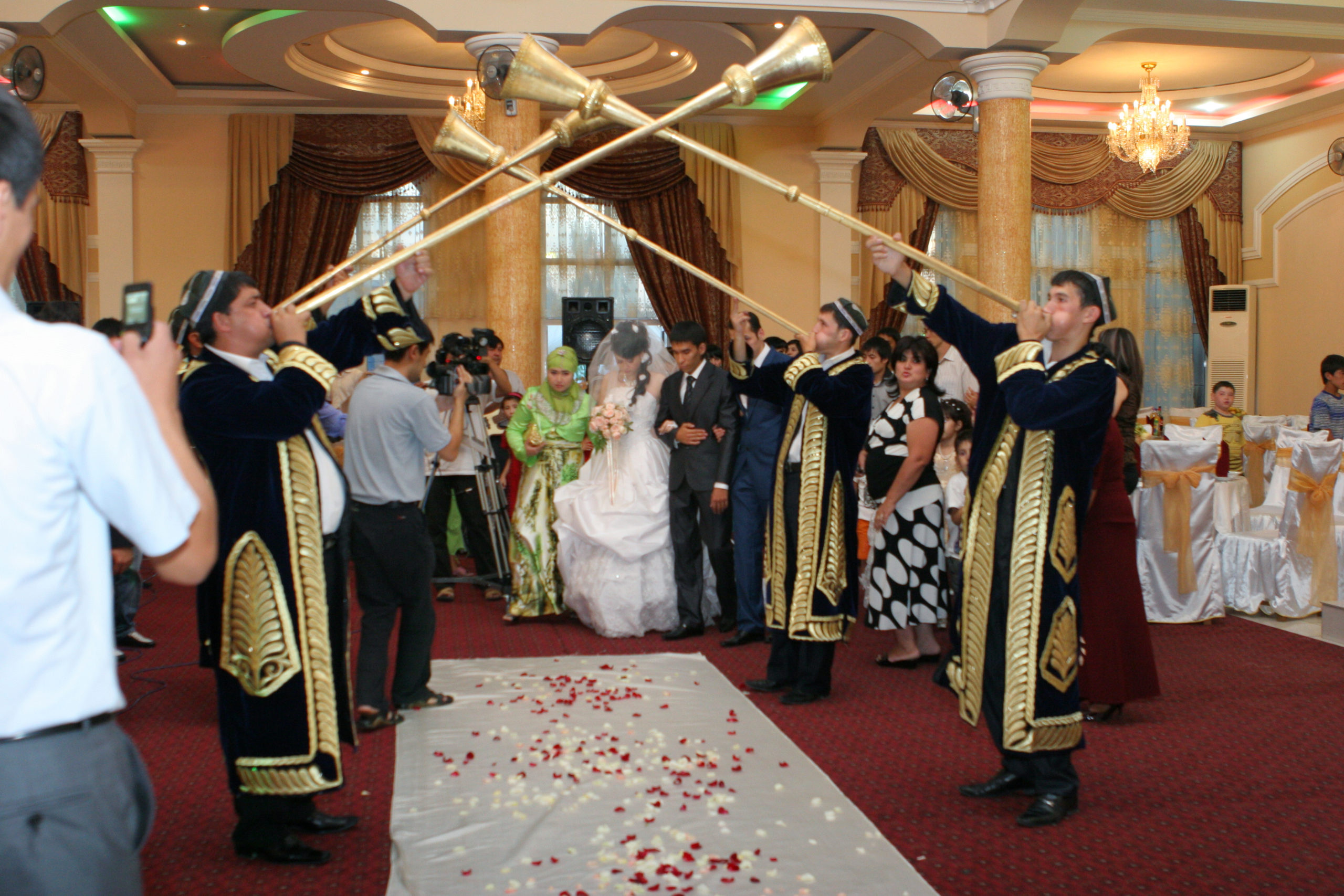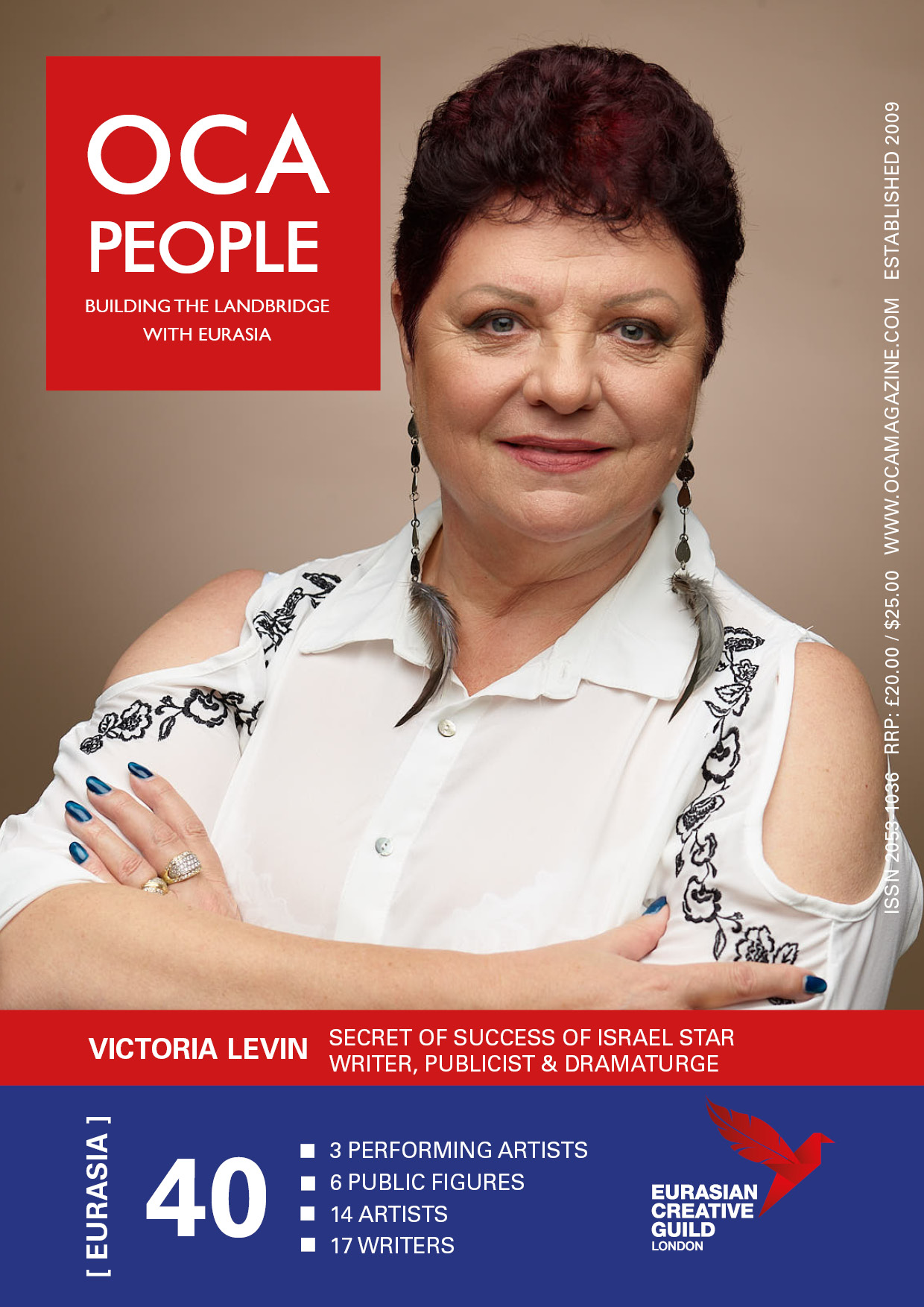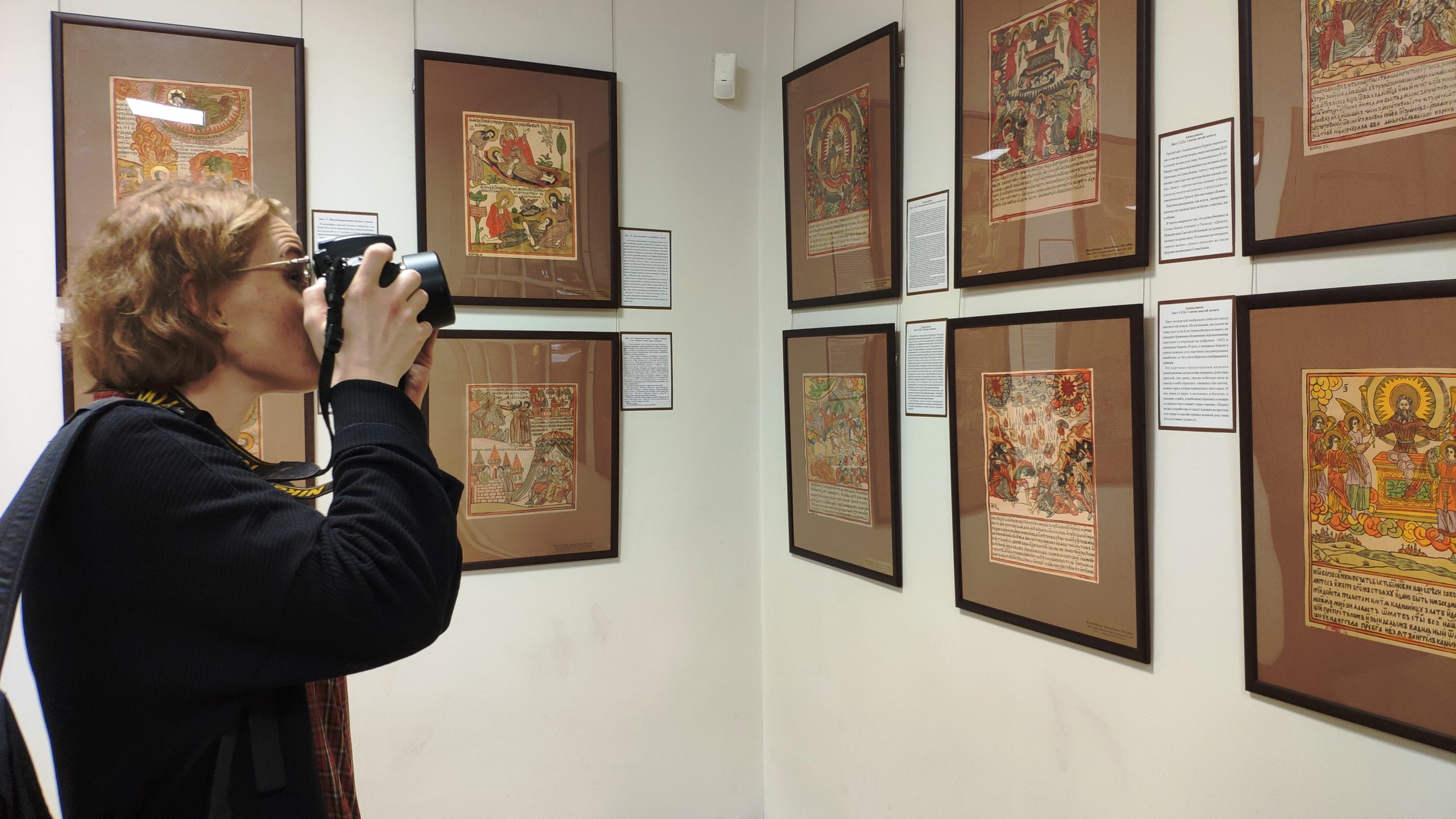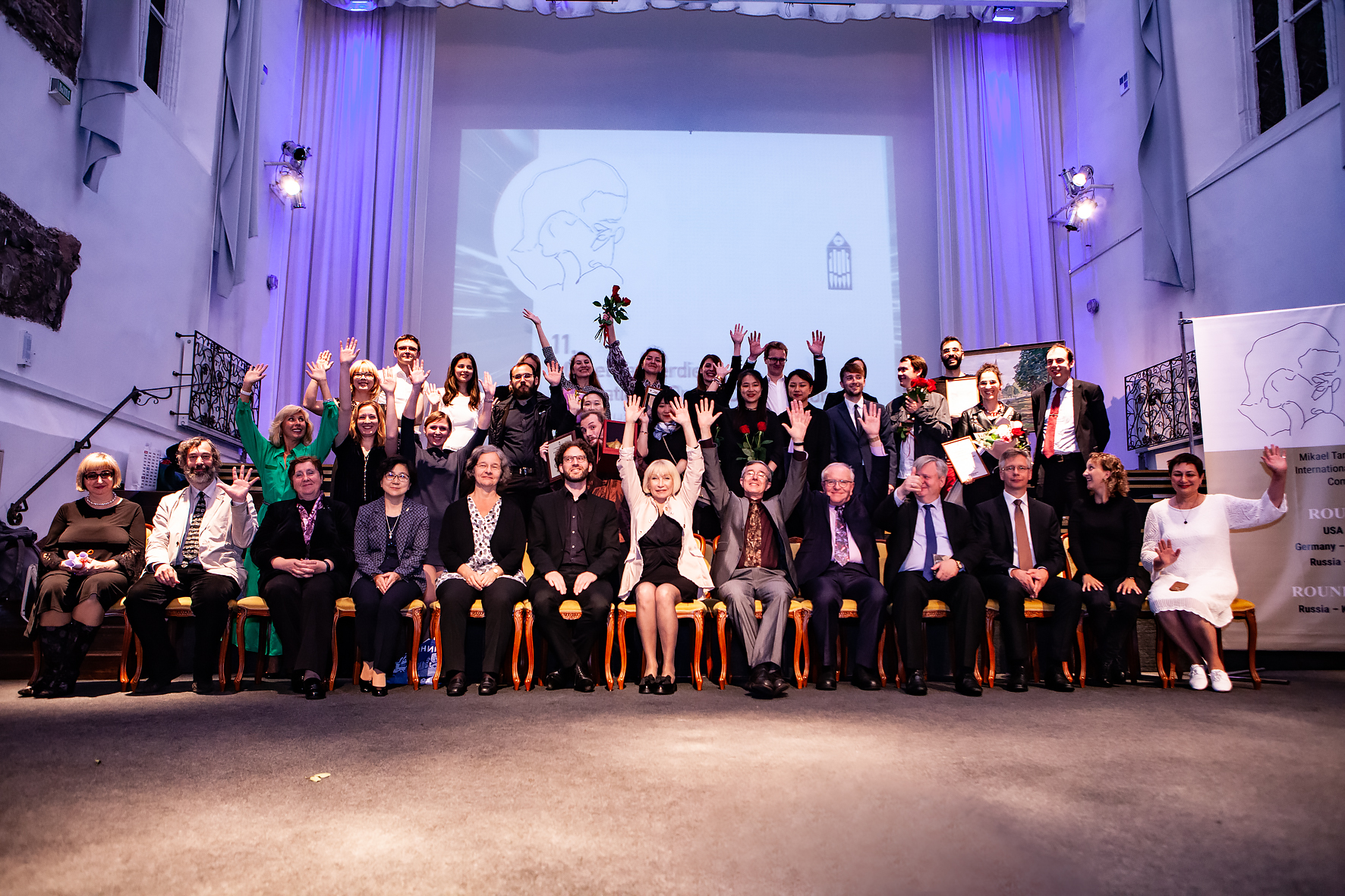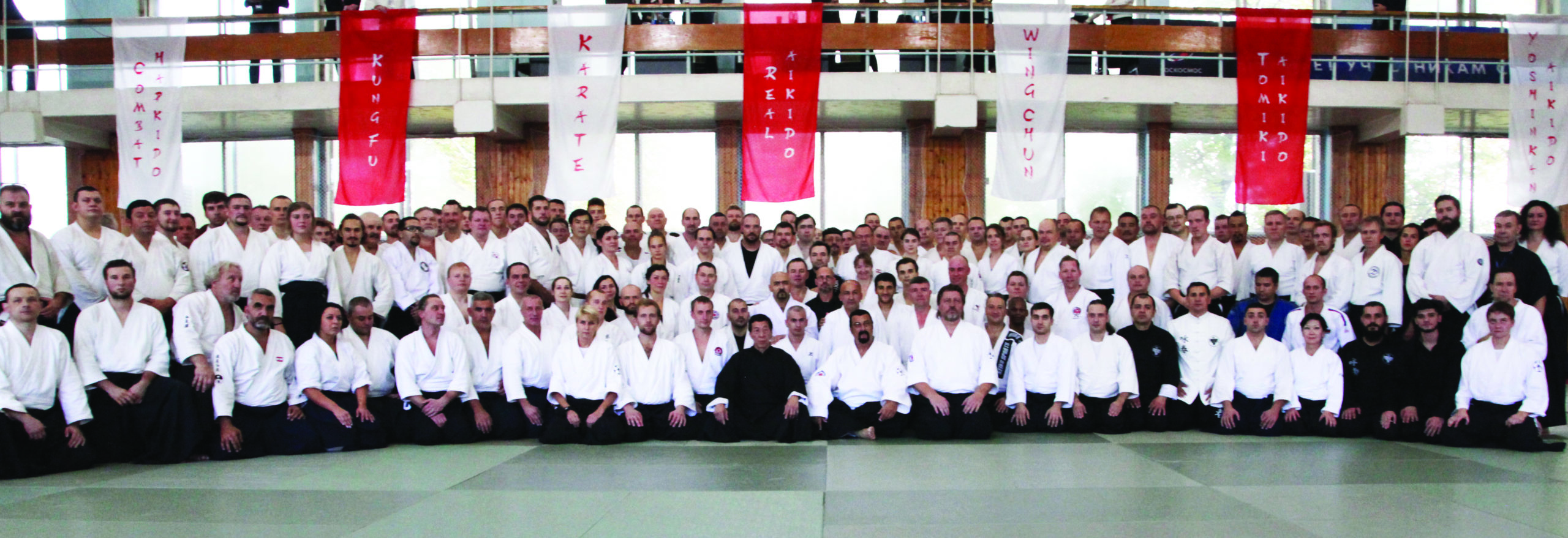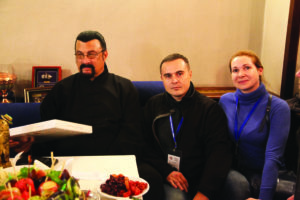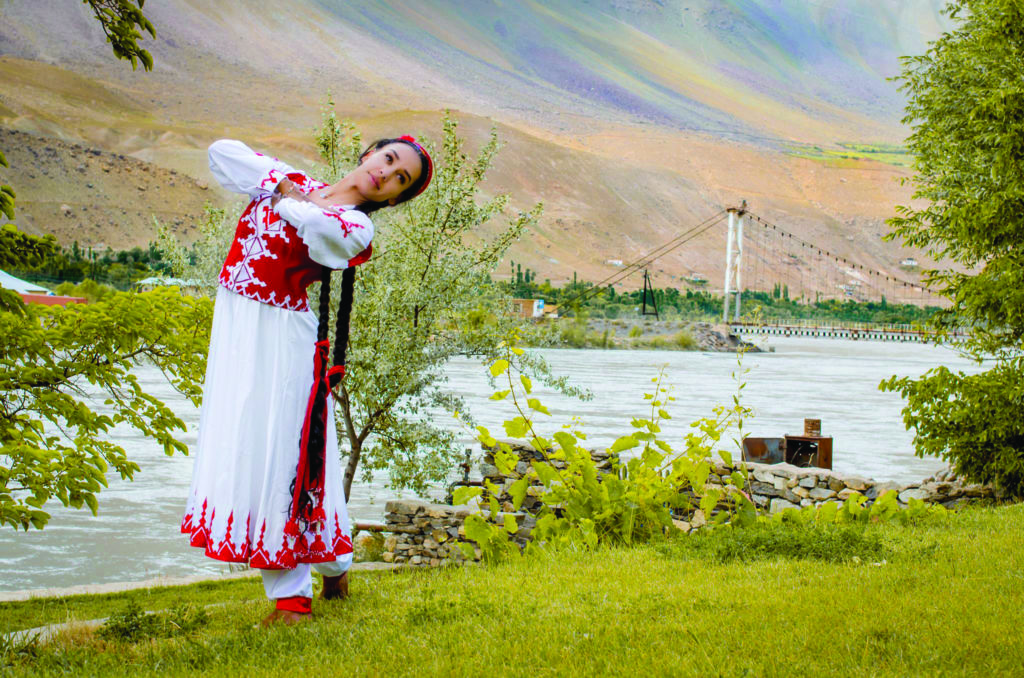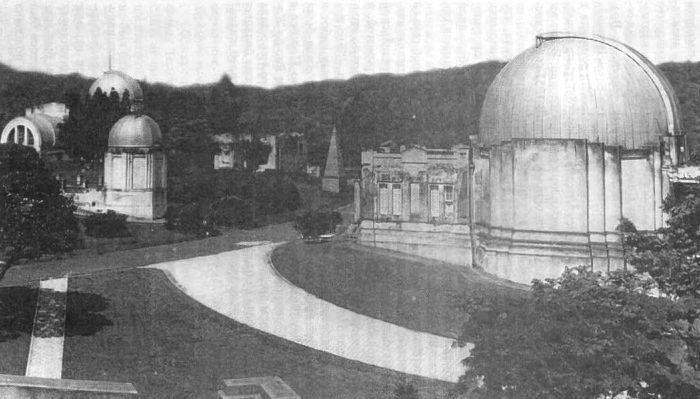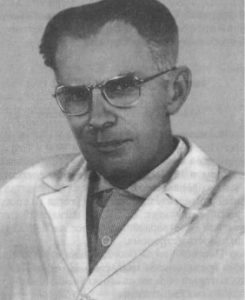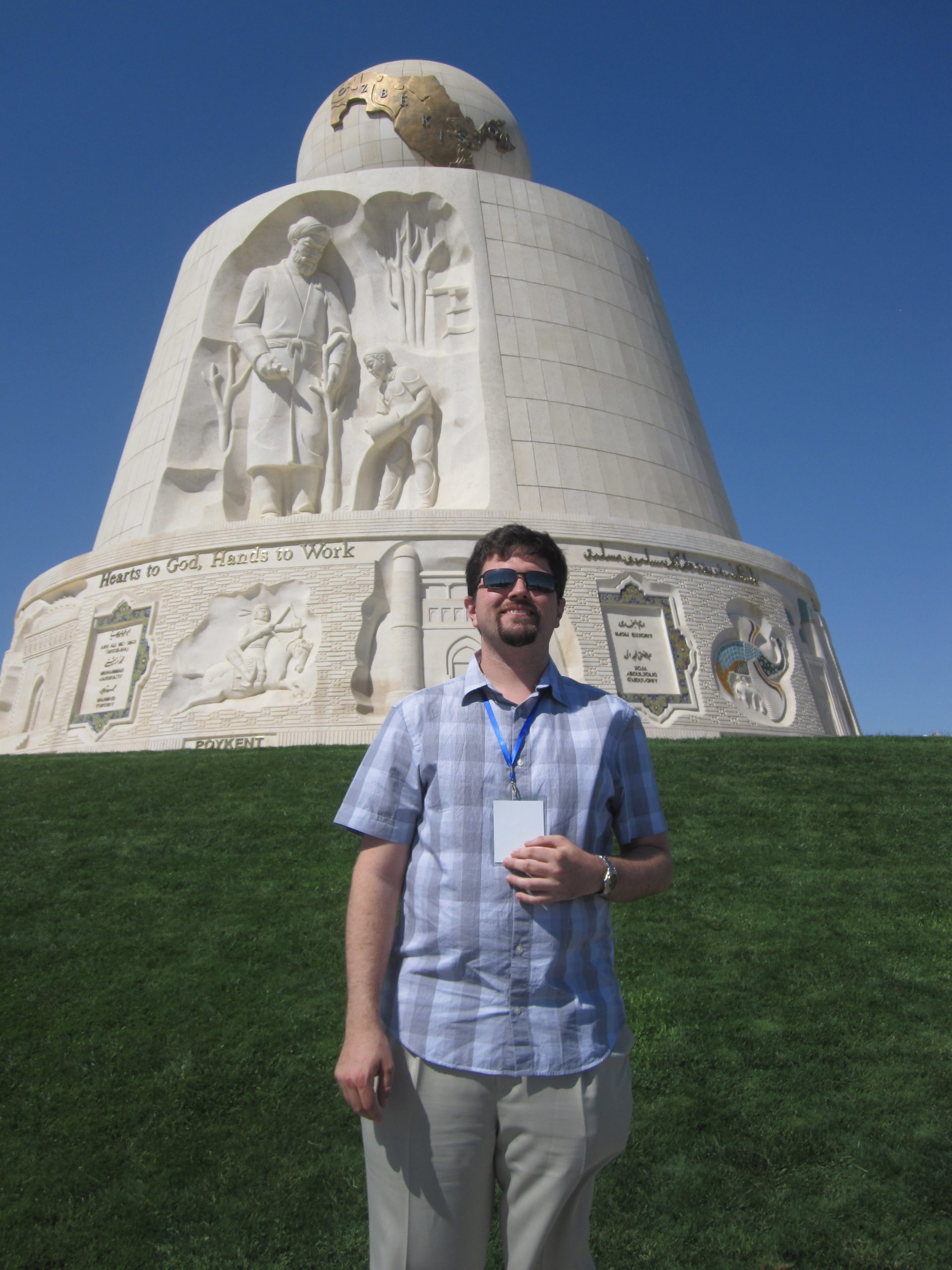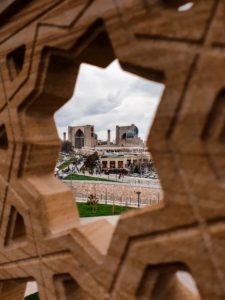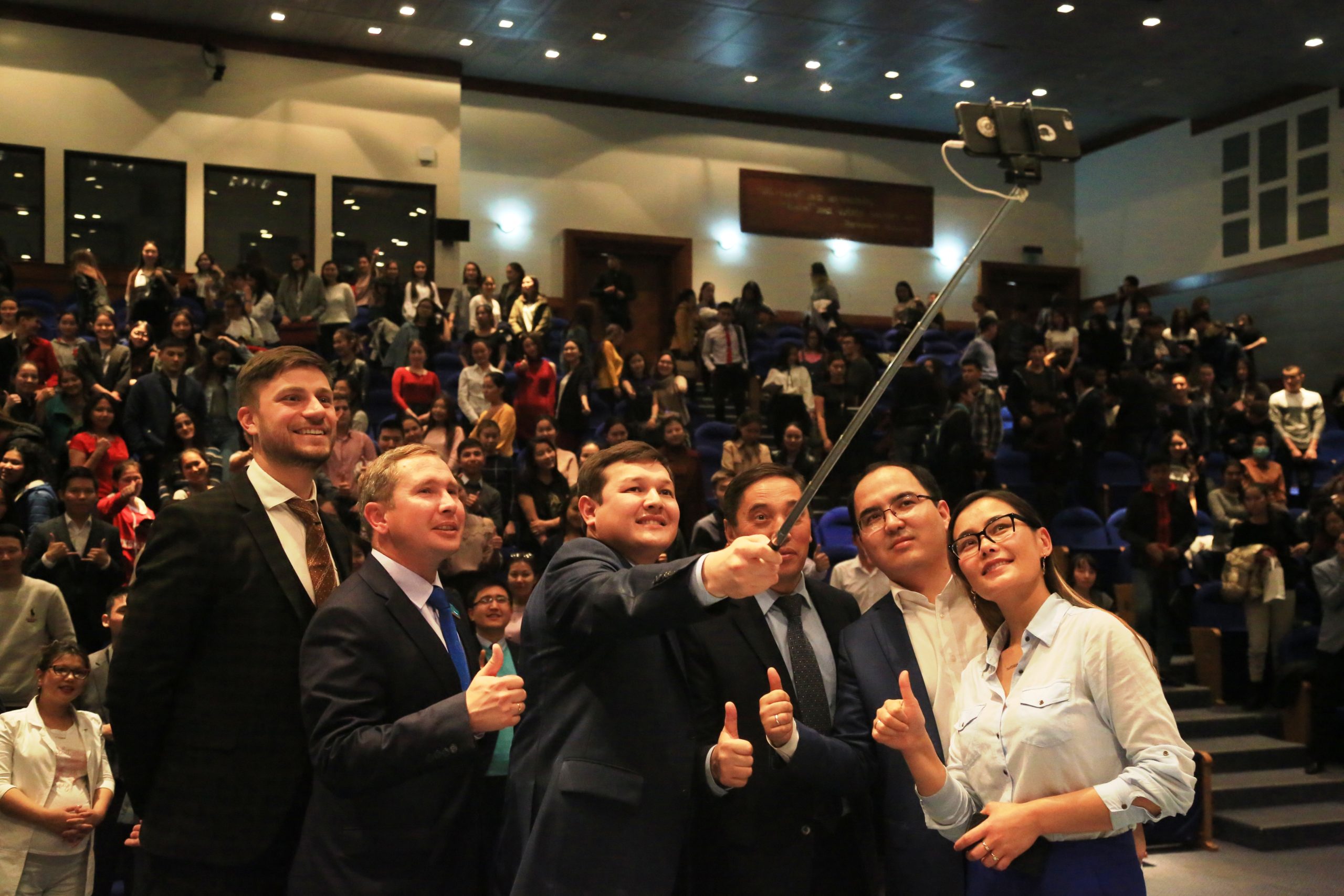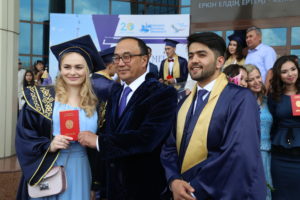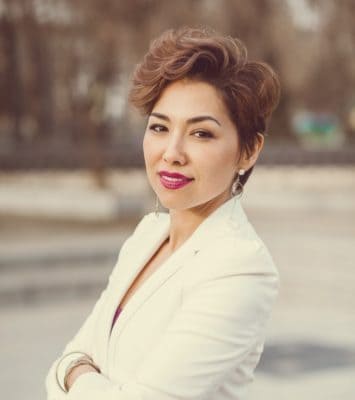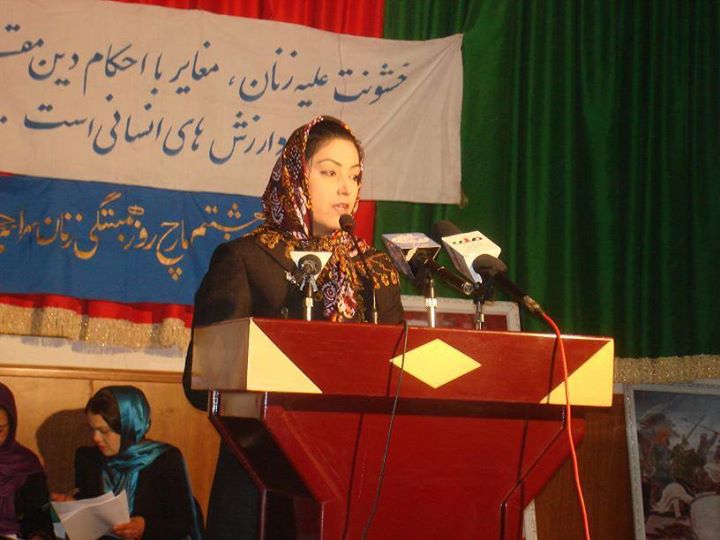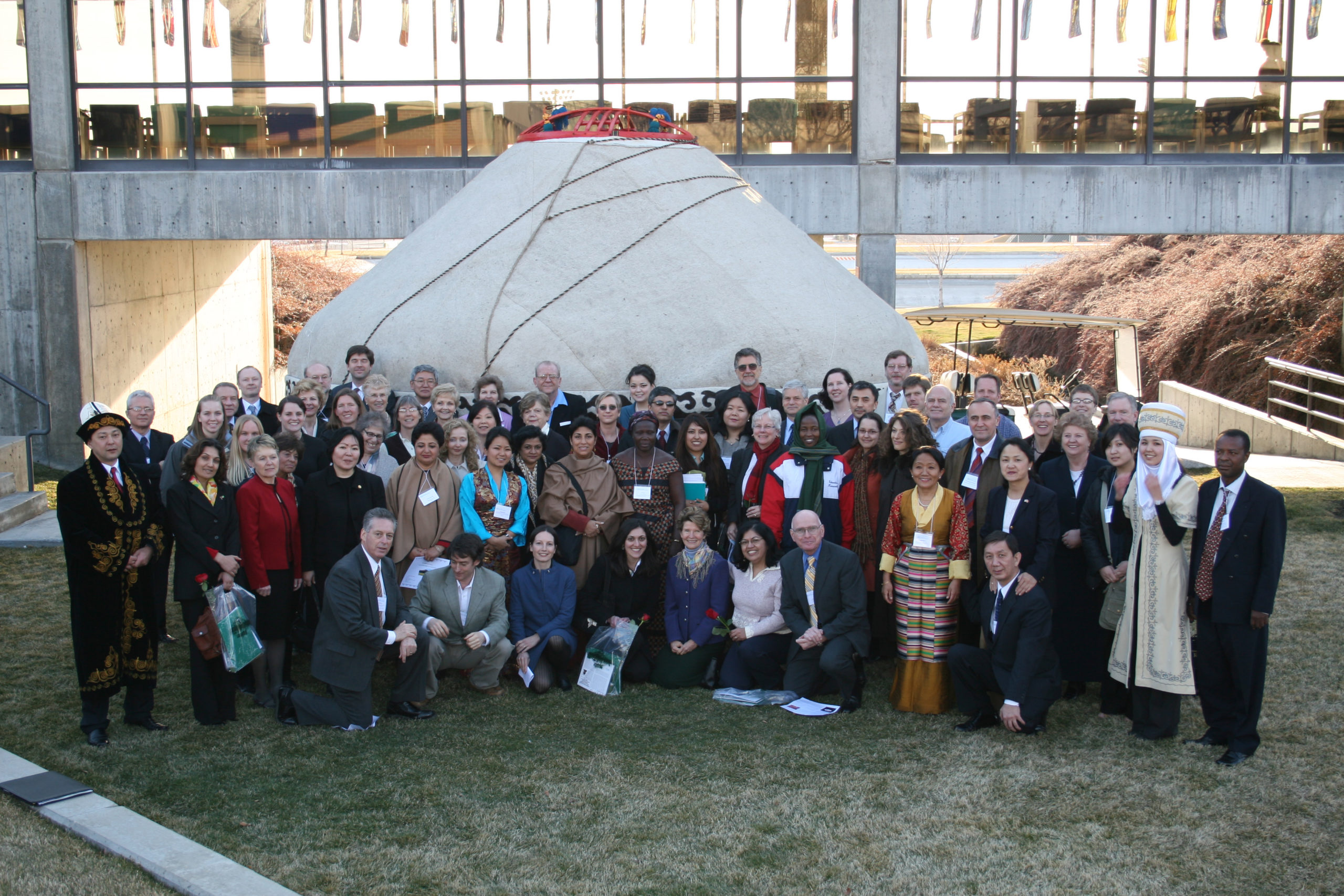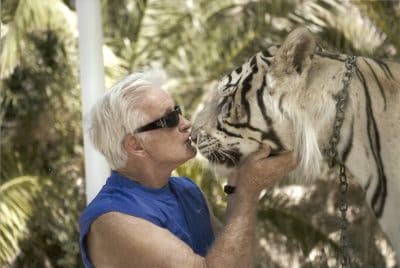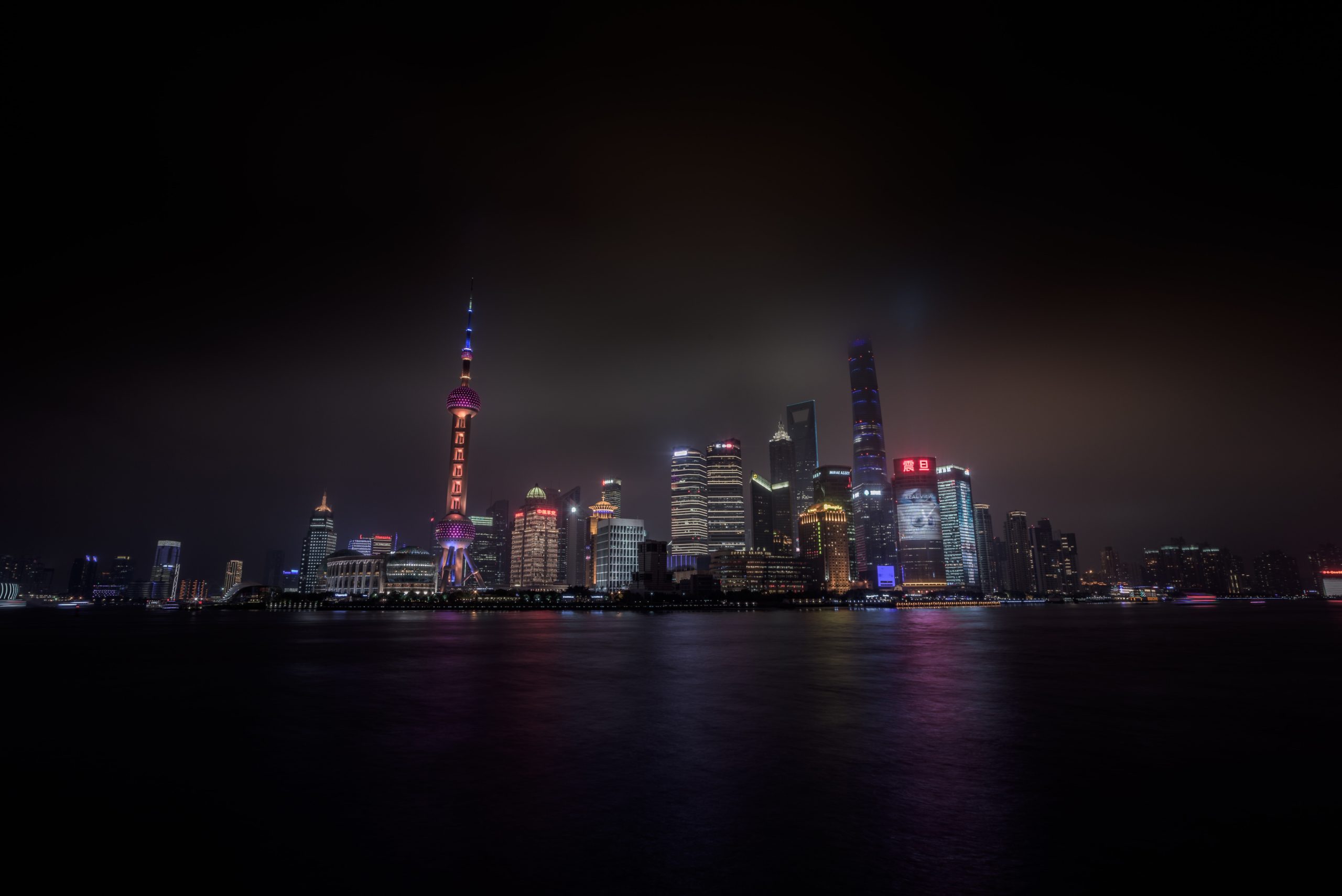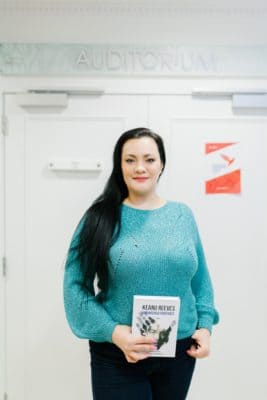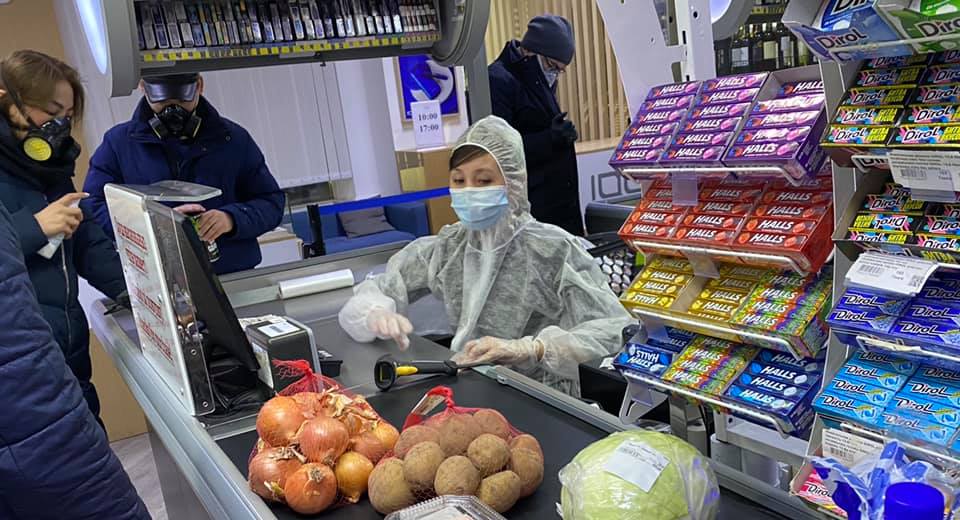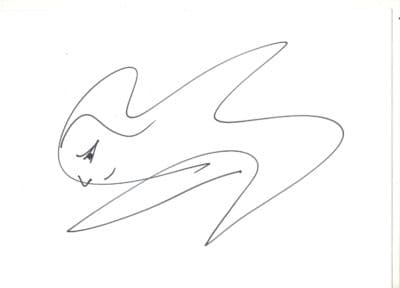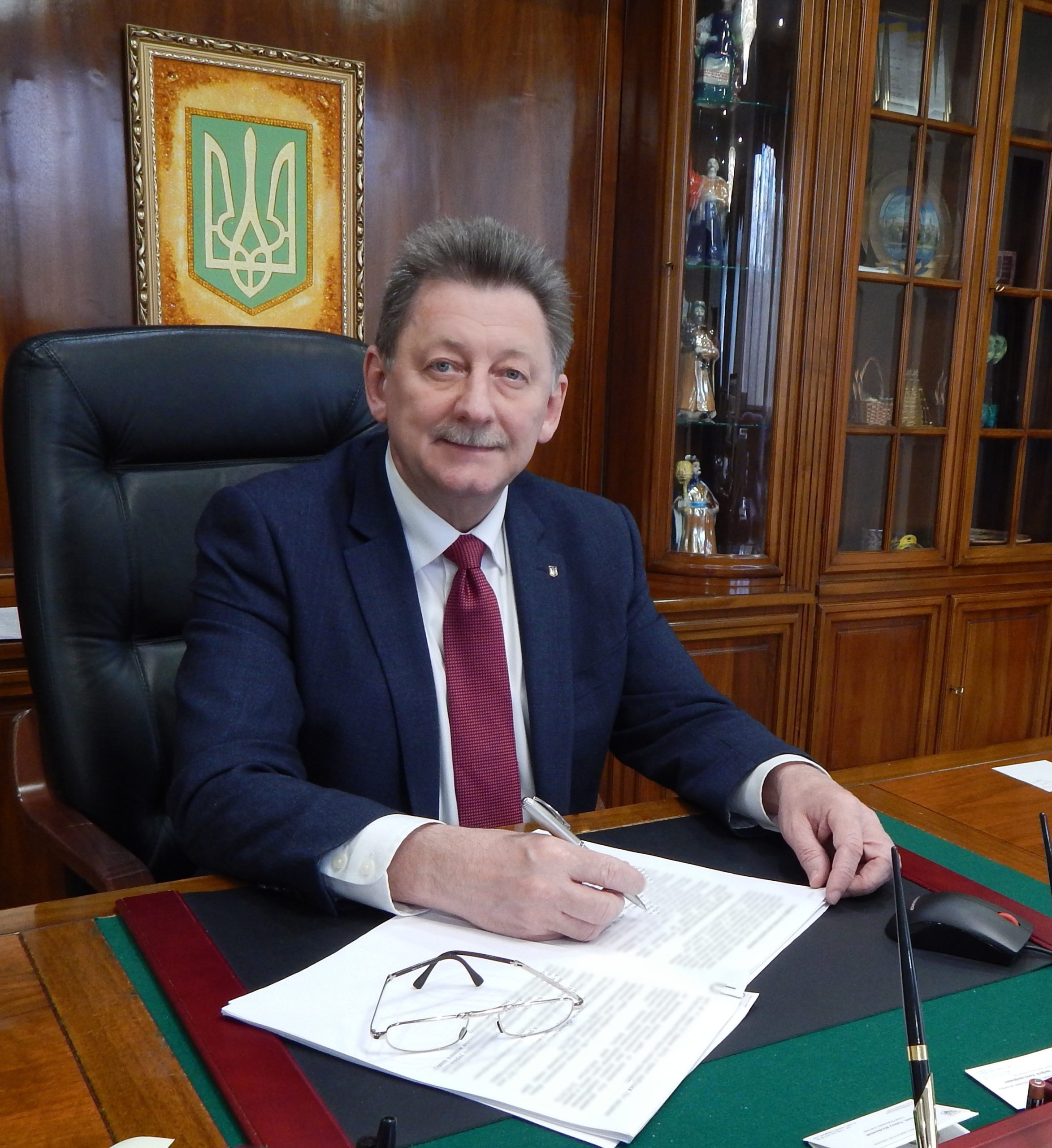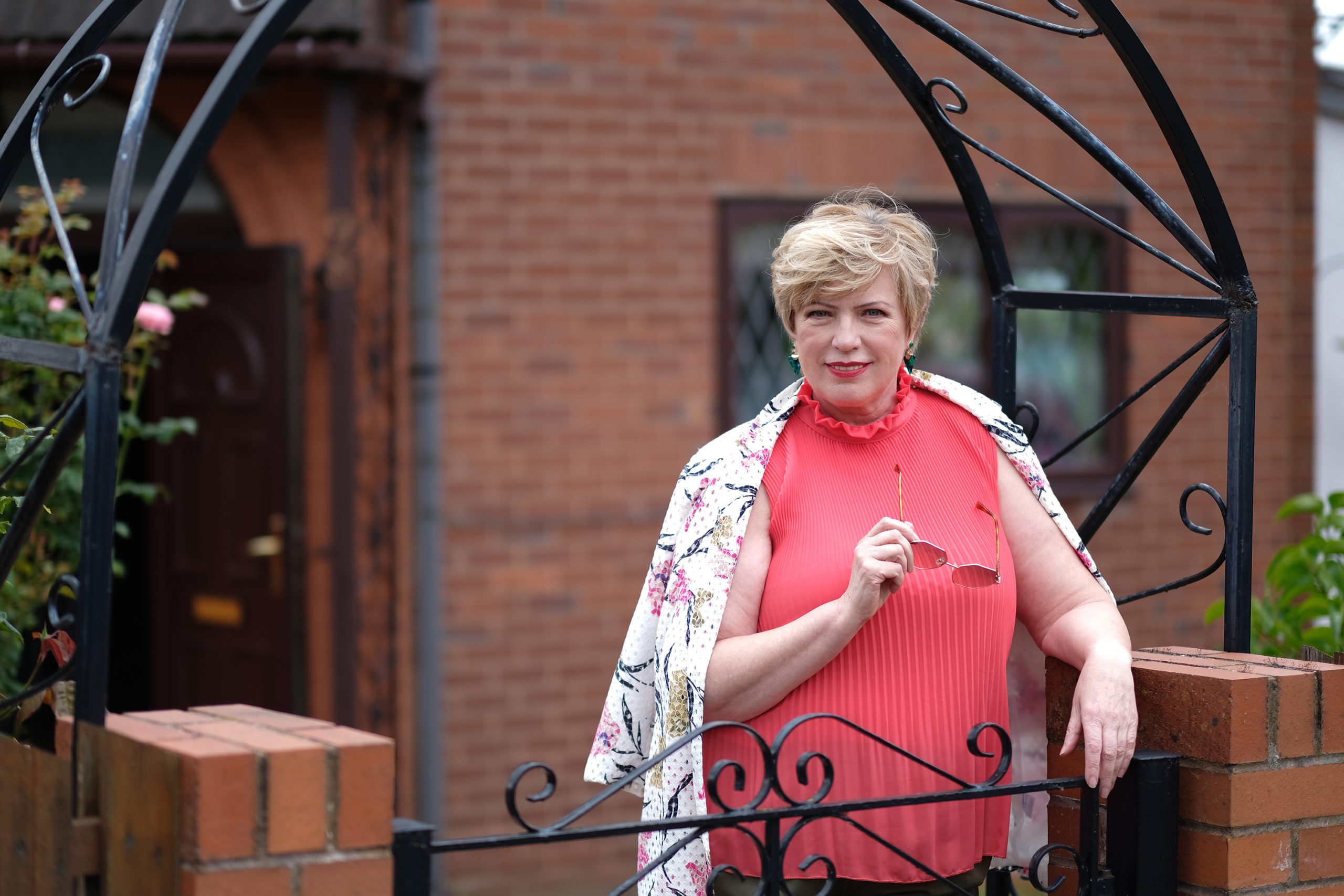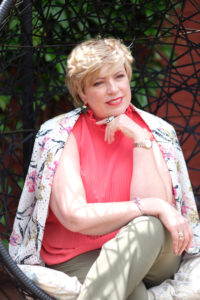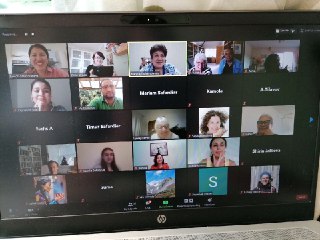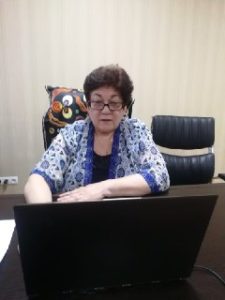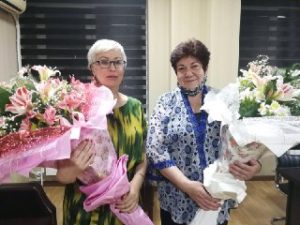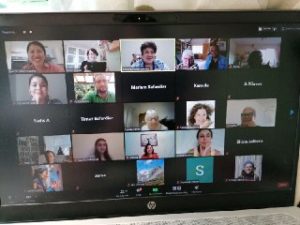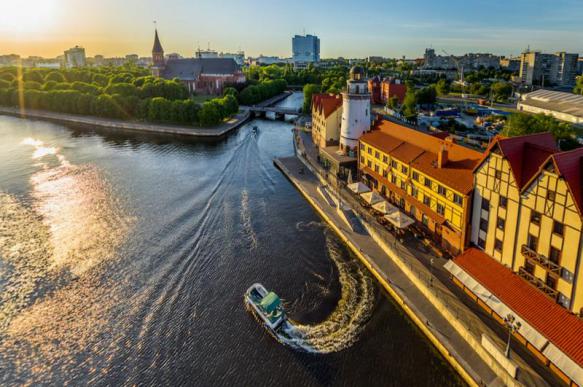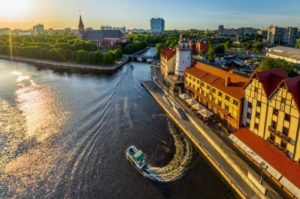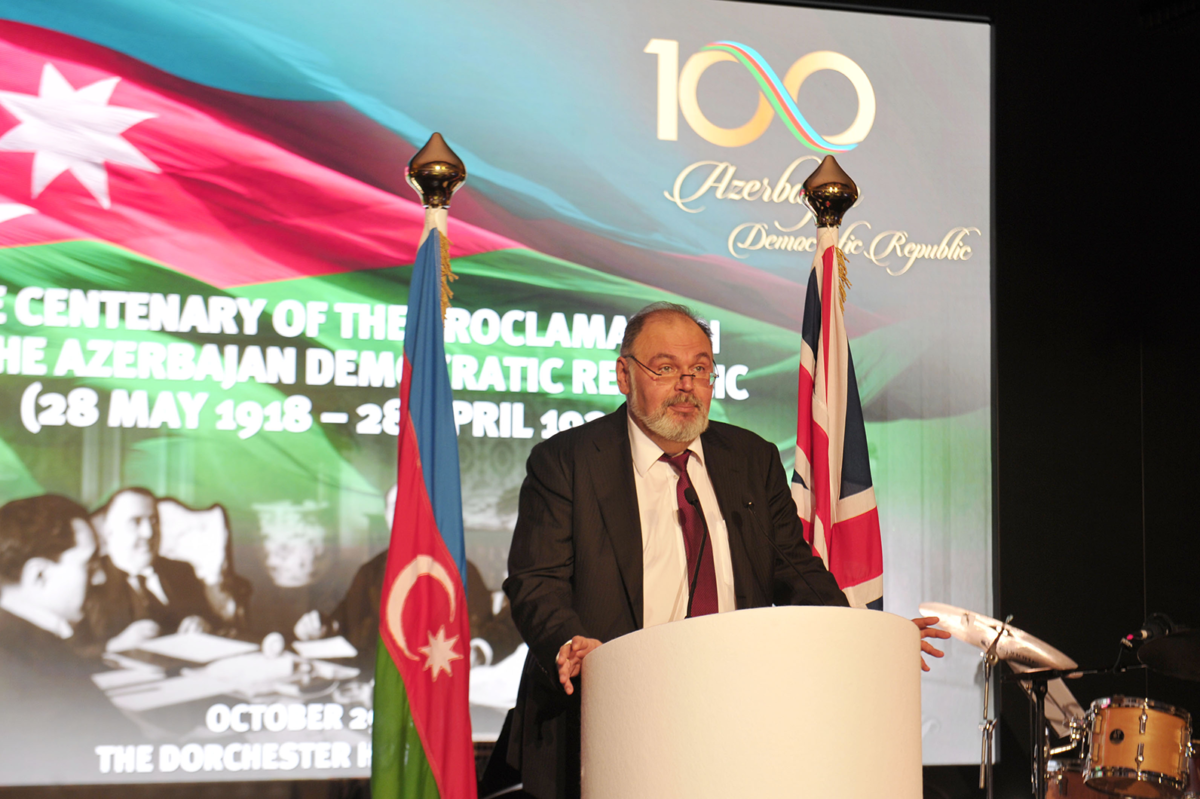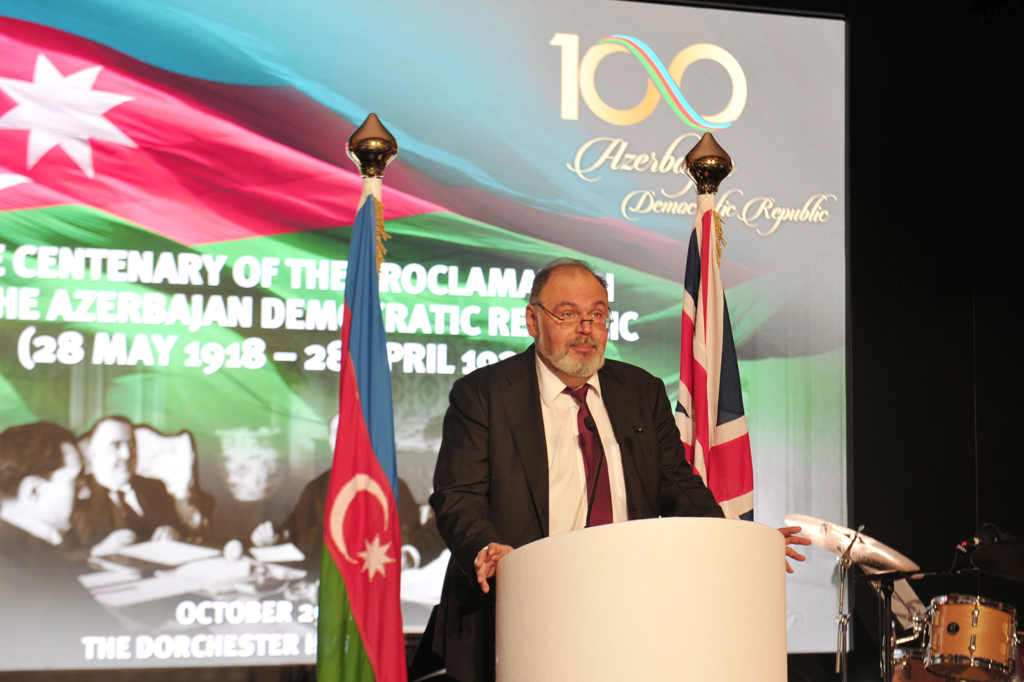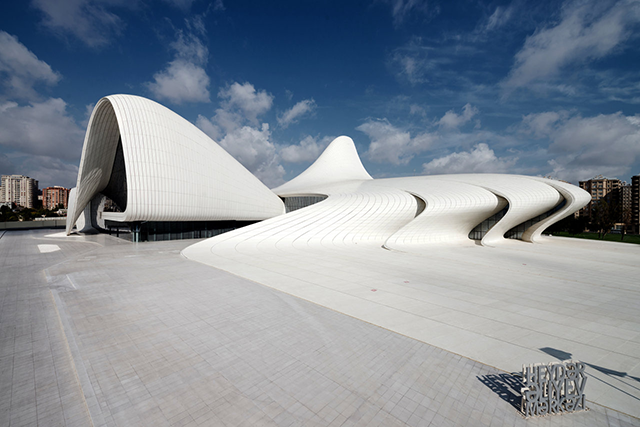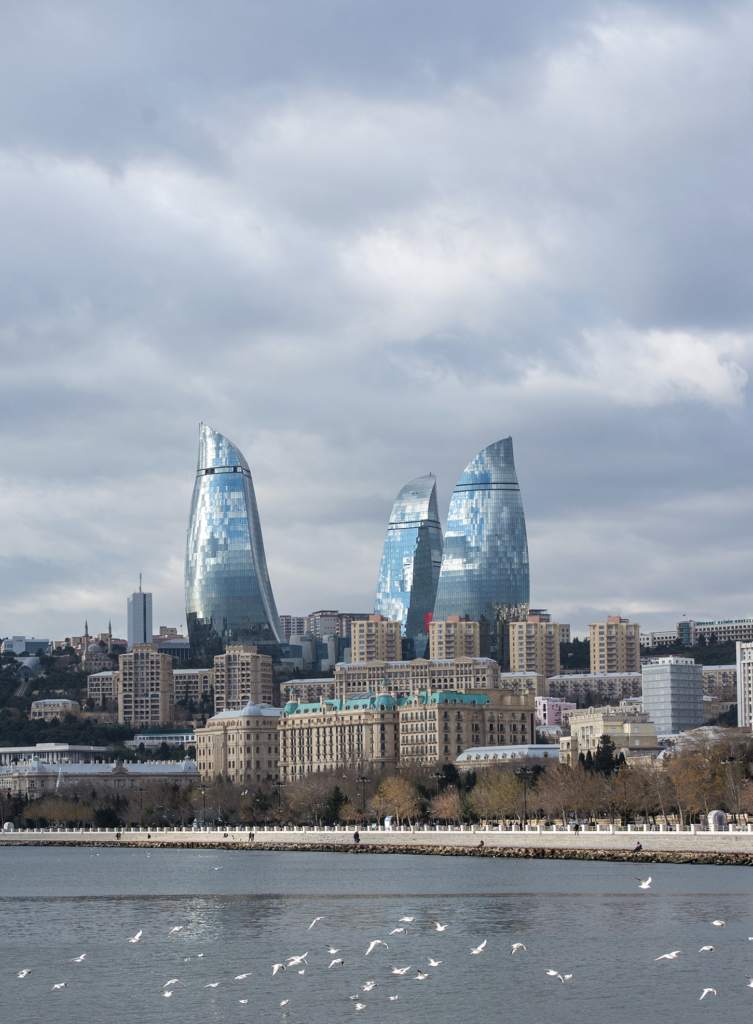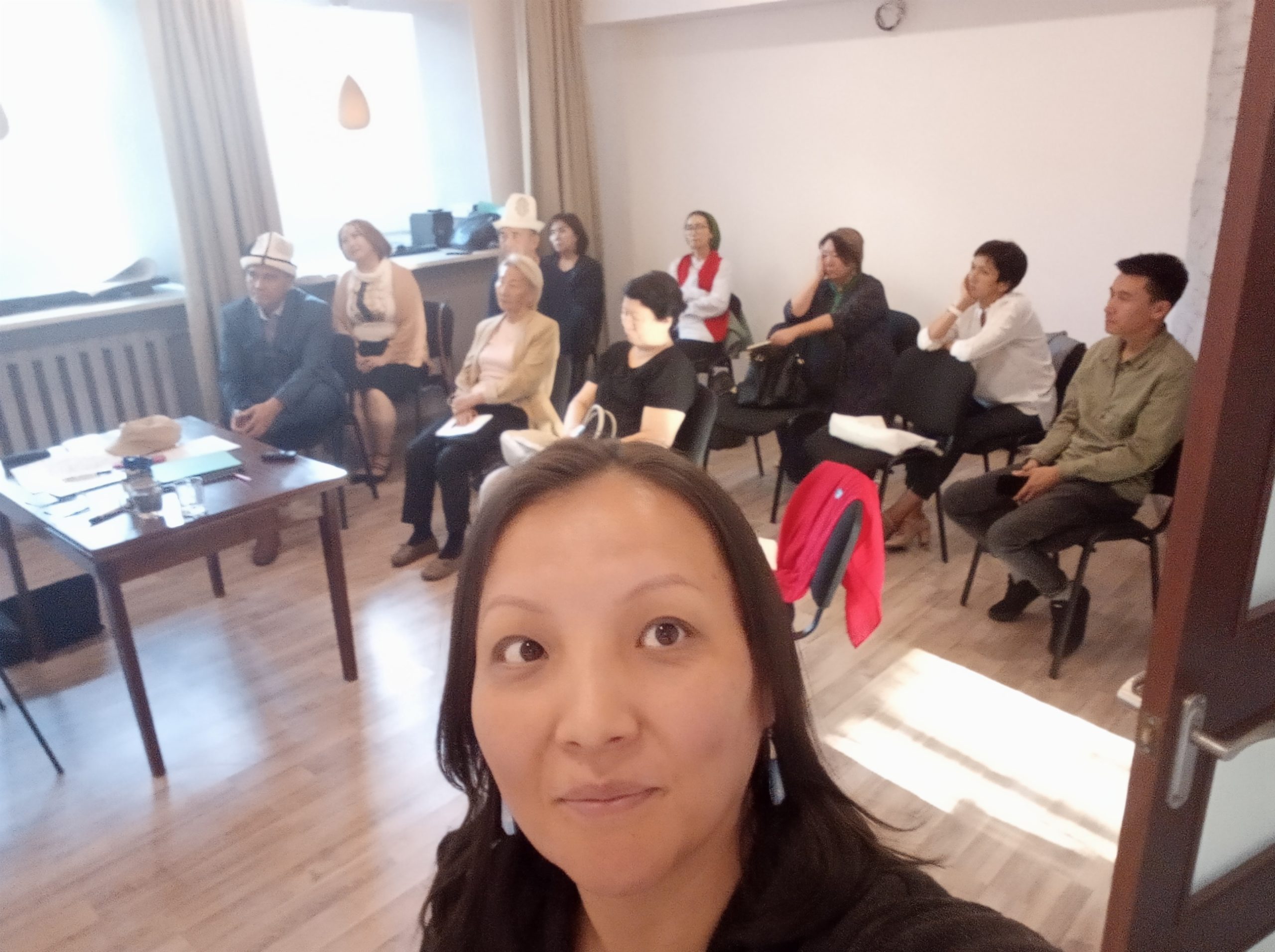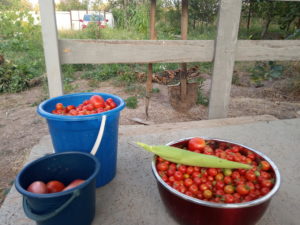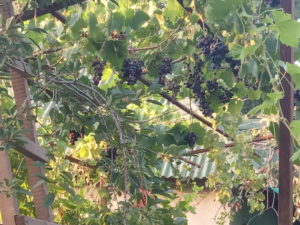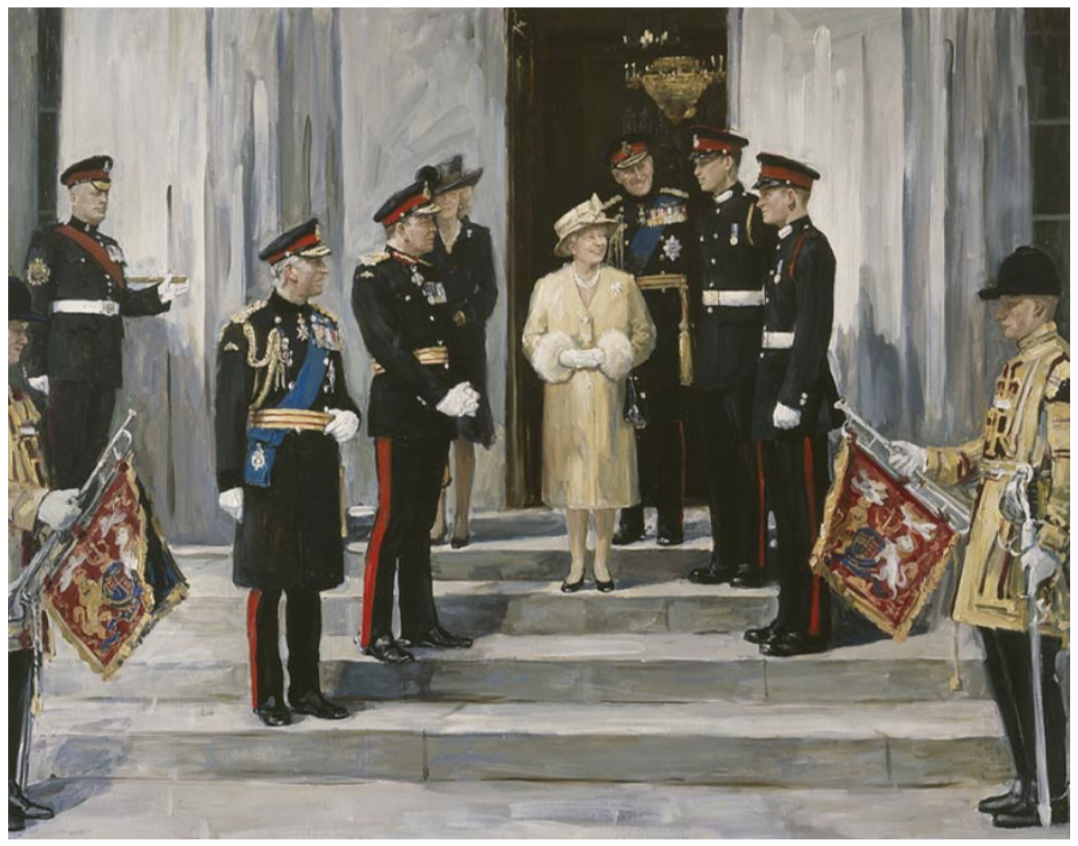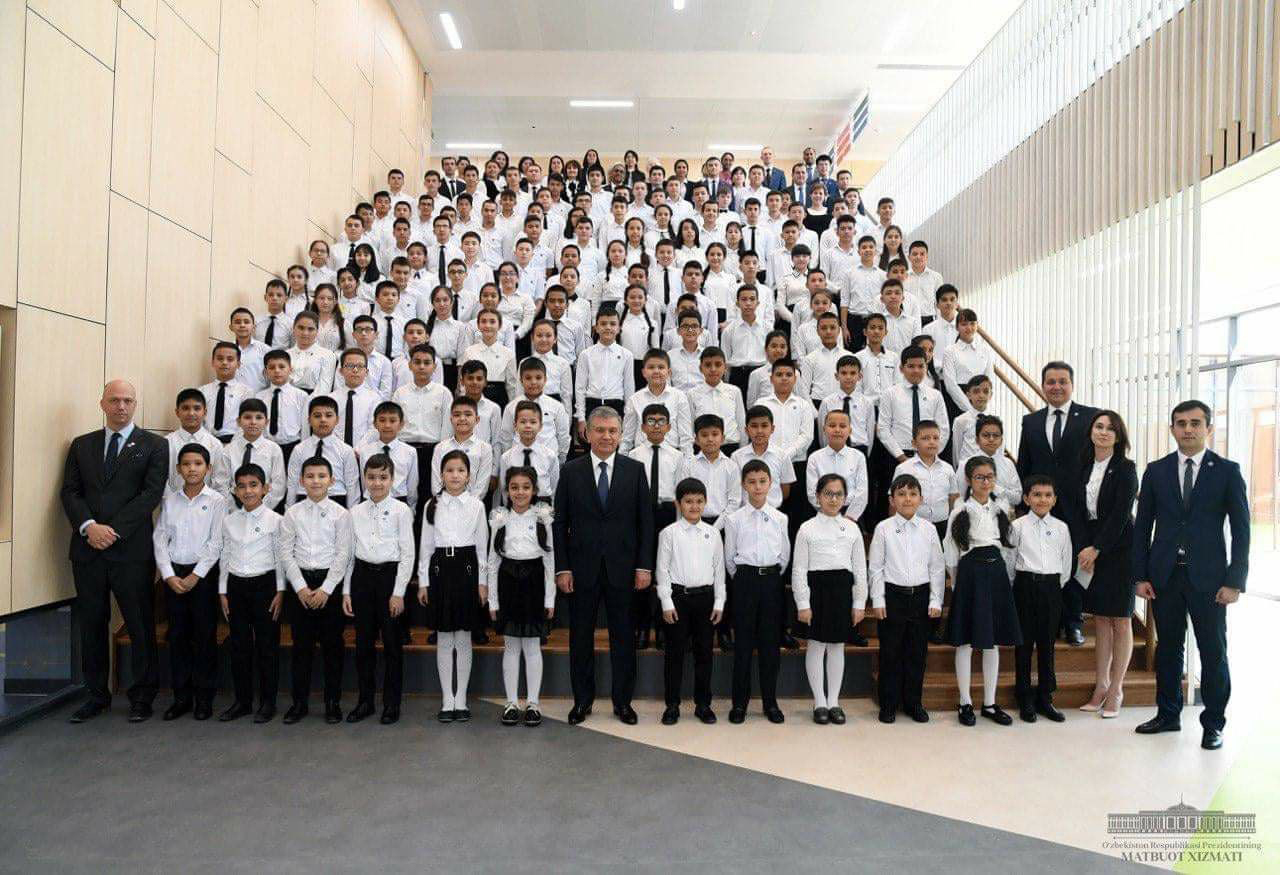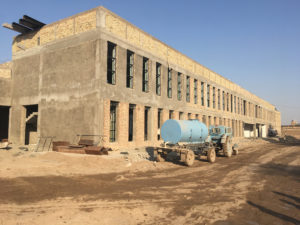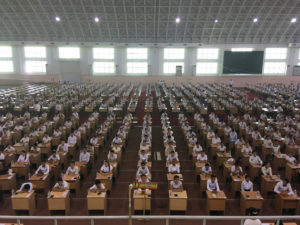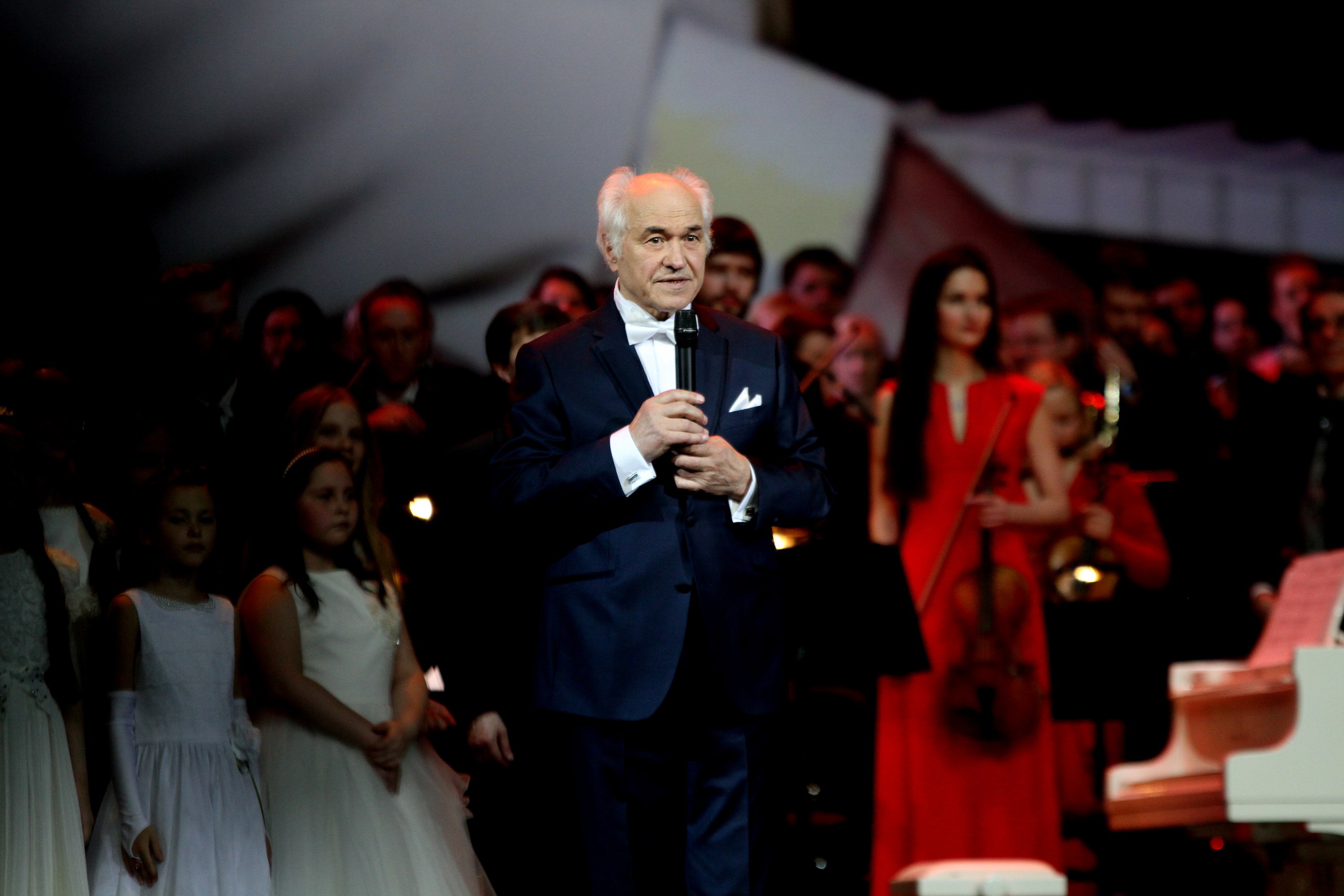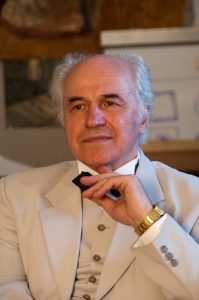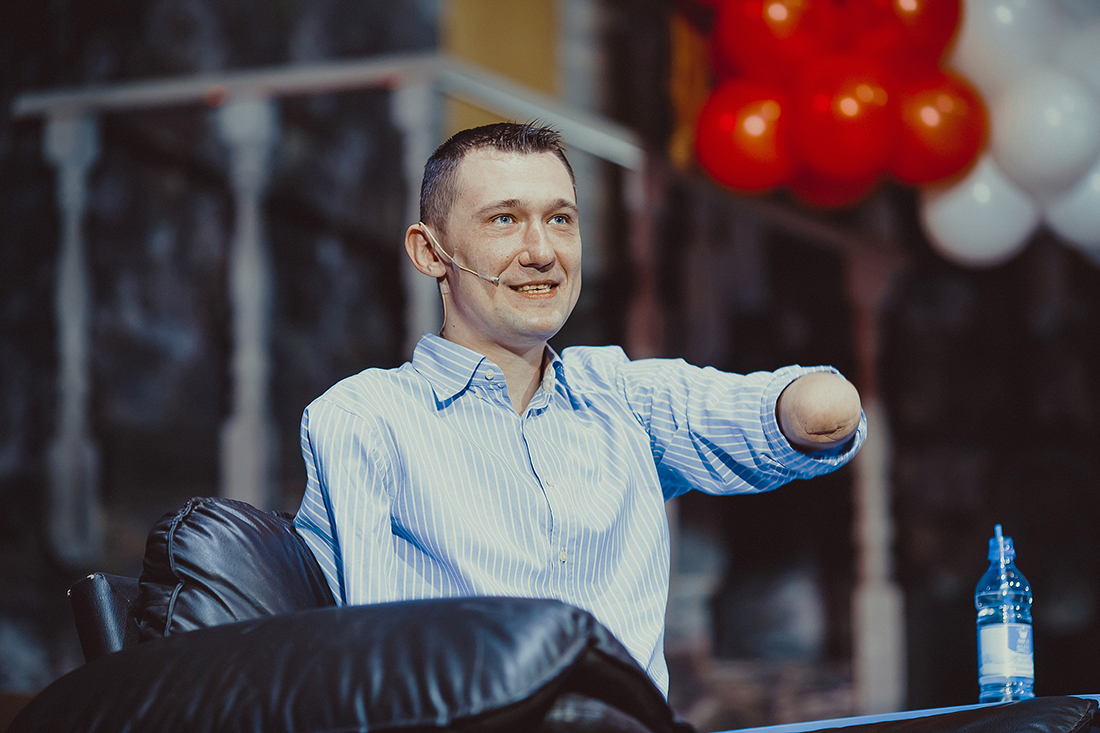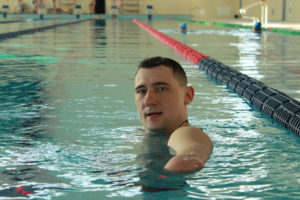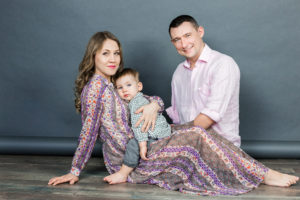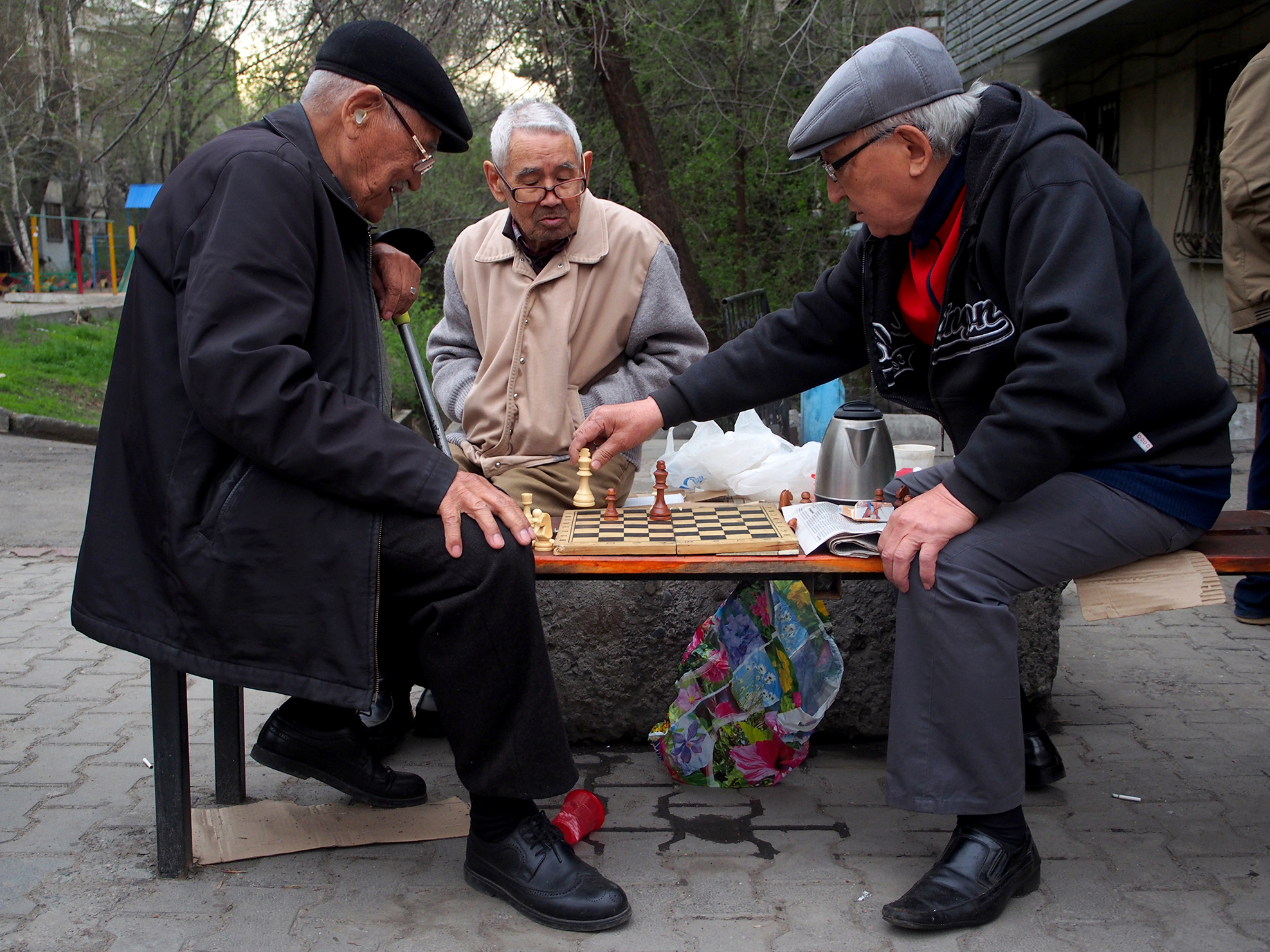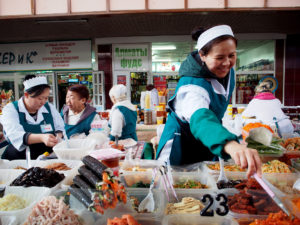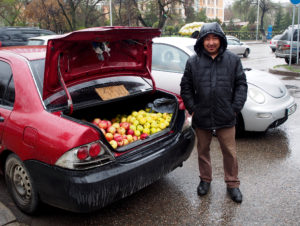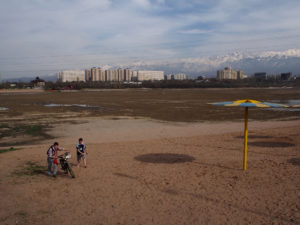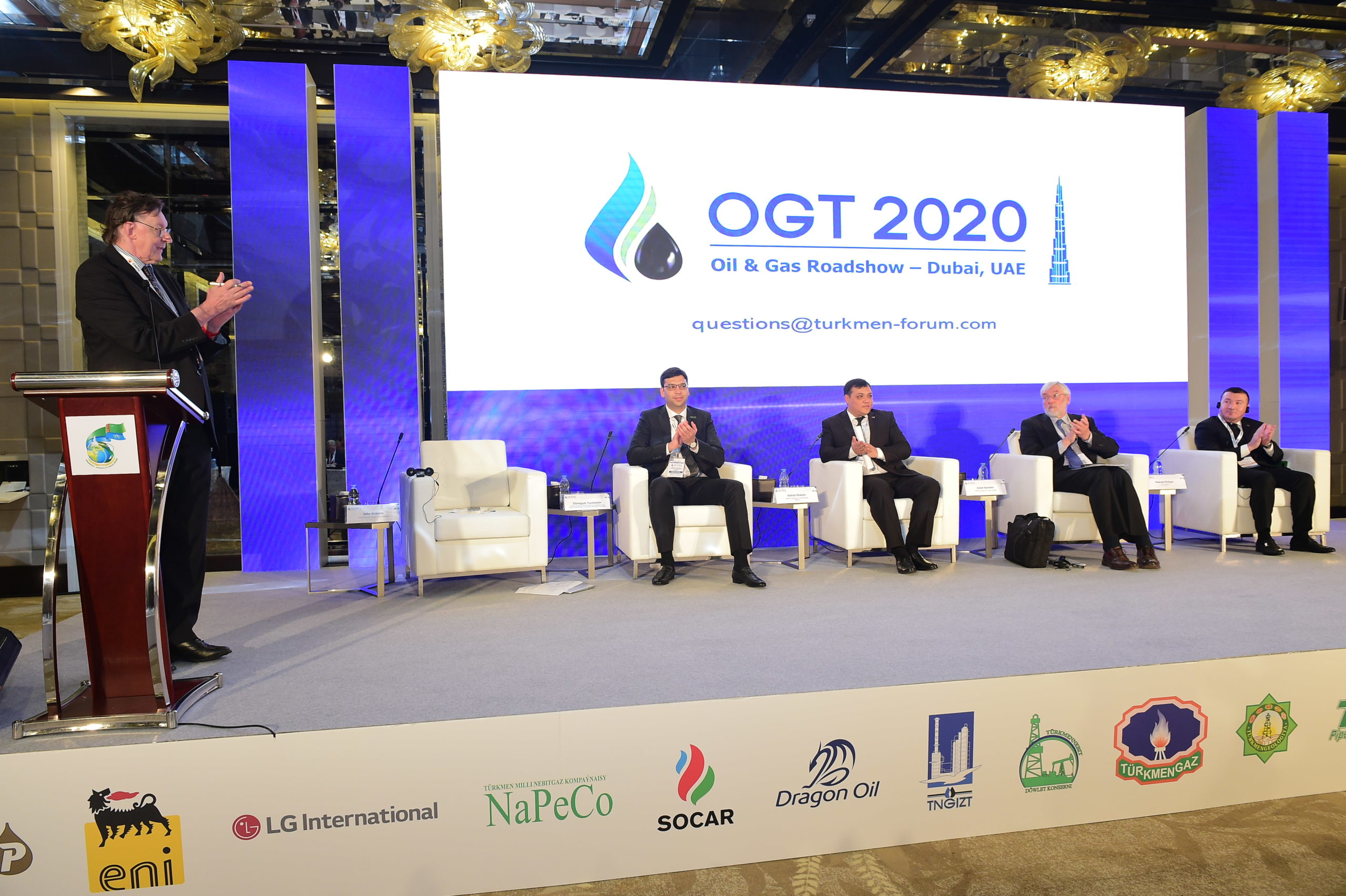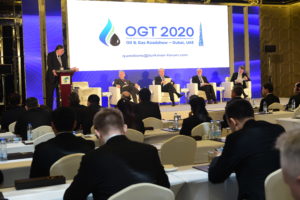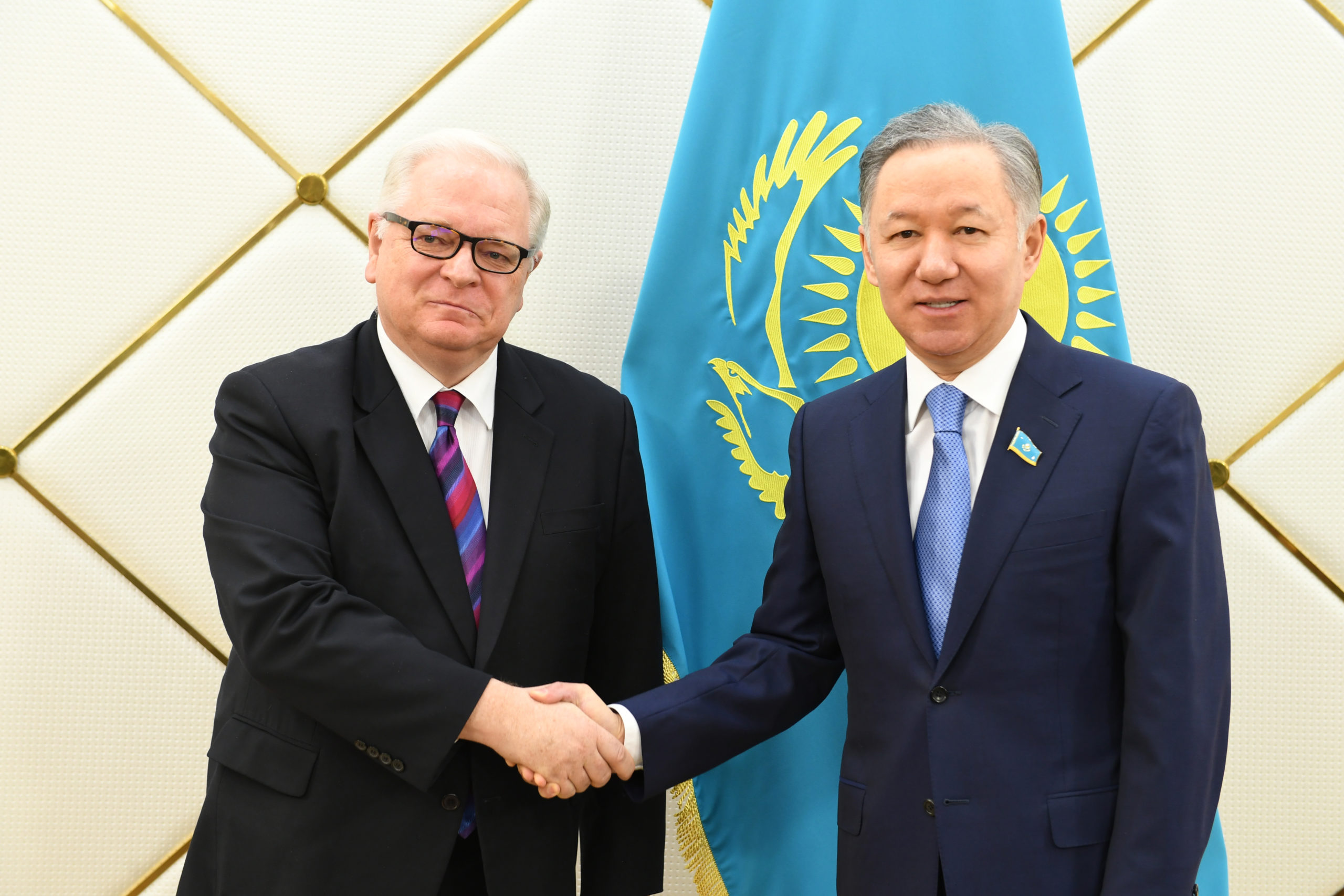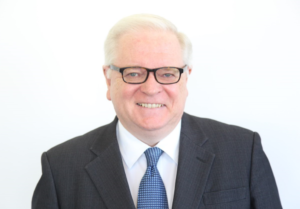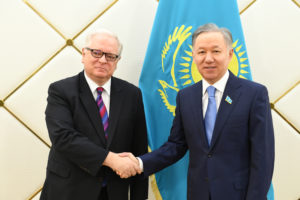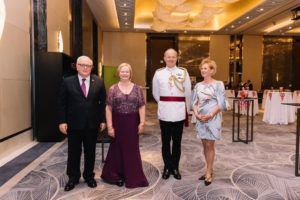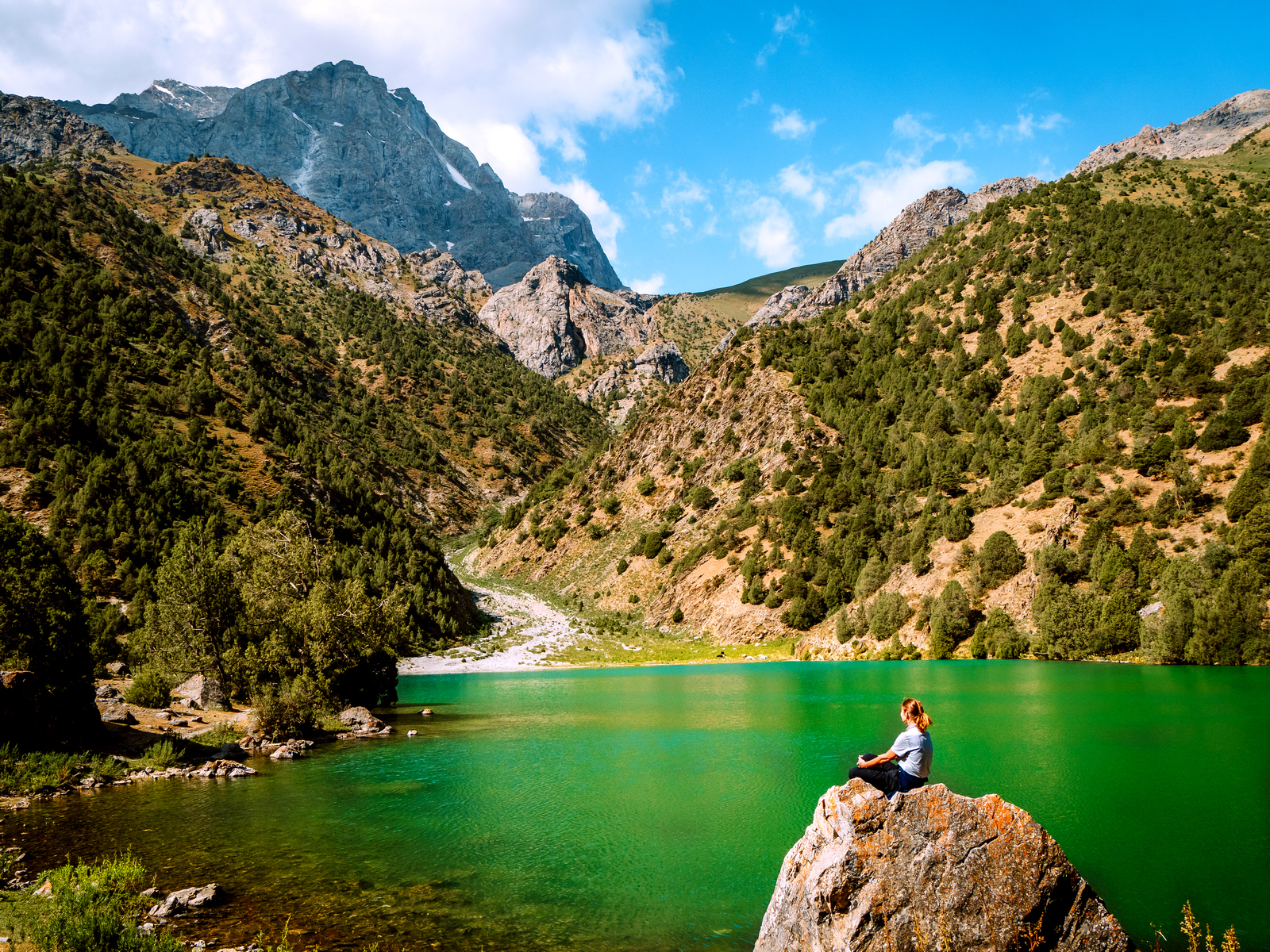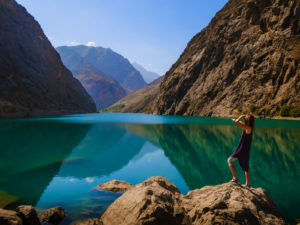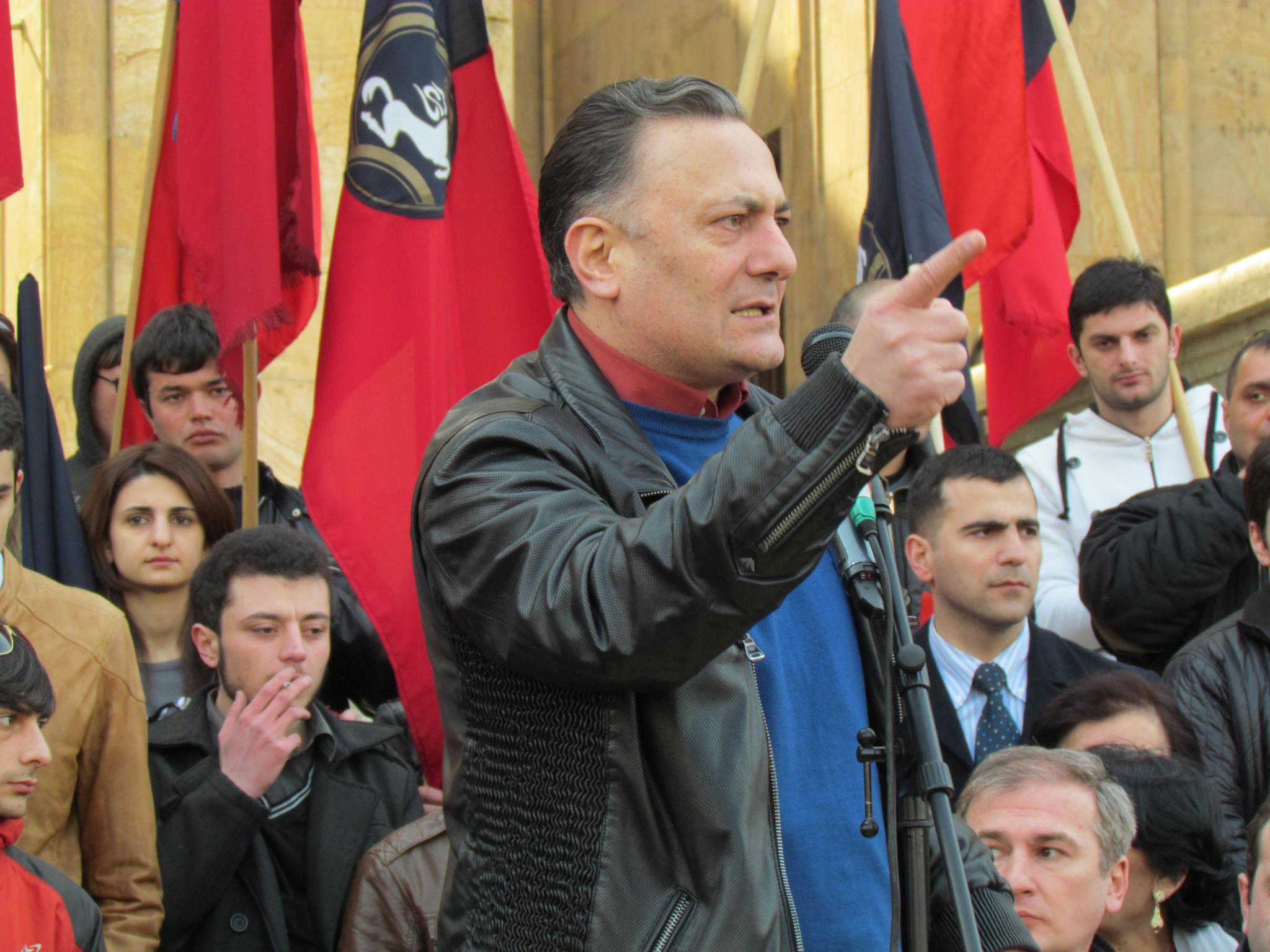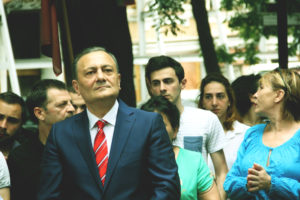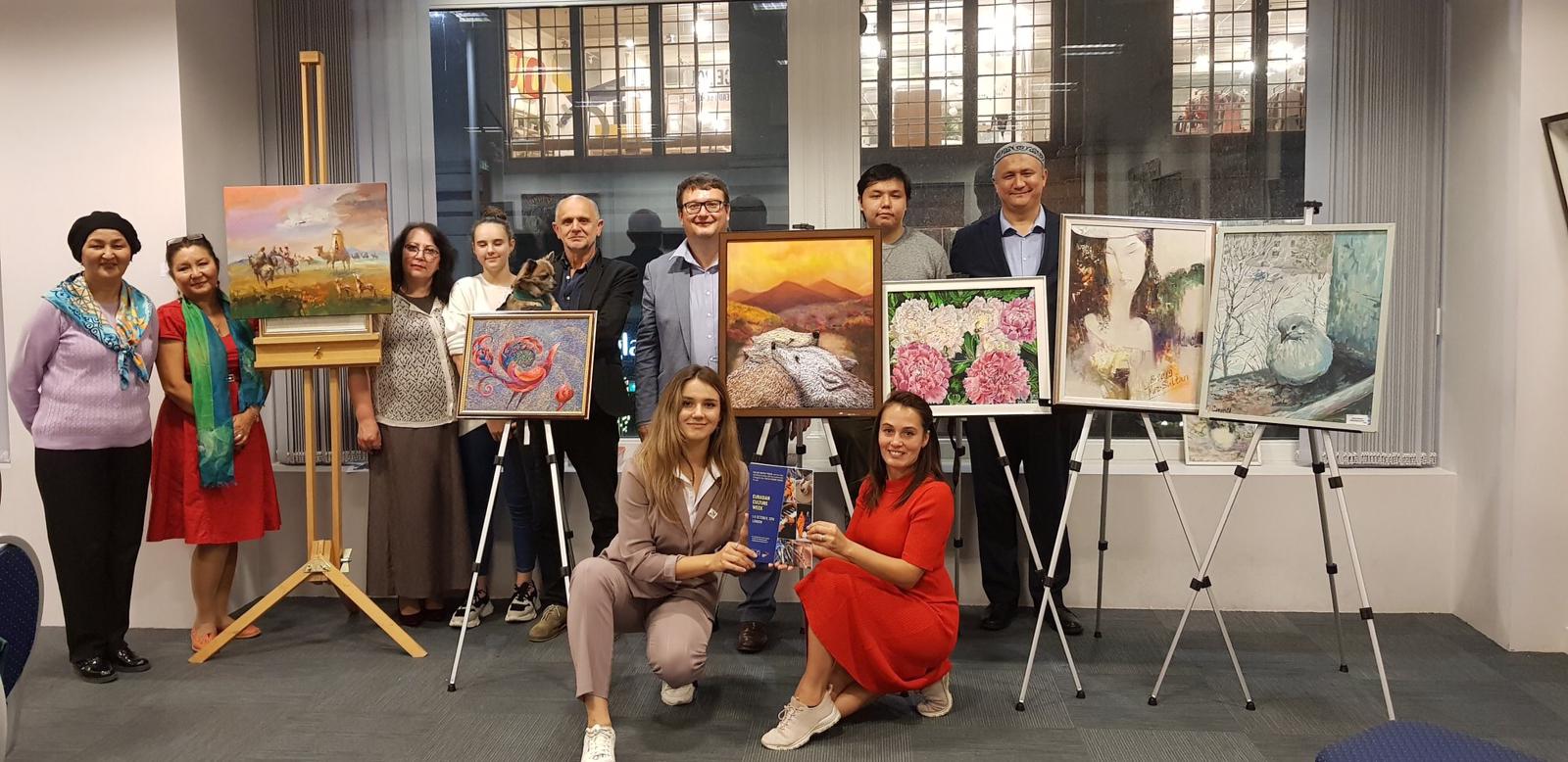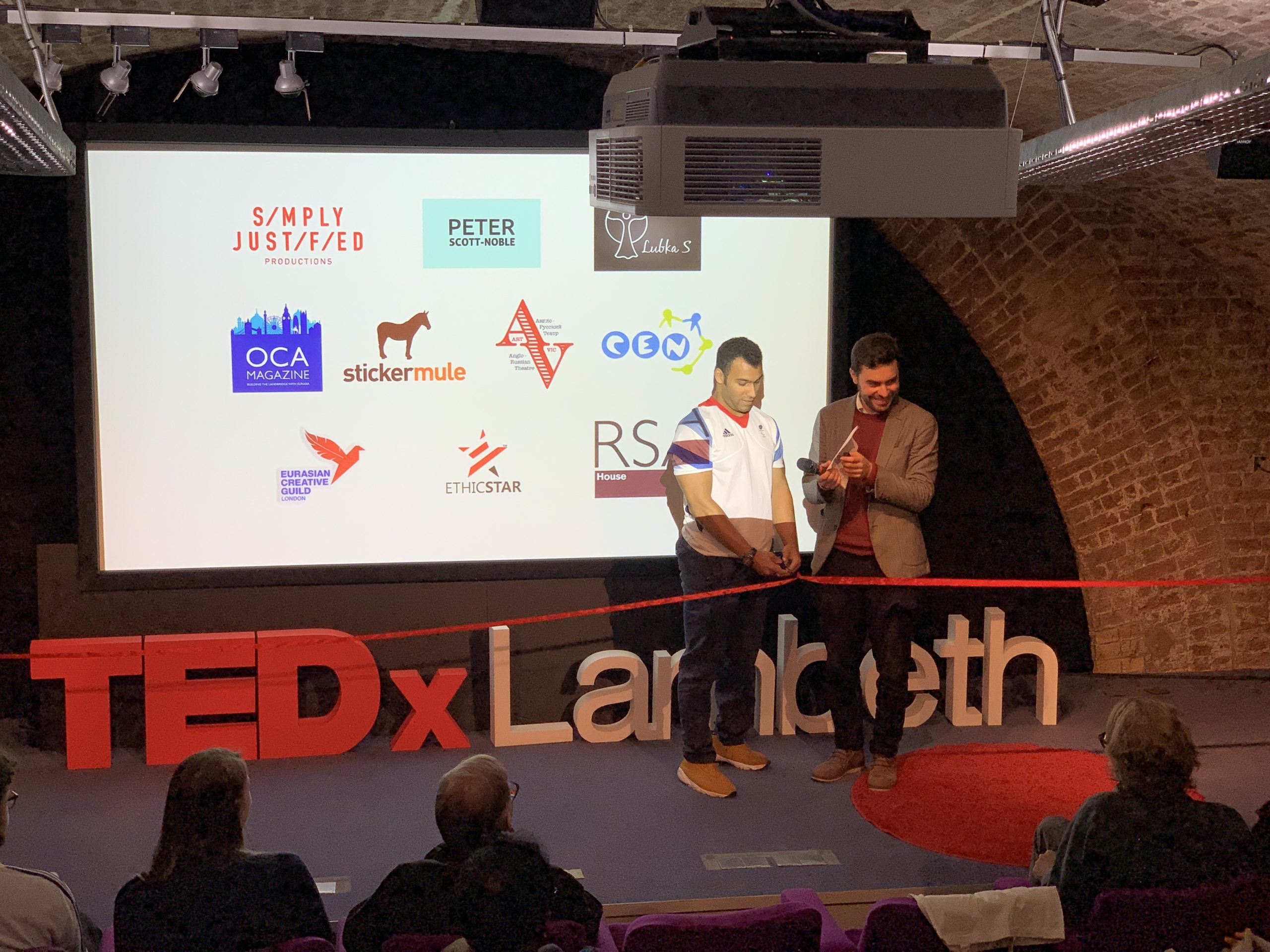After studying Russian at university during the Cold War, John Mark Pommersheim grabbed the chance to go to Moscow as an exchange student when Mikhail Gorbachev was in charge of the Soviet Union. His fascination with cultures, literature and languages in different parts of the world led him to study Russian and Chinese. As a student, he thought it important for nations to better understand each other and find ways to work through their disputes as well as the problems that the world faces which led him to a diplomatic career path. Ultimately, the chance to work on big international problems professionally attracted him to the Eurasian region where he served as the United States Ambassador to Tajikistan. OCA Magazine finds out more.
OCA: You have a wide range of experience in working with Eurasian countries. What were your first impressions of the region and its culture?
JMP: During my studies in Moscow I took the opportunity to travel around the Soviet Union. I met a lot of people and found them open and interested. At the time, traveling from Moscow to Central Asia, the Caucasus and other regions, I was struck by the cultural and other differences. I then had a chance to work in Tashkent in Uzbekistan on a U.S. exhibition for several months in the late 1980s and got a chance to get better acquainted with Central Asia.
OCA: What features did you notice in Tajikistan that differ from other countries in Central Asia?
JMP: I think Tajikistan has a very unique and wonderful culture. Poets such as Rumi and Rudaki are quite famous, and the music here, from traditional to current pop, is melodical and very pleasant to listen to. Tajikistan is an agricultural country with wonderful fruits and vegetables: one dish I particularly like is Qurutob that mixes vegetables with flat bread in a tangy yoghurt sauce.
OCA: What are the main spheres of economic or trade co-operation between the United States and Tajikistan?
JMP: Direct trade between Tajikistan and the United States is relatively limited, but there are significant business linkages, including Comsup Commodities Inc – an American company involved in mining, Coca-Cola, and Mountain Foods, which produces organic potato chips in Tajikistan’s far eastern province. Additionally, the American Chamber of Commerce is scaling up in Tajikistan, and includes representative franchises from several other U.S. companies in the hospitality and consulting sectors. We continue to consult with American businesses about opportunities in Tajikistan. As the Central Asian states strengthen their interconnectedness, we expect to see the market become more and more attractive to international investors, which could lead to economic growth in Tajikistan and throughout the region. We work closely with the Tajik government on steps to improve the investment climate. U.S. and international corporations want assurances of a level playing field where their investments are protected by the rule of law.
OCA: What priorities do you think Tajikistan should develop further with the United States?
JMP: I believe Tajikistan takes the right approach by keeping an open door to co-operation with many countries from around the world to include the United States. Tajikistan is a country of remarkable natural beauty, and I think more Americans would like to visit as conditions for tourism continue to progress. The U.S. Embassy supports Tajikistan’s efforts to develop the tourism industry through programs that, for example, teach English to tour guides, provide training on guesthouse management and marketing, and support the installation of signage around tourist sites to direct travelers. Another key area of bilateral cooperation is in the energy sector. Our government supports increasing Tajik energy exports though the CASA-1000 transmission project as well as the Central Asia Regional Electricity Market to expand trade and ultimately lower electricity prices. Additionally, the U.S. company GE is working on both national and regional energy projects, and we hope to see more openings for U.S. companies moving forward.
OCA: Are there any programs from the U.S embassy for supporting Tajikistan’s political or economic stability, or cultural and education?
JMP: The U.S. government has provided $1.9 billion in assistance to Tajikistan since 1992, including over $200 million in security sector assistance and over $5 million in assistance to combat COVID-19. The U.S. Agency for International Development (USAID) implements multi-year programs that support the economic sector ($56 million program), health ($30 million), democracy and governance ($14.4 million), and education ($20 million). We support economic development and food security through numerous projects to assist and train Tajik farmers and also support regional connectivity and stability through water management projects at the local and regional level. We also support education through free English language courses for hundreds of students and adults annually, 25 different exchange programs, and eight American Spaces across Tajikistan that offer free courses on English, humanities subjects, business, journalism, and technology to thousands of Tajik citizens. We support Tajikistan’s unique cultural heritage through the Ambassador’s Fund for Cultural Preservation, which has funded 17 projects in Tajikistan.
OCA: What did the visit of Michael Pompeo to Central Asian countries signify? What was the purpose of the visit, and can we expect a visit to Tajikistan in the future?
JMP: Secretary Pompeo visited Central Asia in February to reaffirm our shared commitment to peace, prosperity, and security in the region. We are encouraged to see the five Central Asian countries come together on their own to address shared challenges, and pleased that they see the C5+1 as a useful forum for common action. The U.S. goal is a stable and prosperous Central Asia that is free to pursue political, economic, and security interests on its own terms, with partners of its choosing; a Central Asia that is connected to global markets and open to international investment; a Central Asia with strong, democratic institutions, rule of law, and respect for human rights. Tajikistan hosted Secretary of State visits in 2011 and 2015, and I am sure we will have another visit at some point. We continue to have a robust dialogue at the senior level. Secretary Pompeo on June 30, hosted a virtual C5+1 dialogue, showing that the work of diplomacy continues despite COVID-19.
OCA: The culture in Tajikistan differs from the U.S. What have you learned that might be of interest for our readers who may be from Western countries?
JMP: I had heard before arriving that Tajikistan’s love for its poets knows no bounds. I have found that to be true. My sons have even gotten the bug: they like it when I send them quotes from the greats such as Abuabdulloh Rudaki. One of Rudaki’s famous verses goes, “Ҳеҷ шодӣ нест андар ин ҷаҳон, Бартар аз дидори рӯи дӯстон. Ҳеҷ талхӣ нест бар дил талхтар, Аз фироқи дӯстони пурҳунар,” which translates as “There is no joy in this world better than seeing friends. There is nothing sadder to the heart than being apart from great friends,” a quote applicable perhaps to those of us such as diplomats who spend long stretches on travel for work. In Tajikistan, you see and hear poetry everywhere: even when you open your wallet, there are the poets on the country’s banknotes. I also respect the attention that Tajiks give to family and the deference to elders: this is something that some in the United States might not be well aware of.
OCA: How do you usually spend your free time in Dushanbe?
JMP: Tajikistan has a well-deserved reputation as one of the most beautiful countries in the world. My wife Natalya and I enjoy hiking in the country’s amazing mountains. I also enjoy studying some Tajiki: Tajiki is a beautiful language that has Arabic, Russian, and Turkish influences on its Persian base.
OCA: Based on recent events in the world due to the pandemic, how has your work changed? And what new obstacles have you faced?
JMP: Our work has changed significantly since the global outbreak of COVID-19. Diplomacy is about building relationships, and during this age of social distancing we often need to find alternatives to face-to-face engagements to build and maintain partnerships. We have had to become more creative in the use of technology—for example, video conferencing and social media platforms—but the core work of our diplomatic mission continues. We continue to assist American citizens abroad, maintain our strong bilateral relationship, and conduct educational and cultural exchanges through virtual platforms. In recent months we have focused as well on providing assistance to combat the effects of COVID-19. The U.S. government has provided more than $5 million in assistance to Tajikistan since March to provide needed medical equipment, facilitate testing, train medical staff, provide personal protective equipment, and support vulnerable groups such as migrant workers. The COVID-19 pandemic is a global phenomenon that no country can address on its own. The United States works in close partnership with Tajikistan, and throughout the region, to help people who are suffering from the effects of the coronavirus. Together, we will overcome this crisis.

